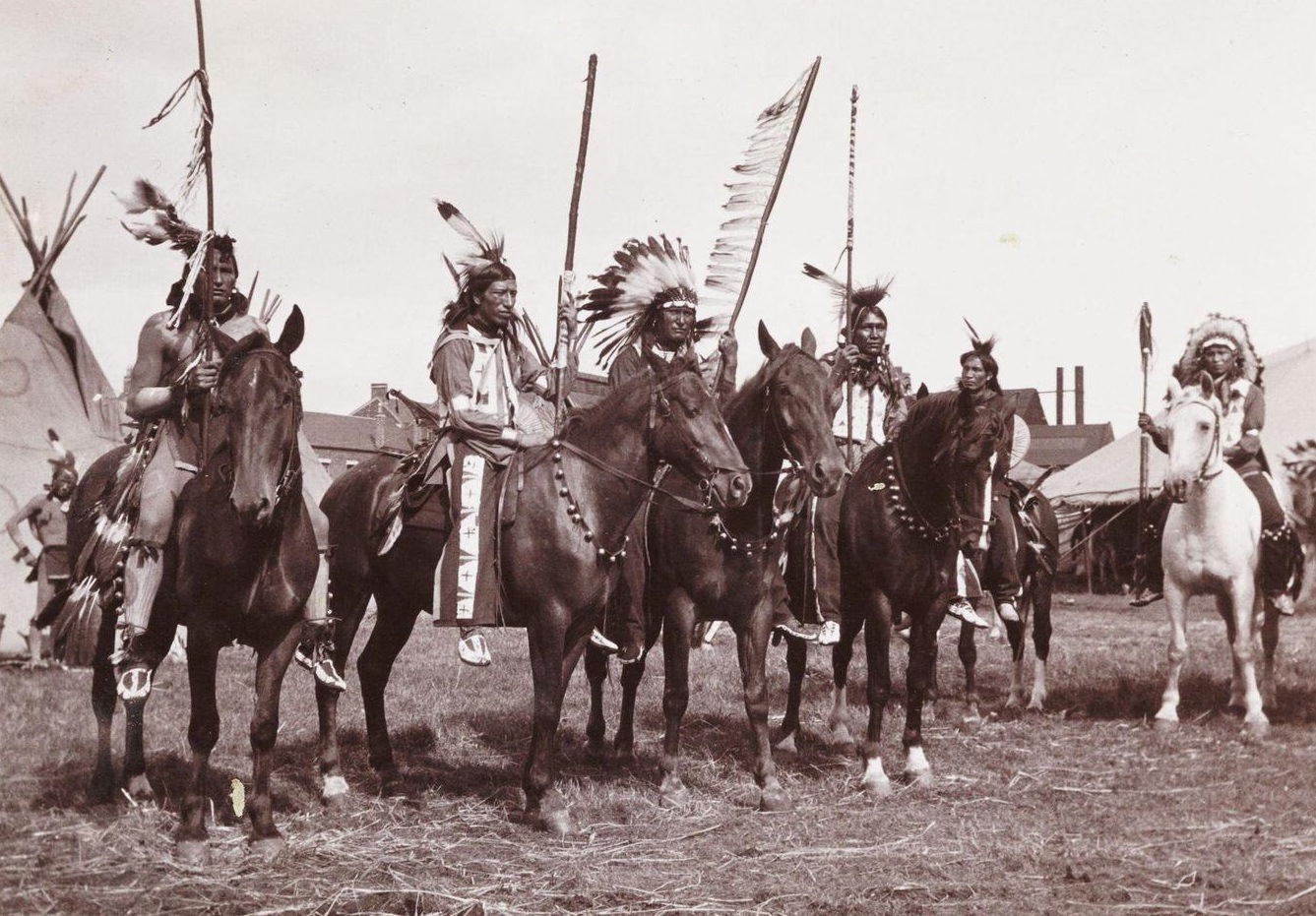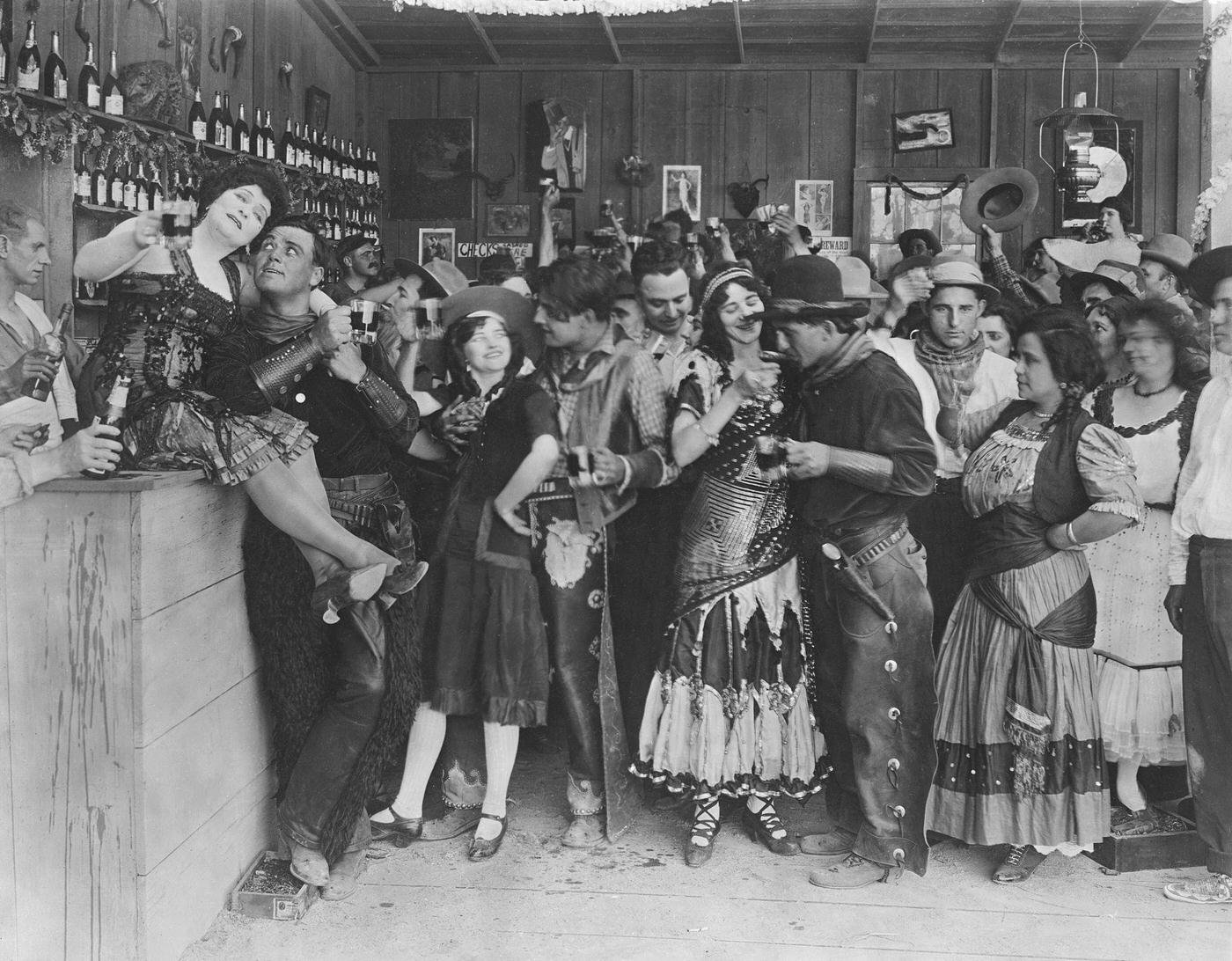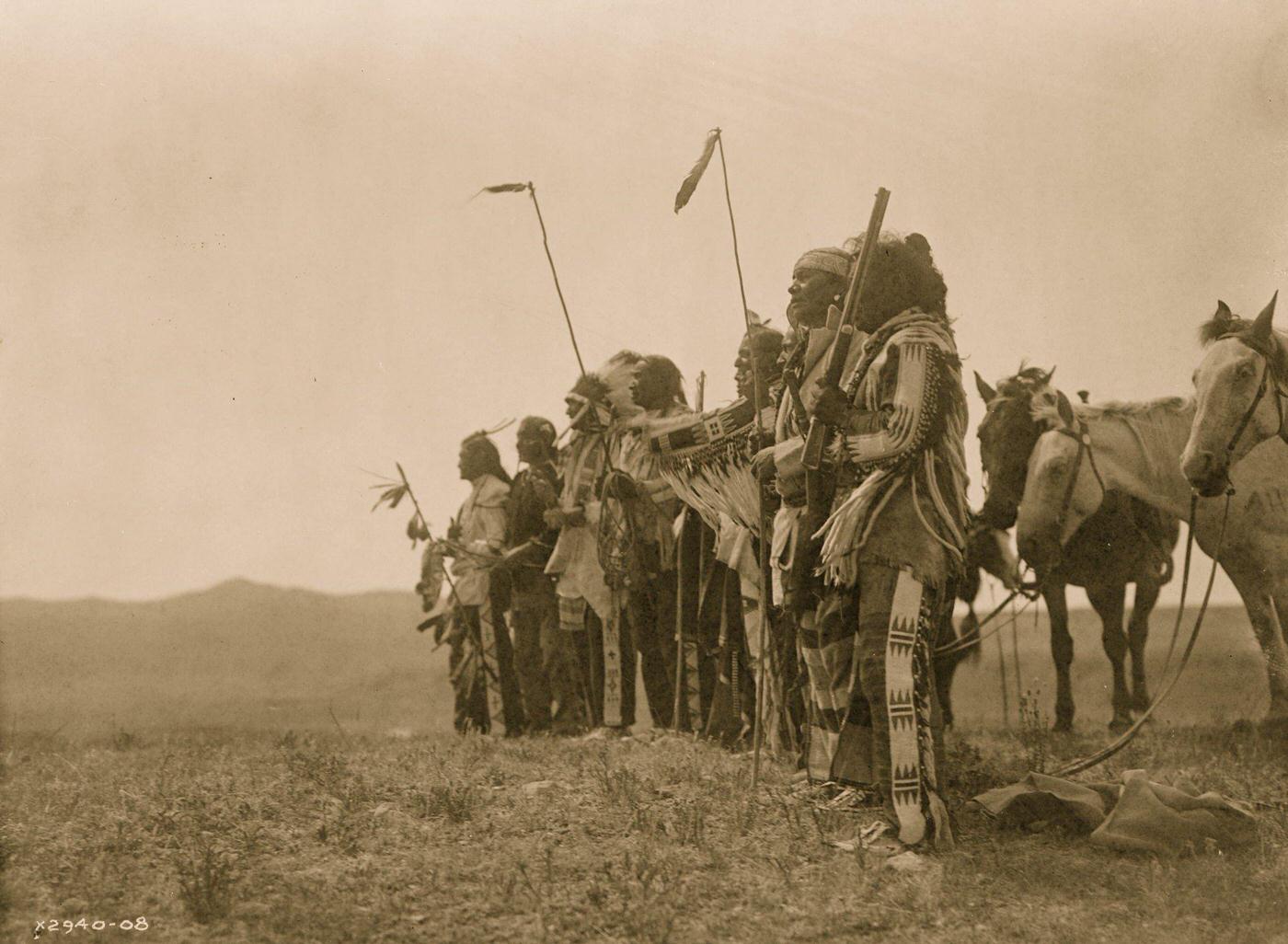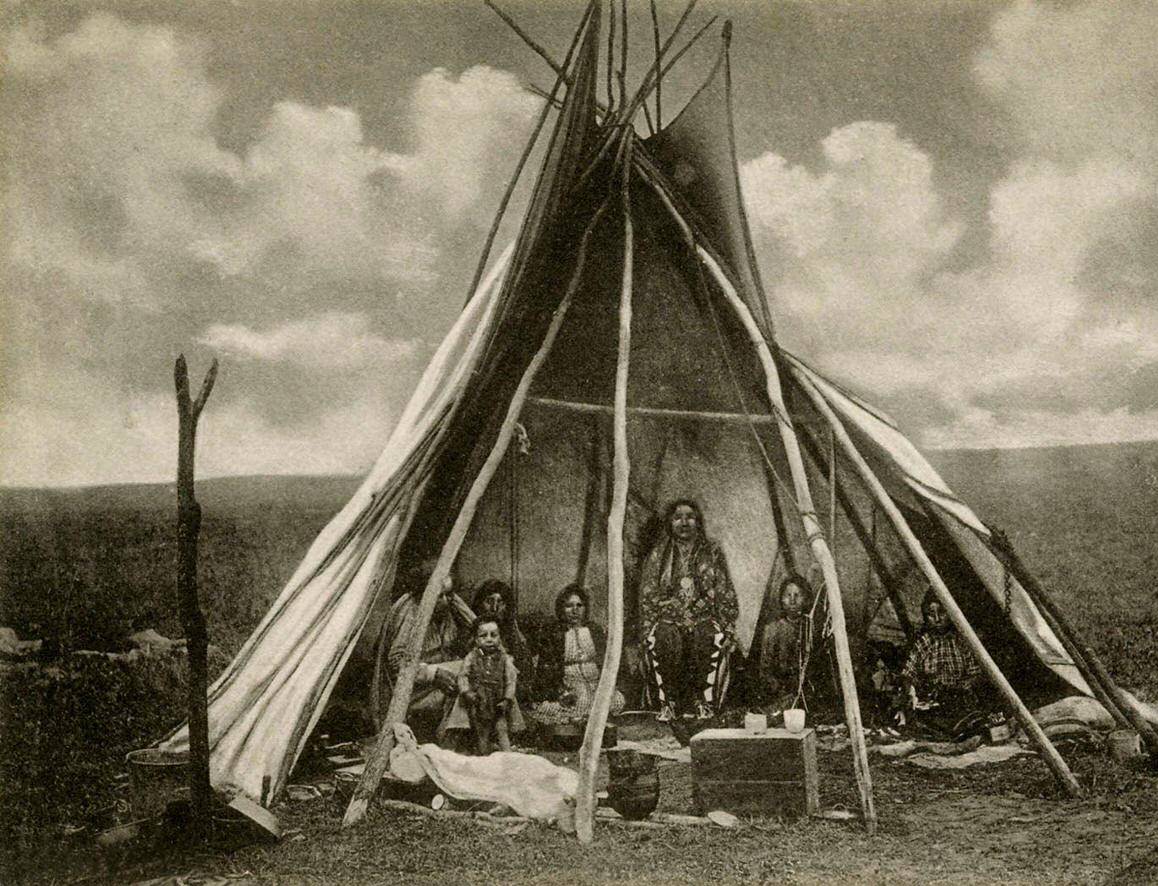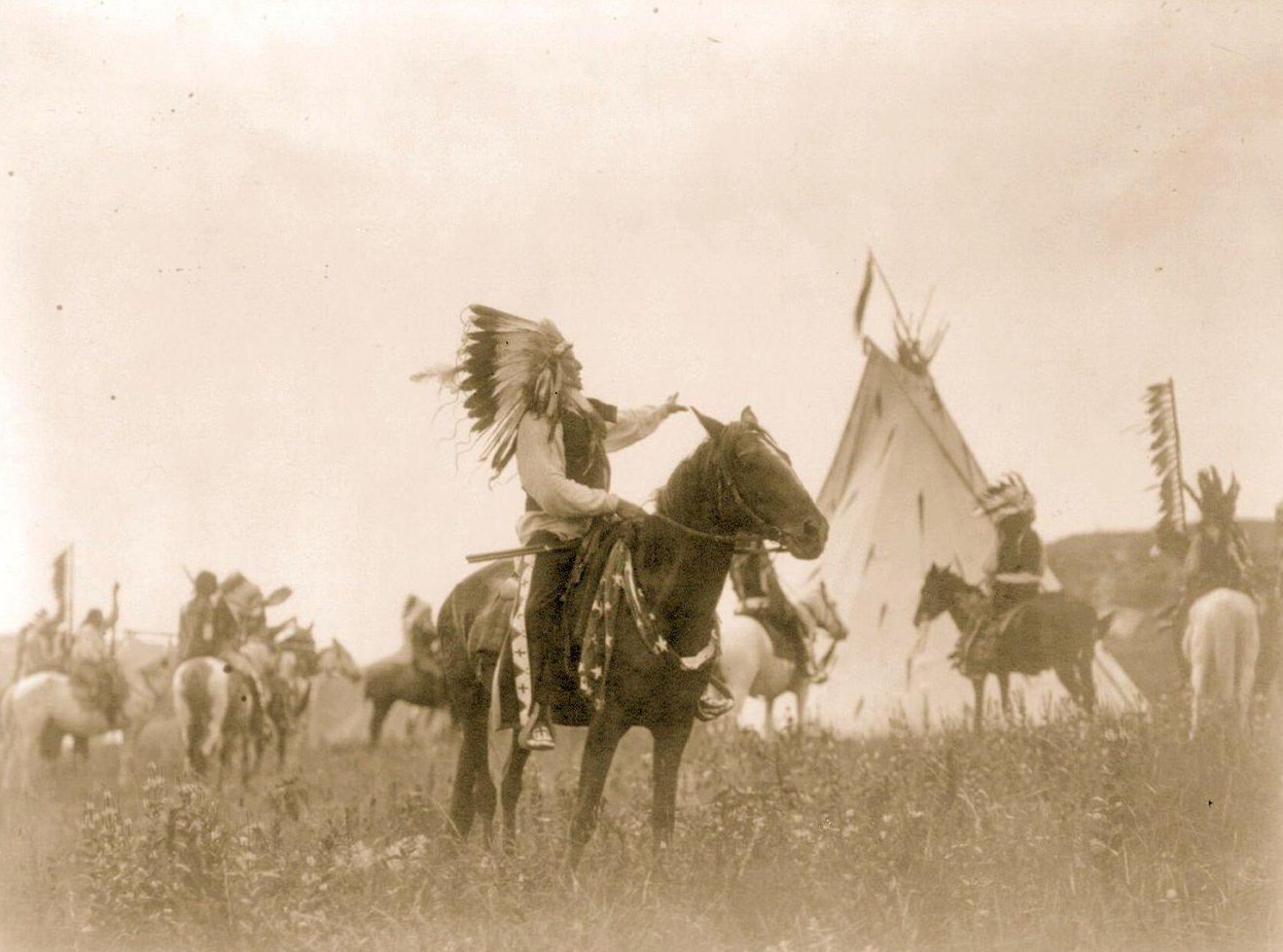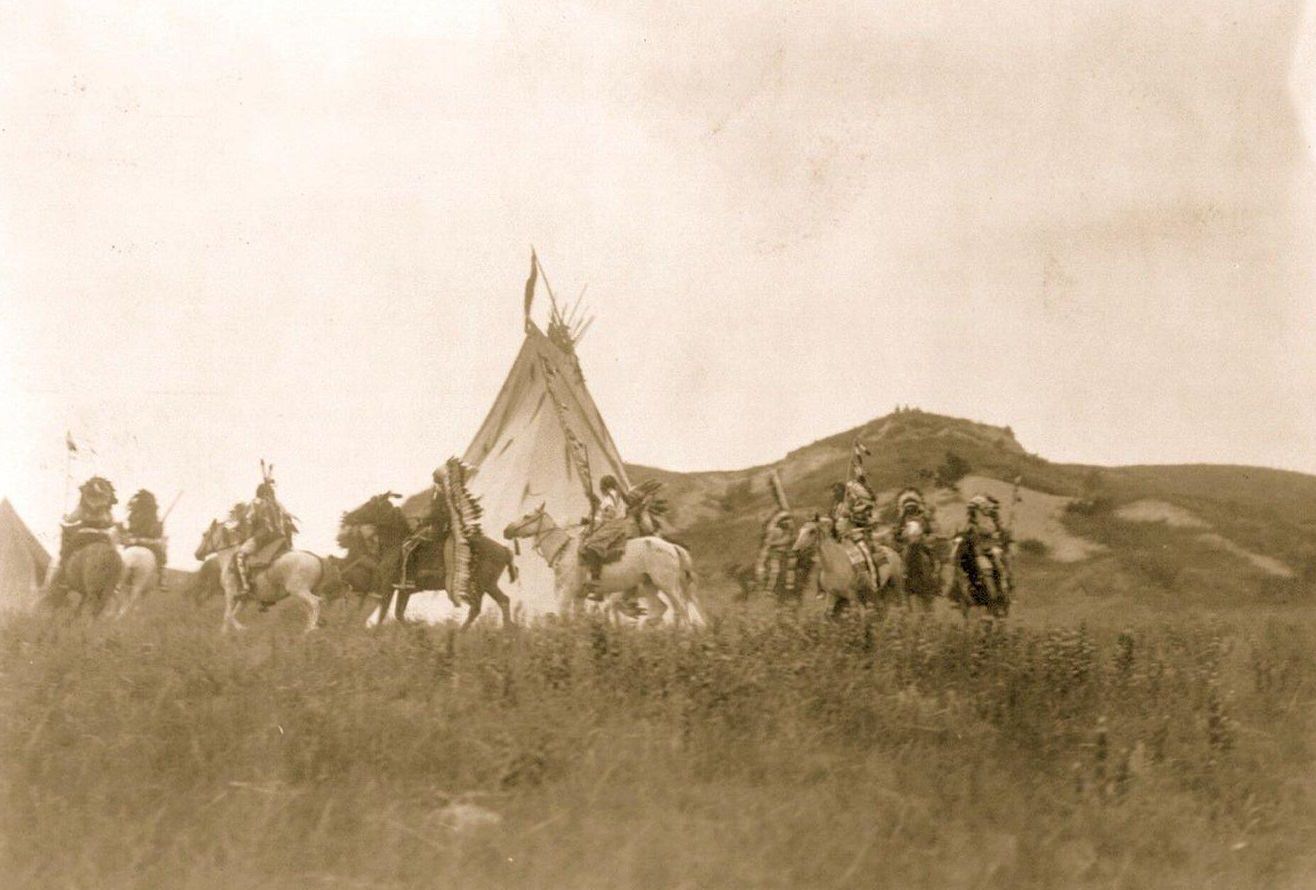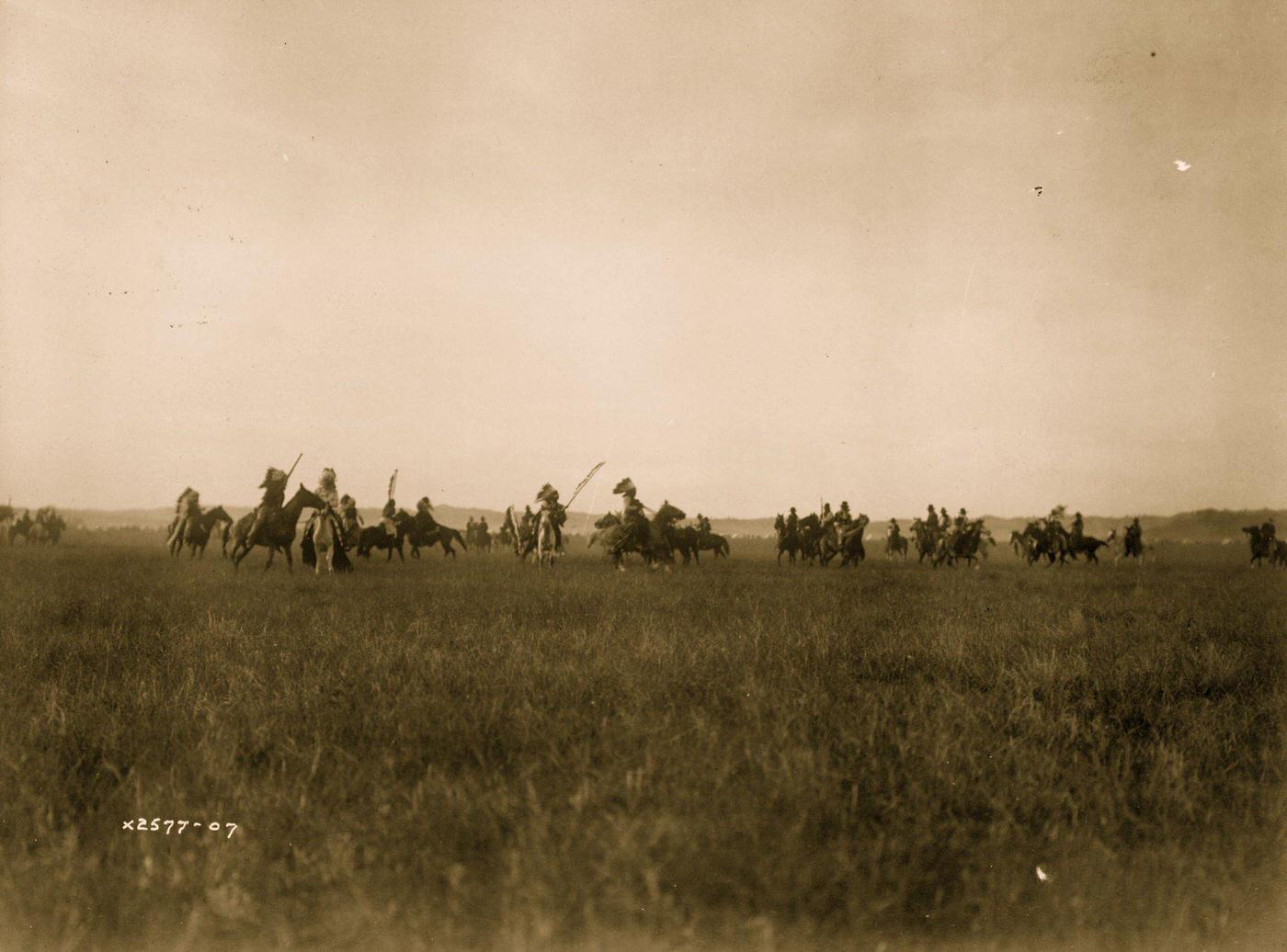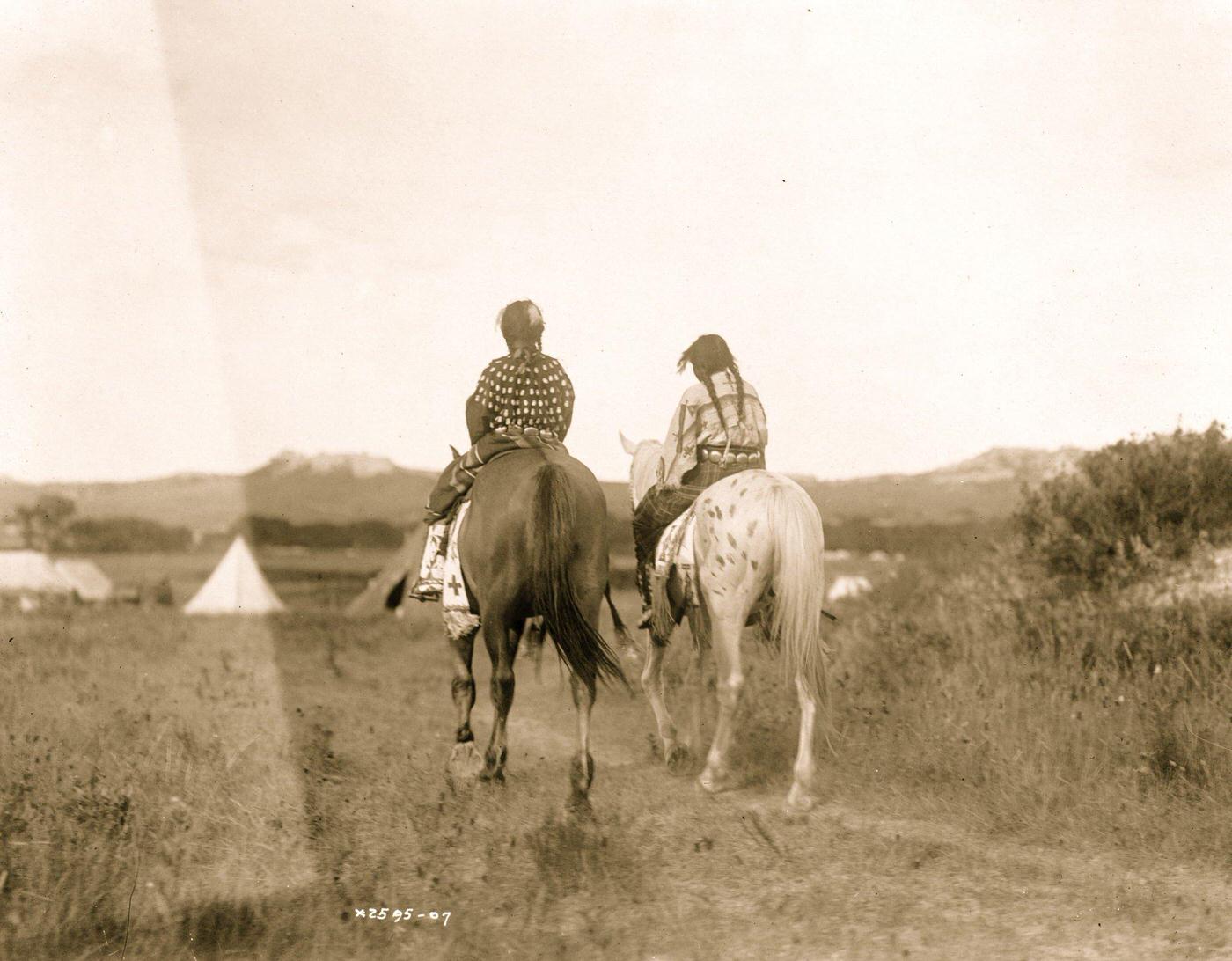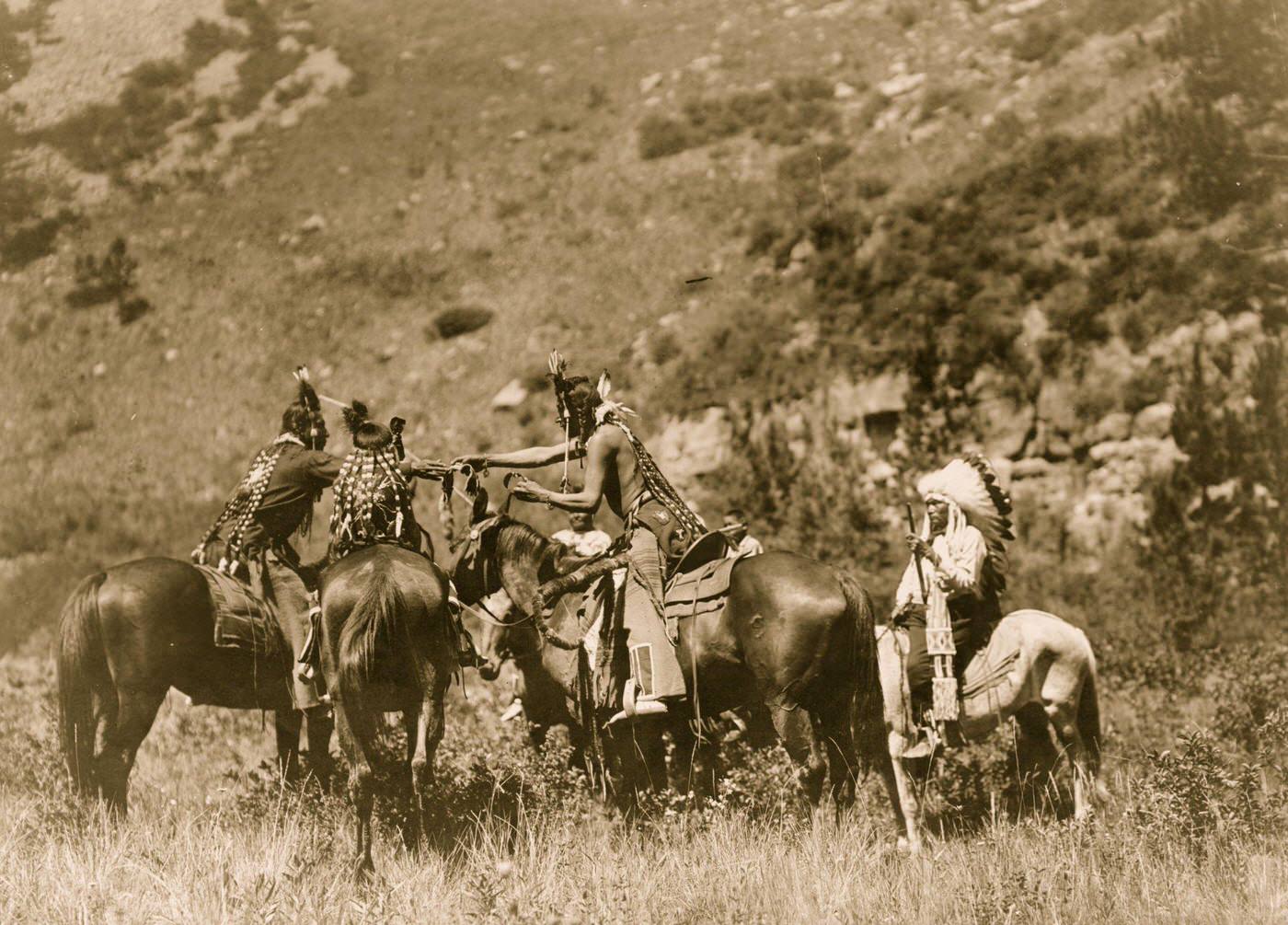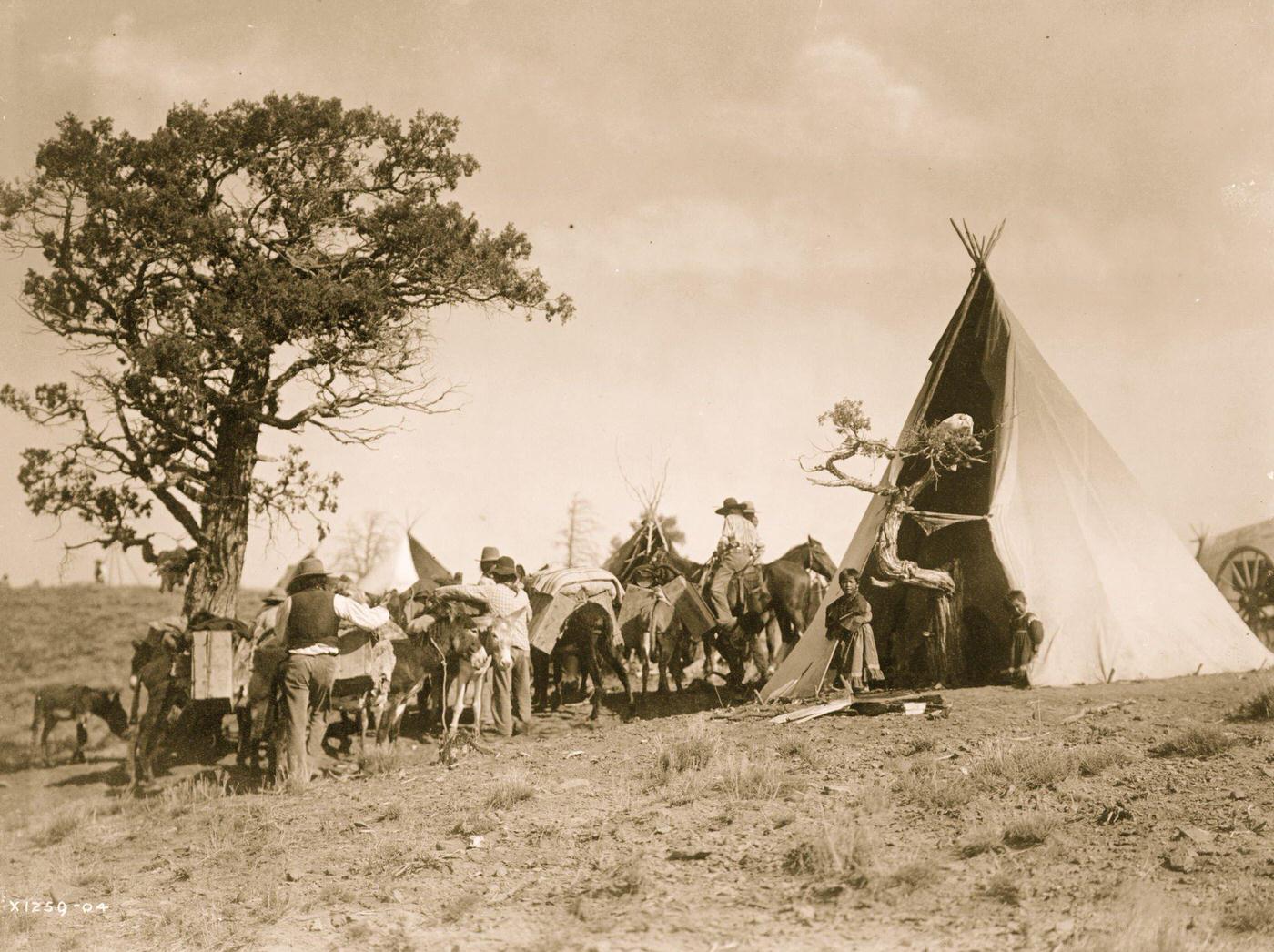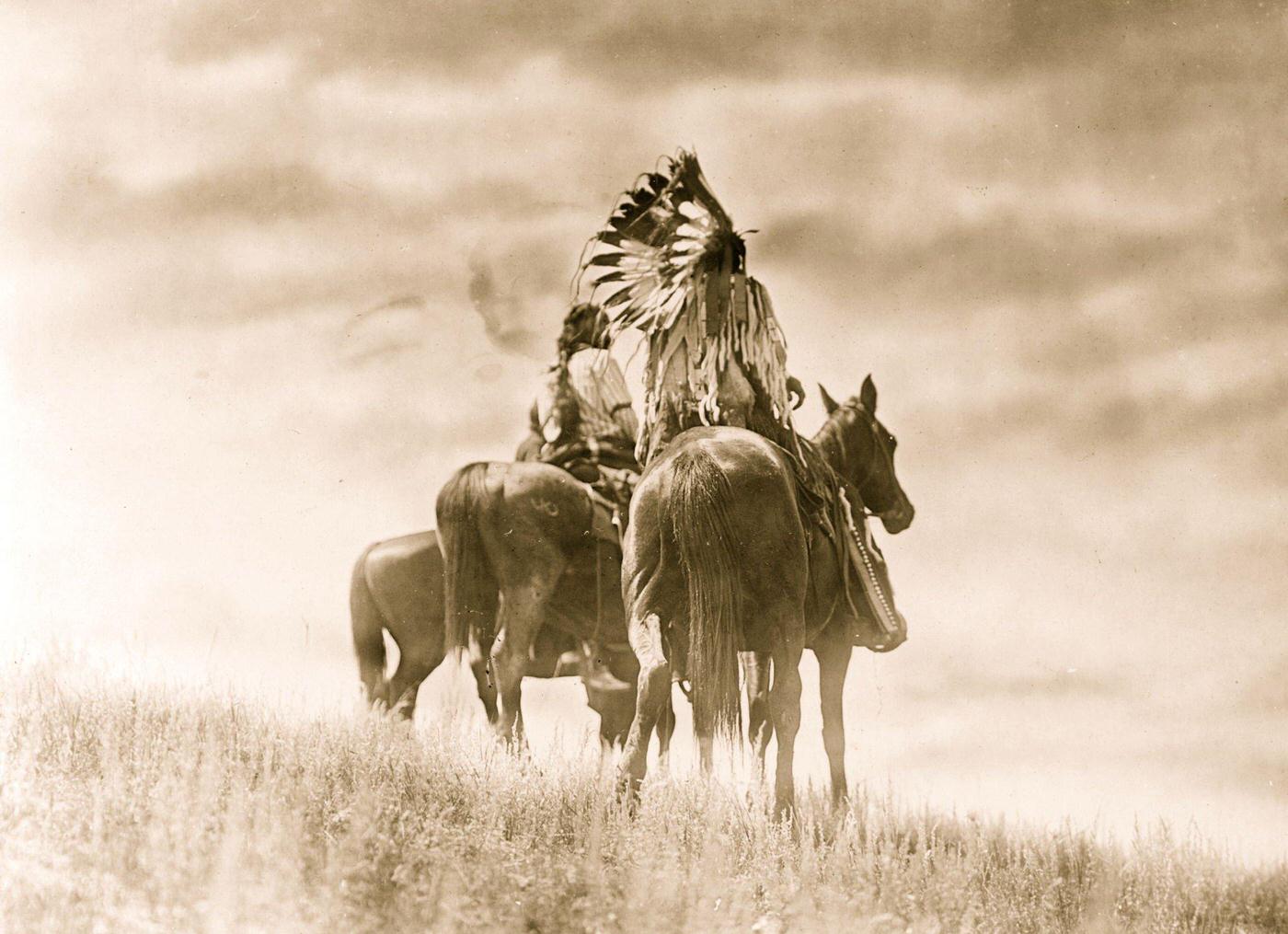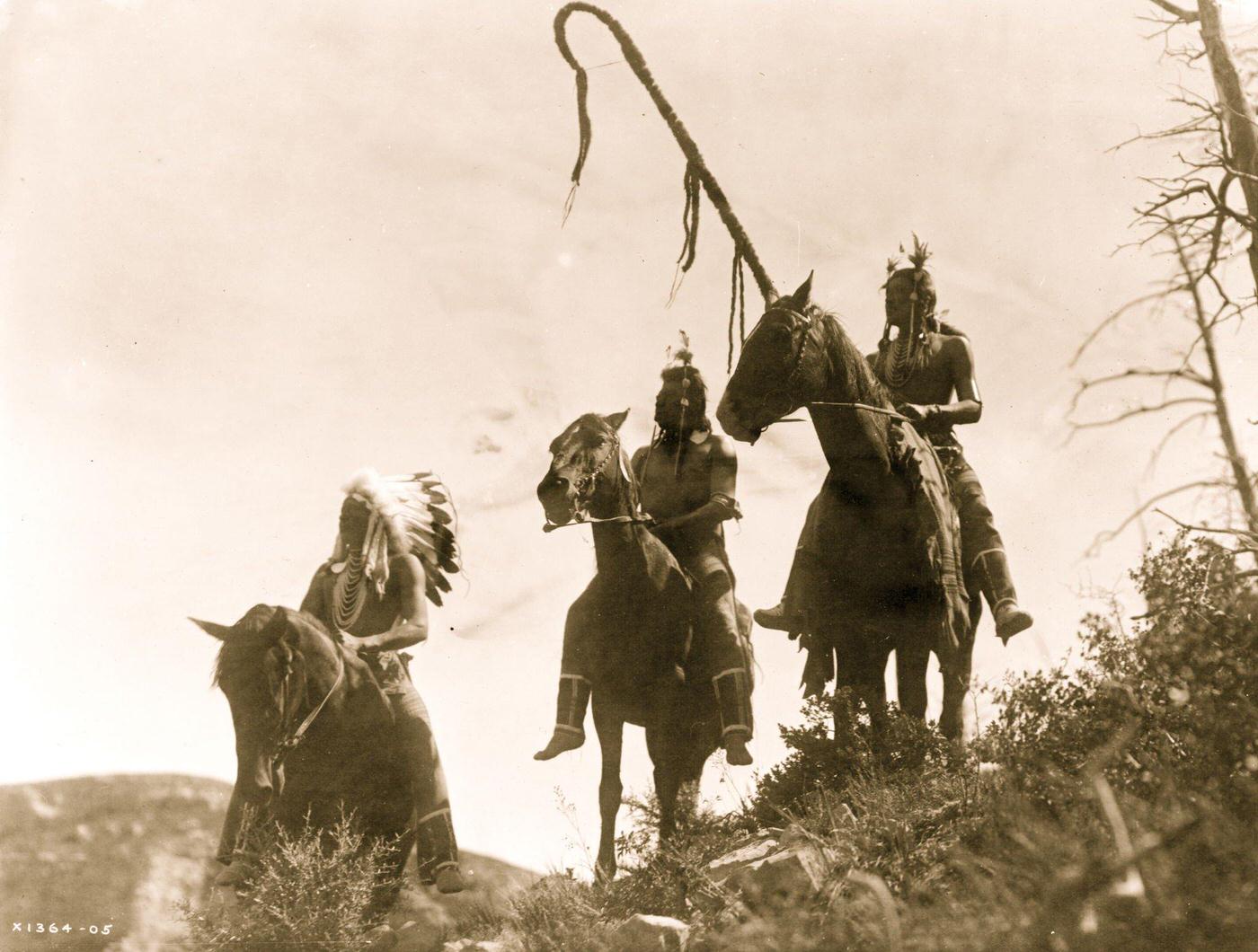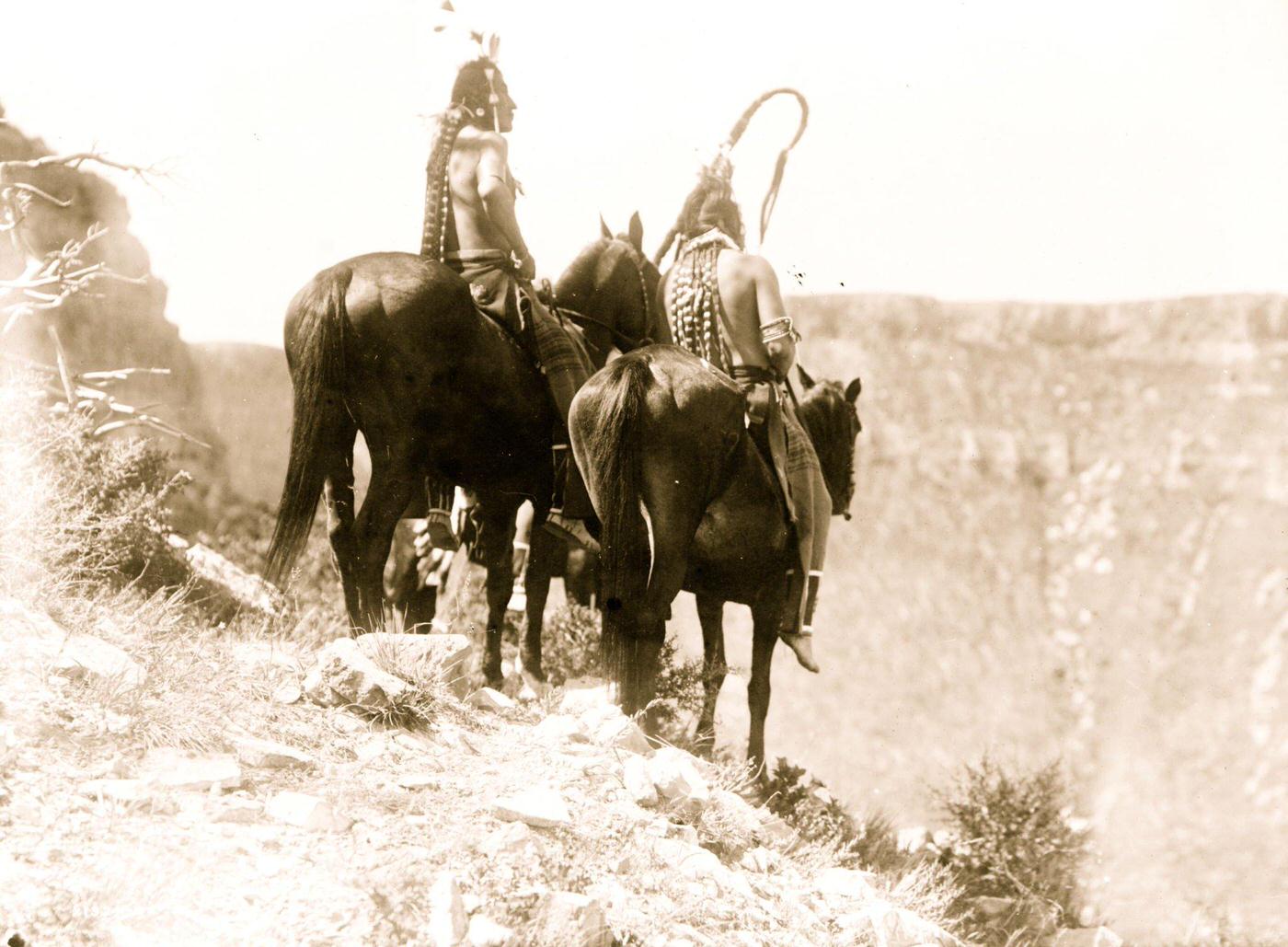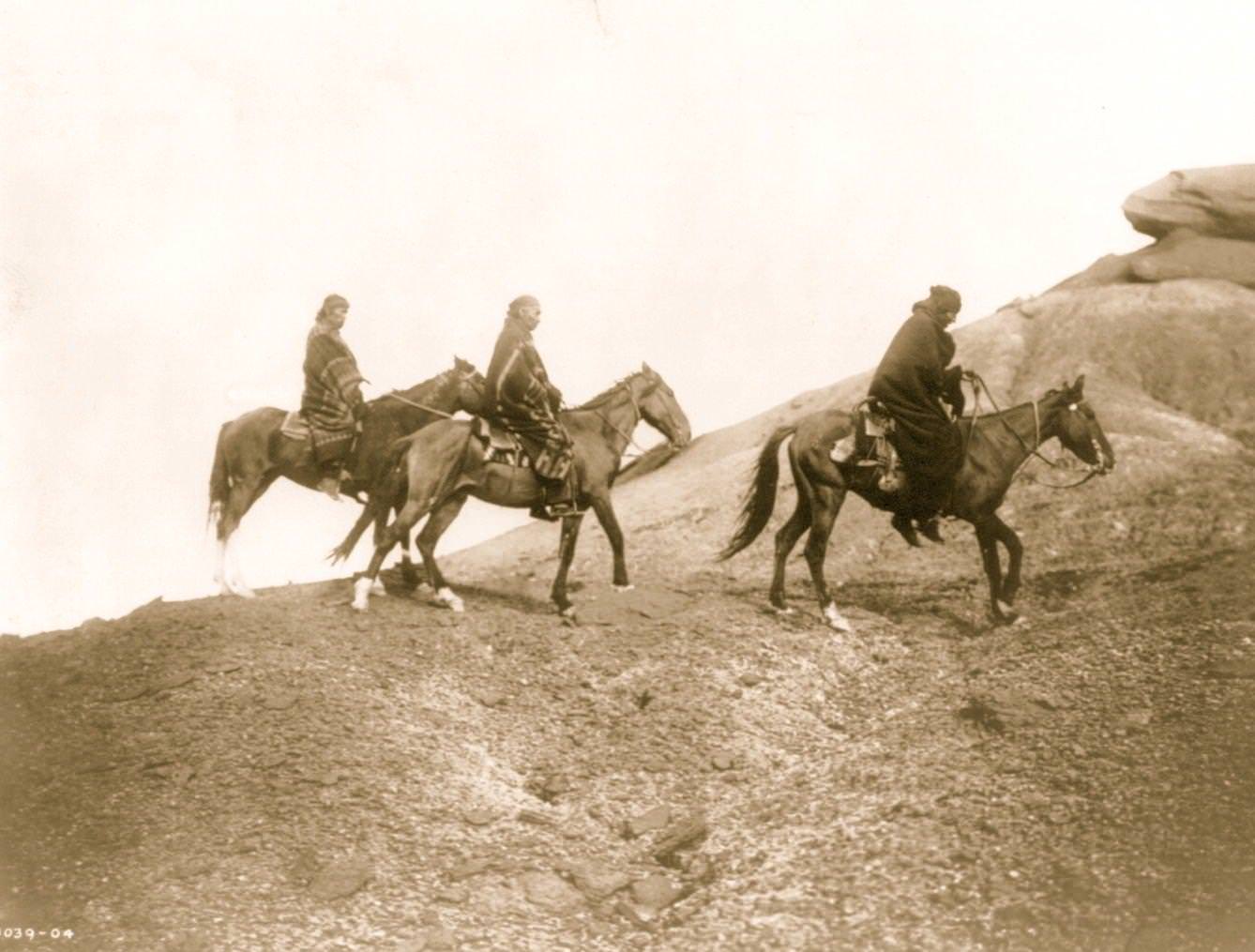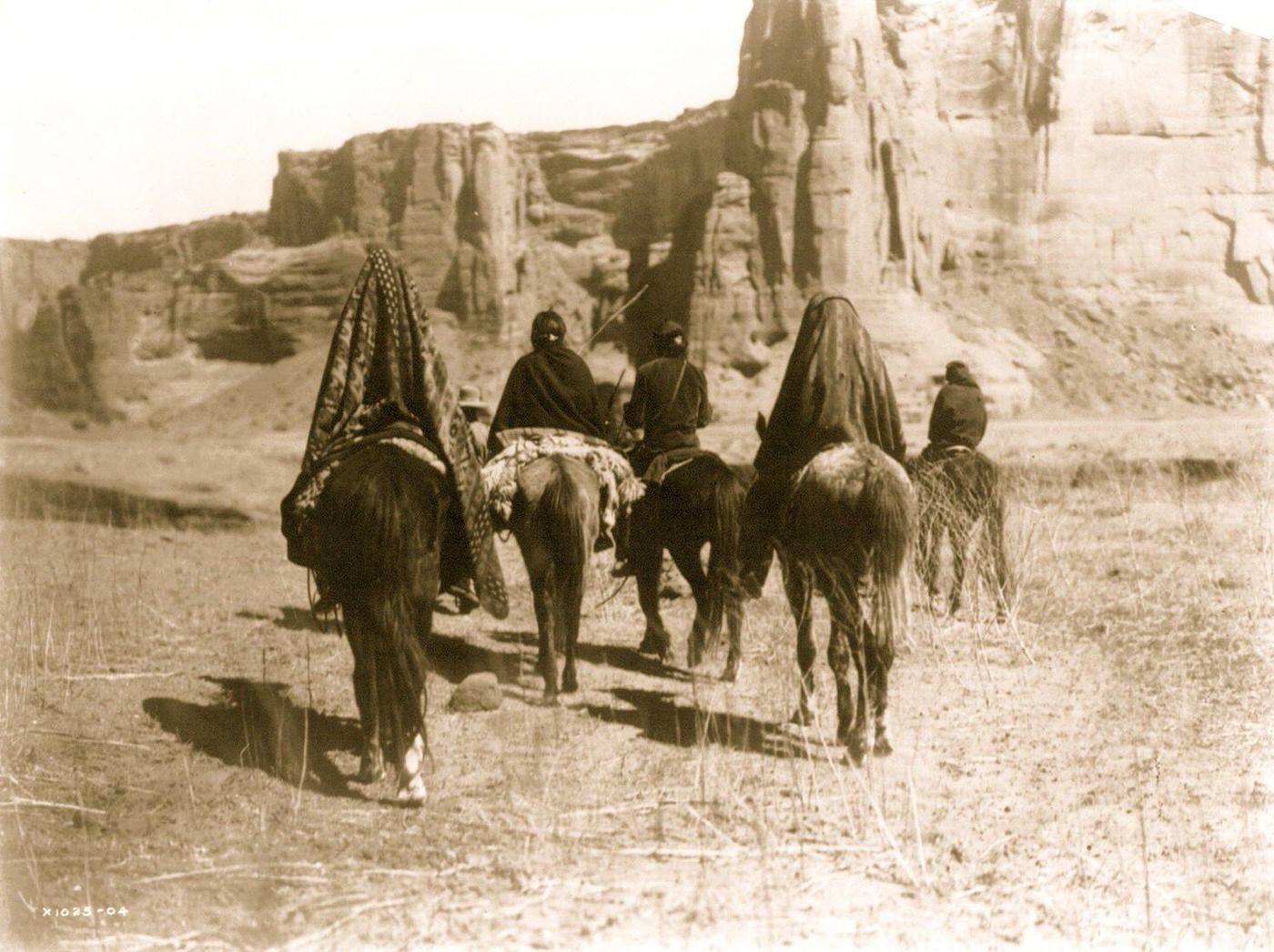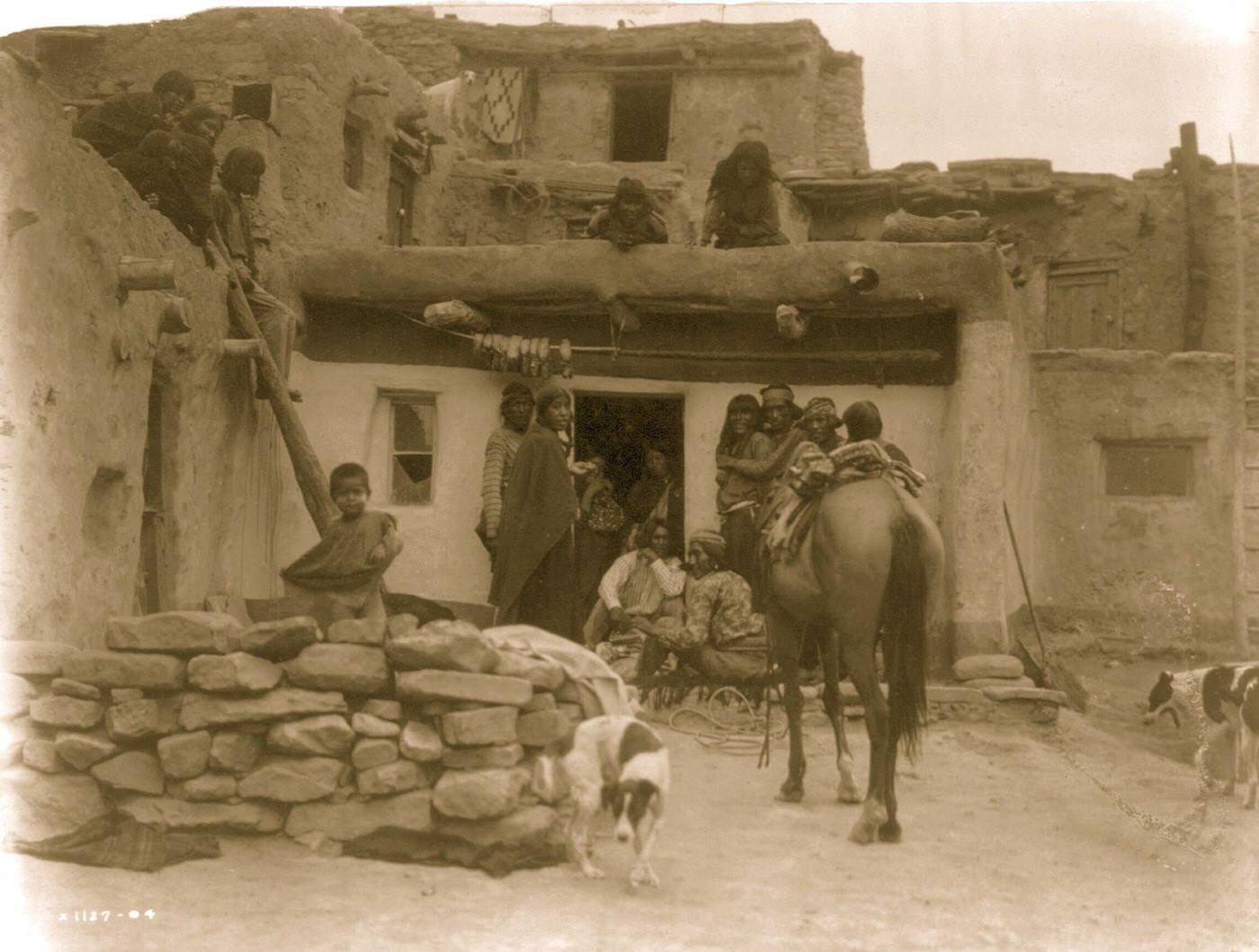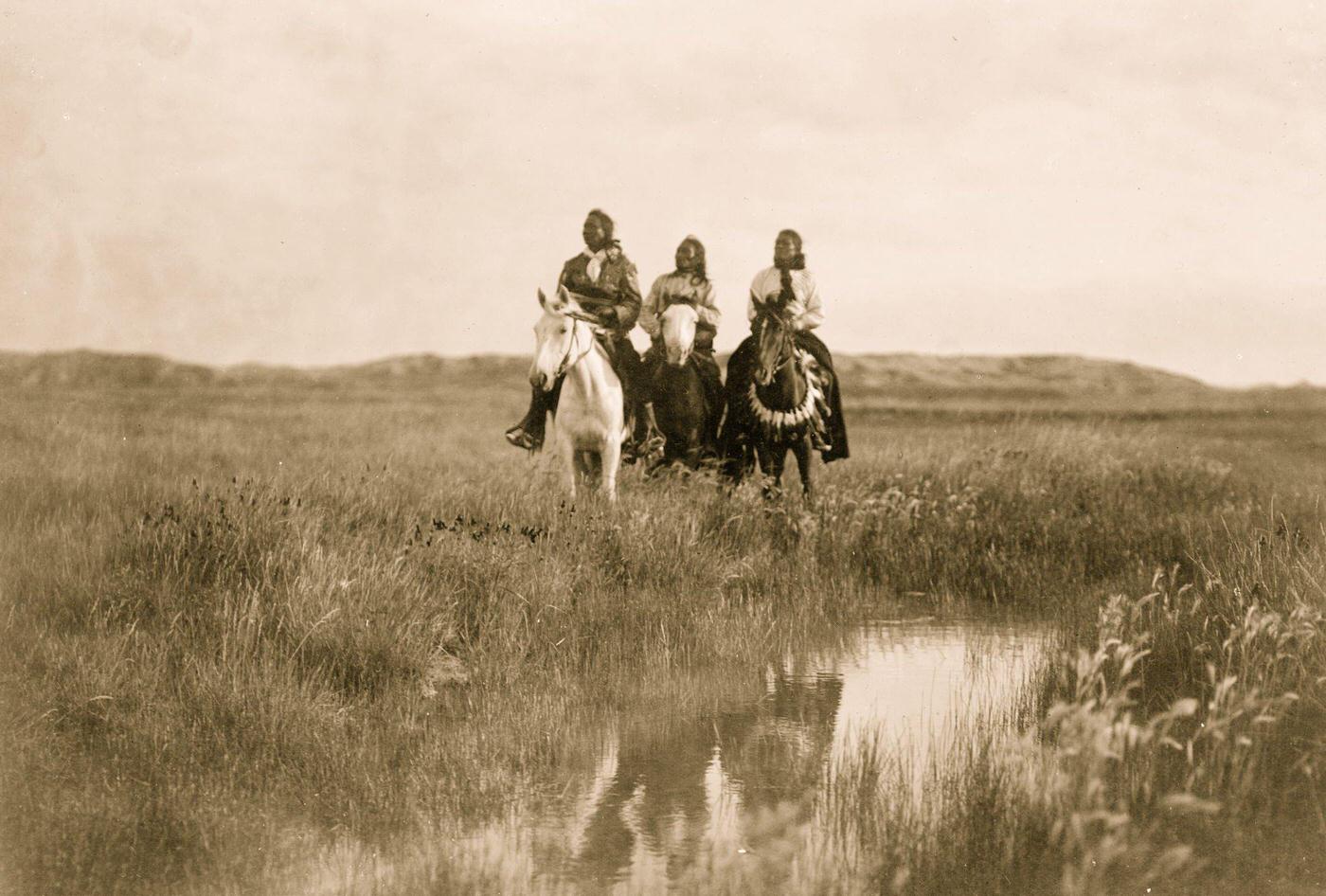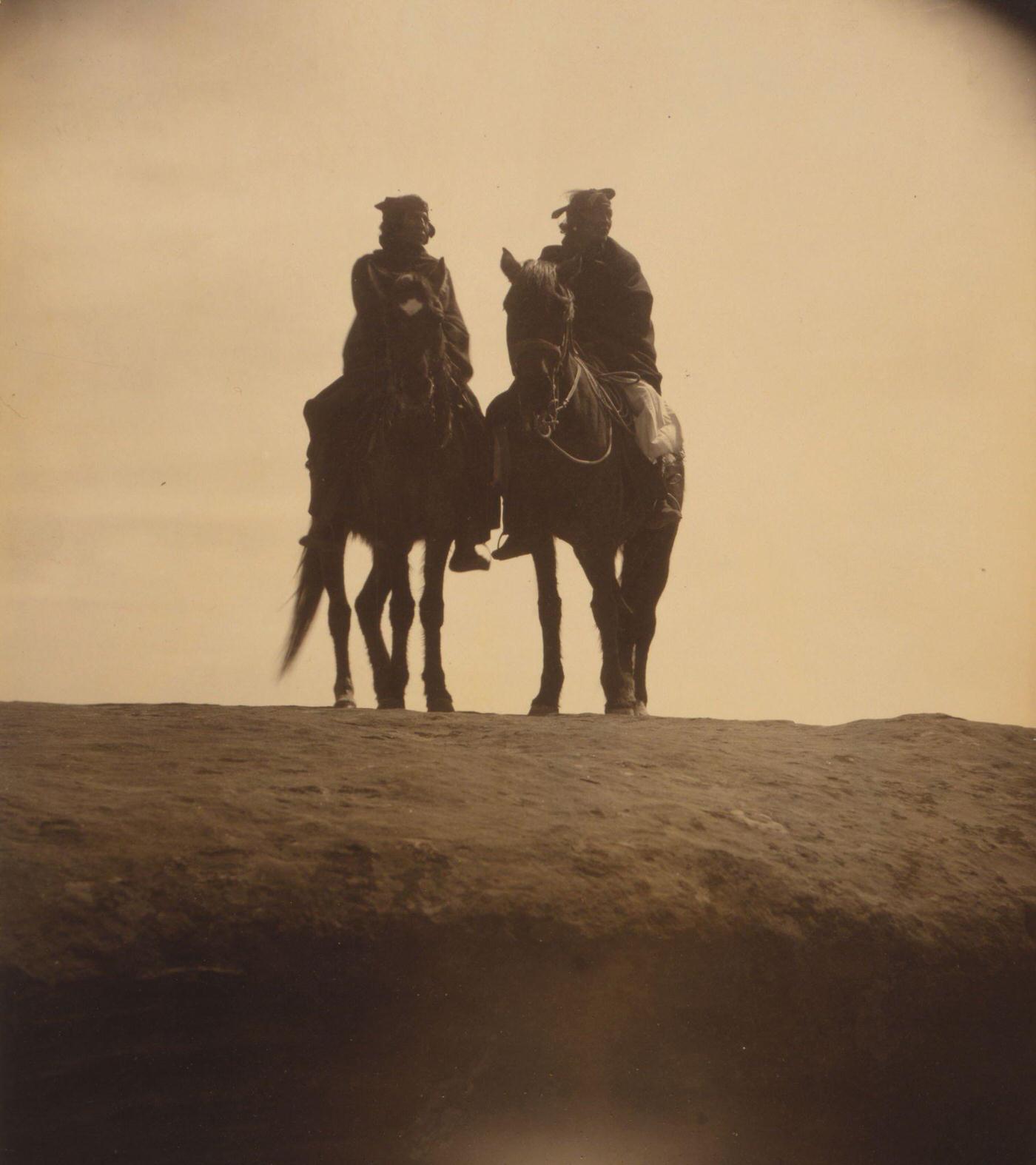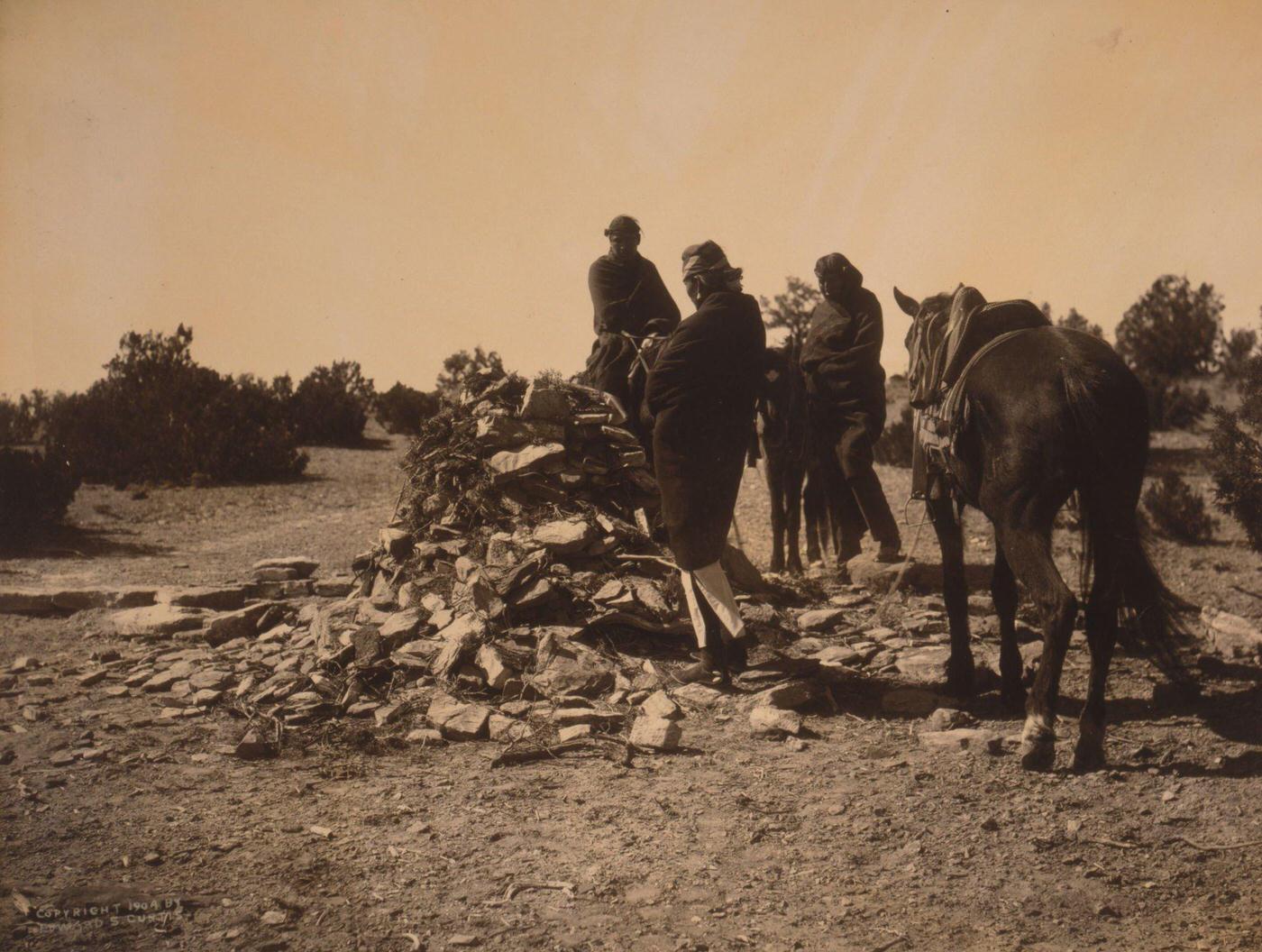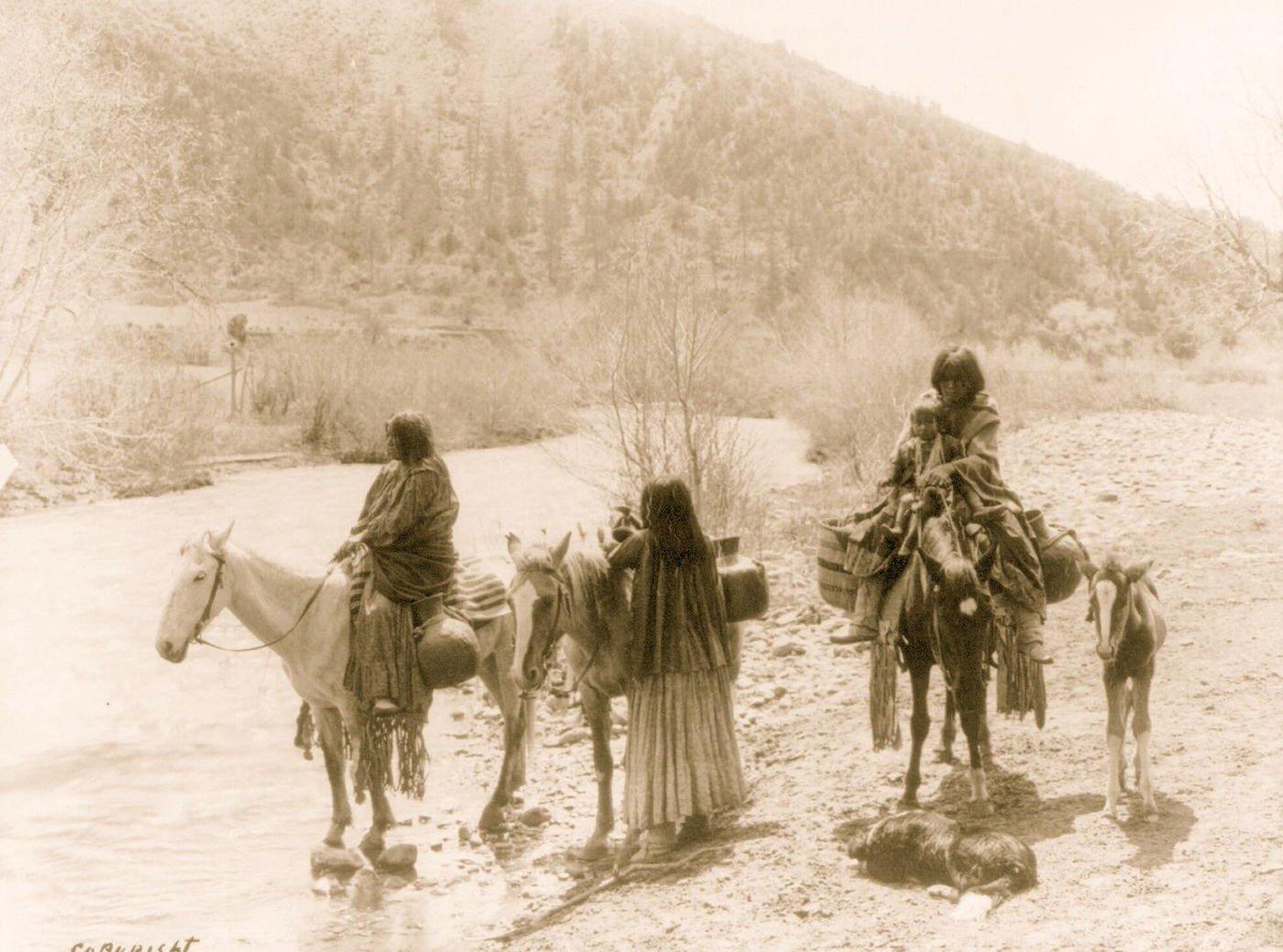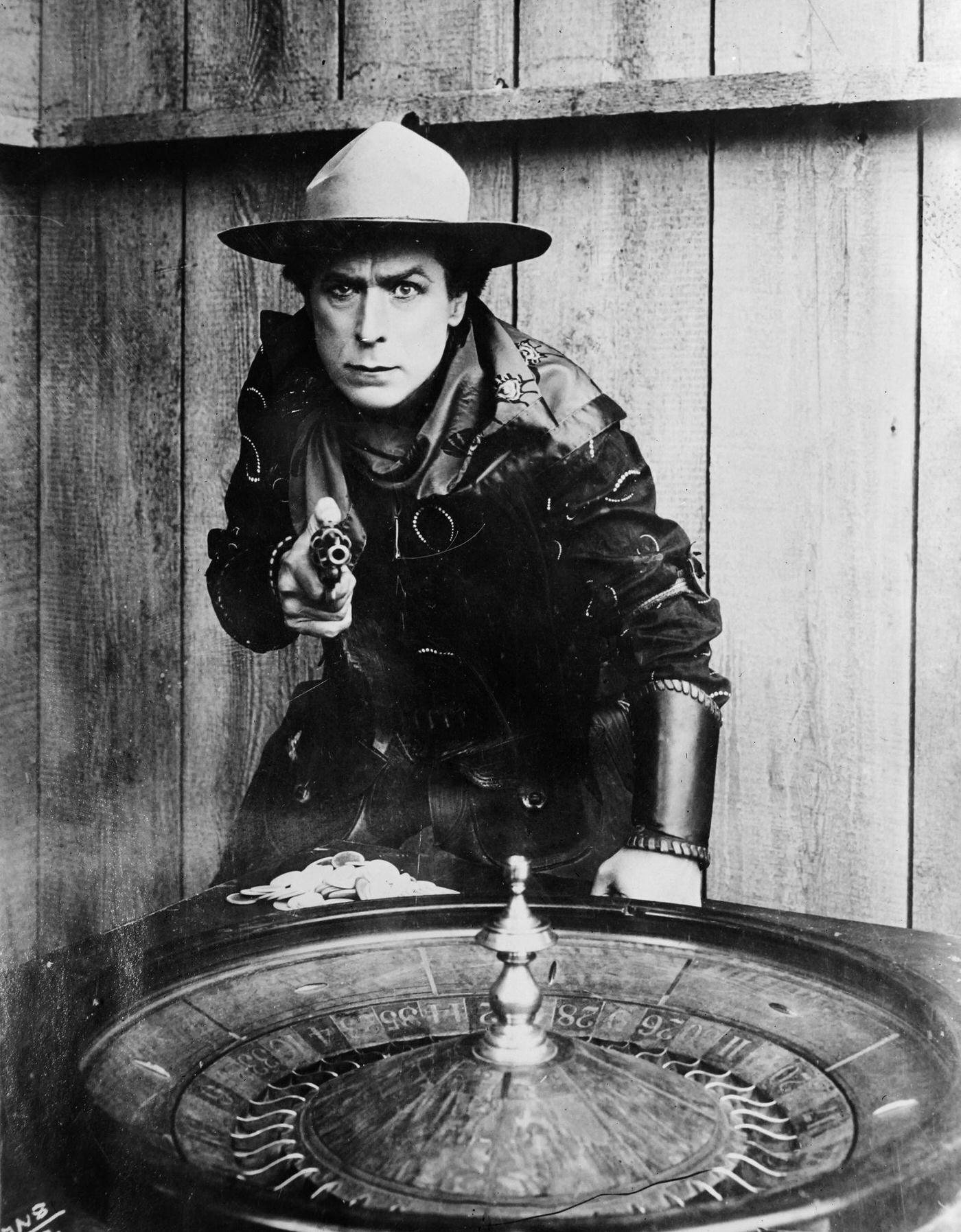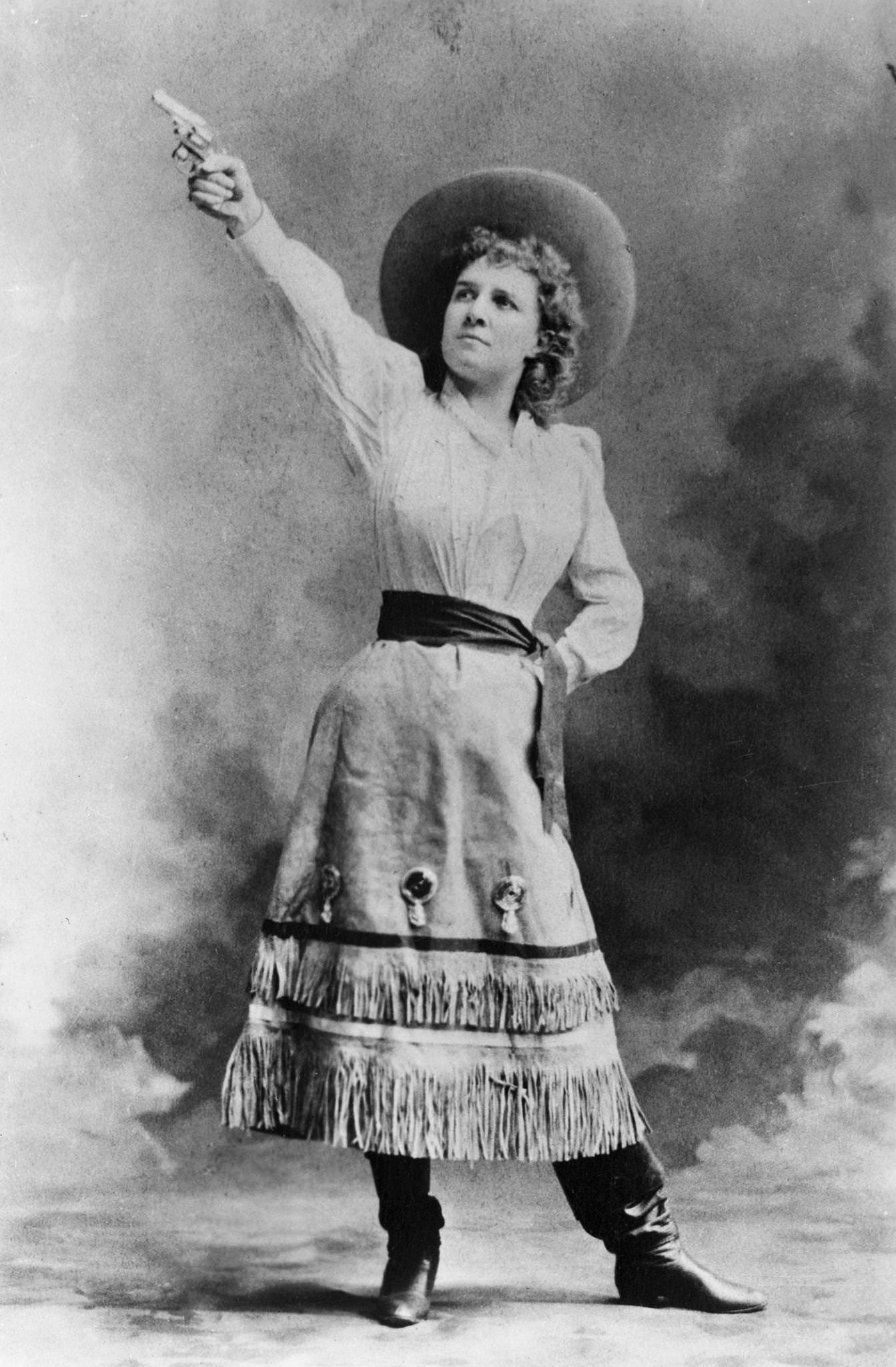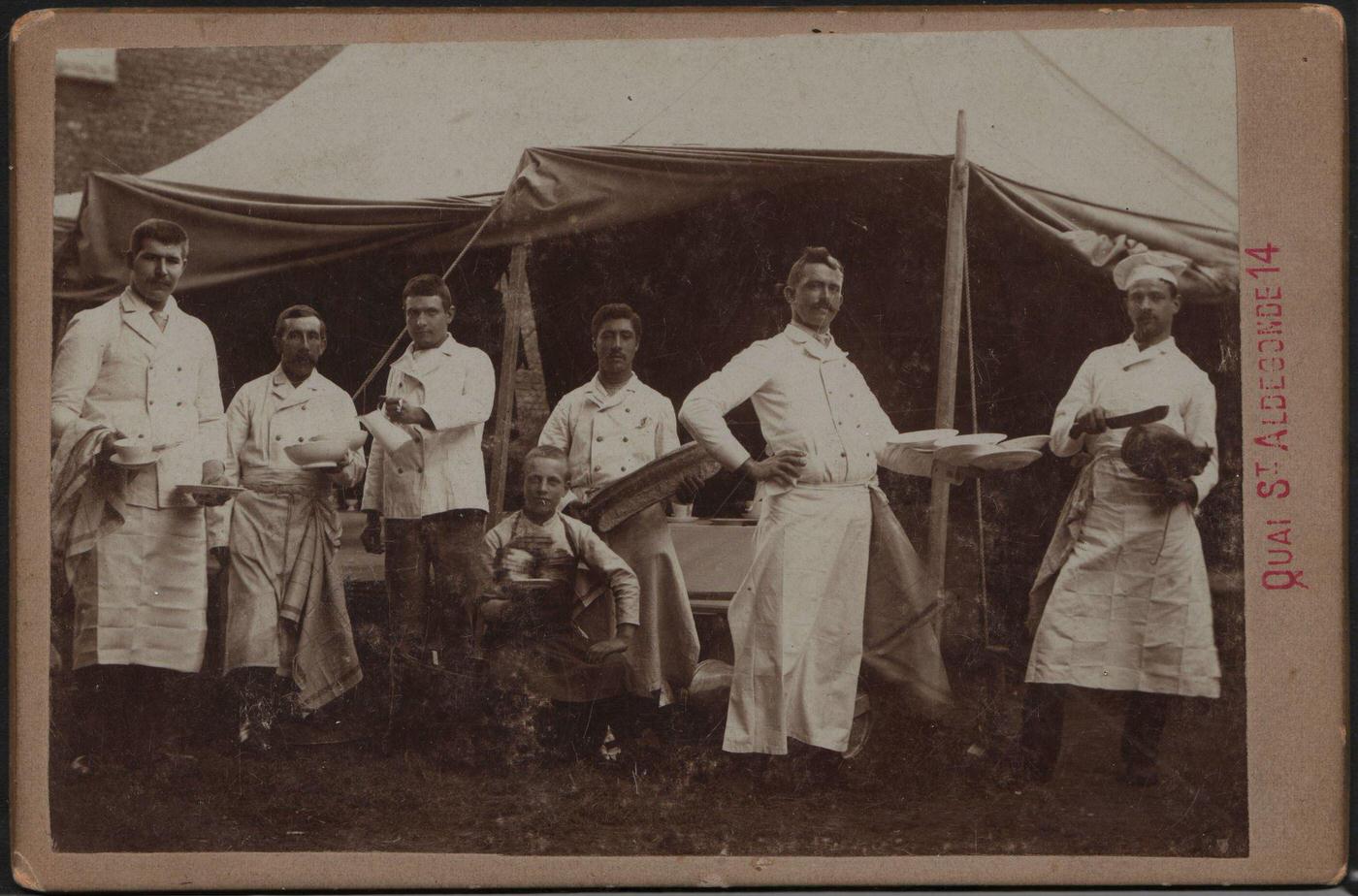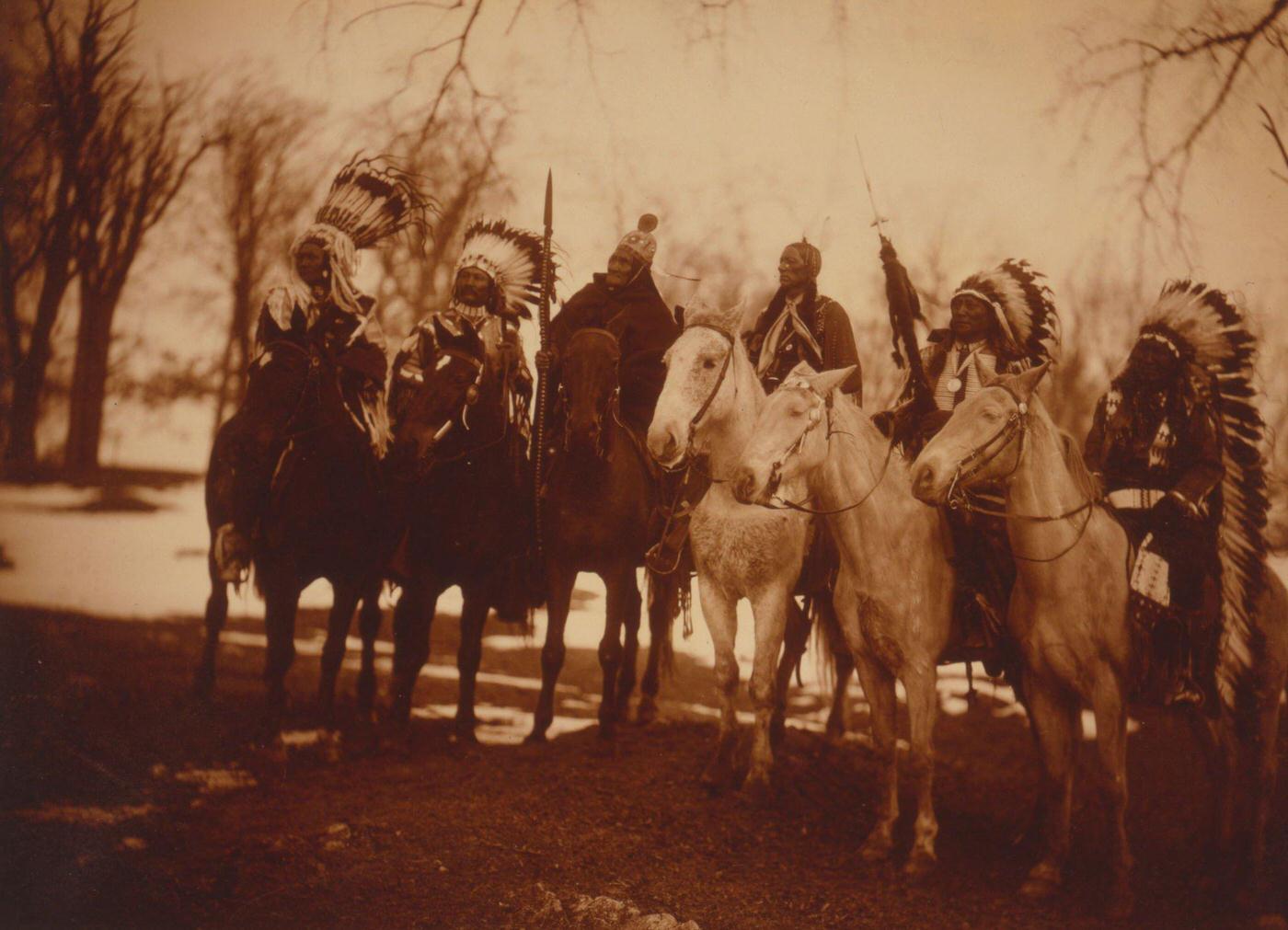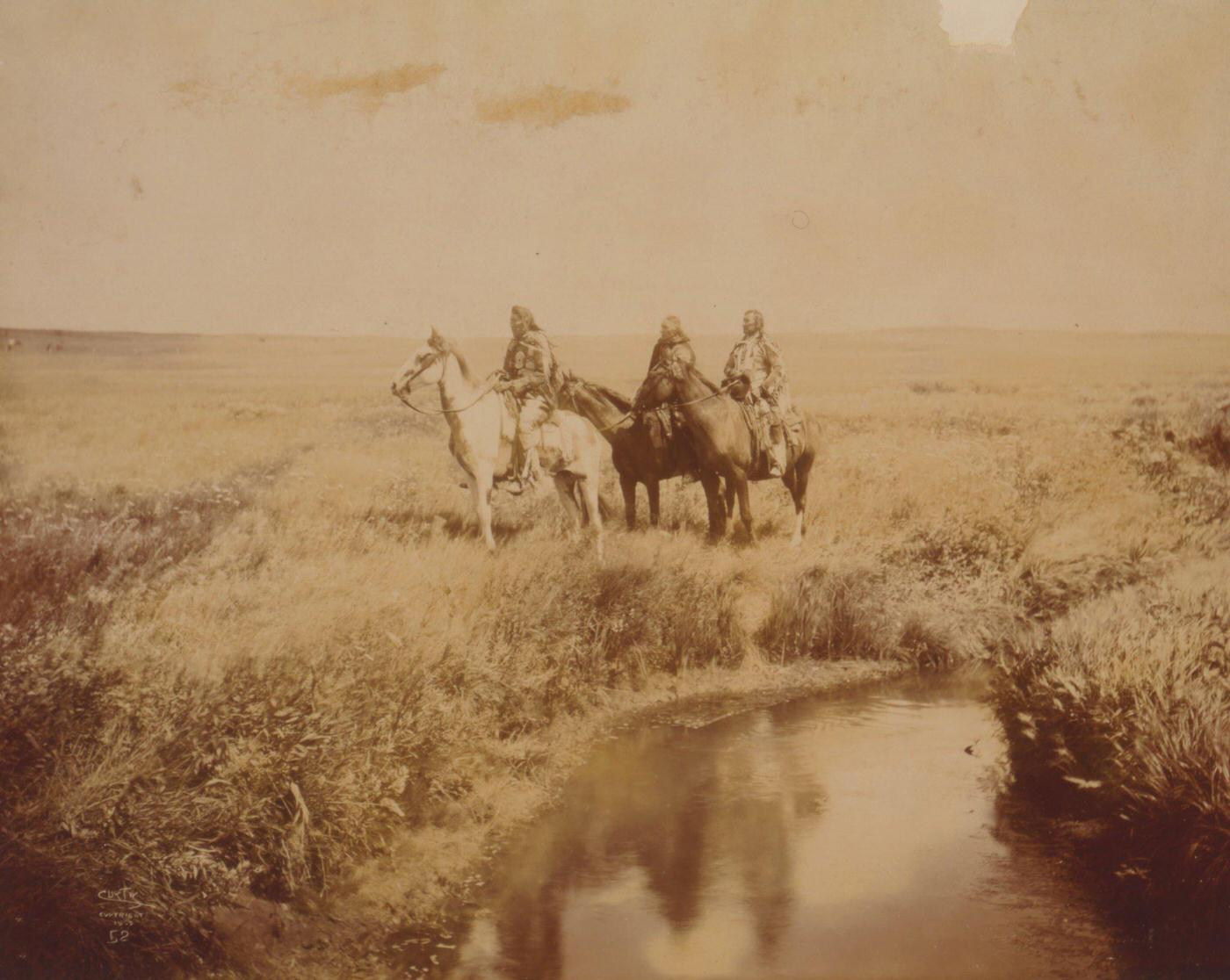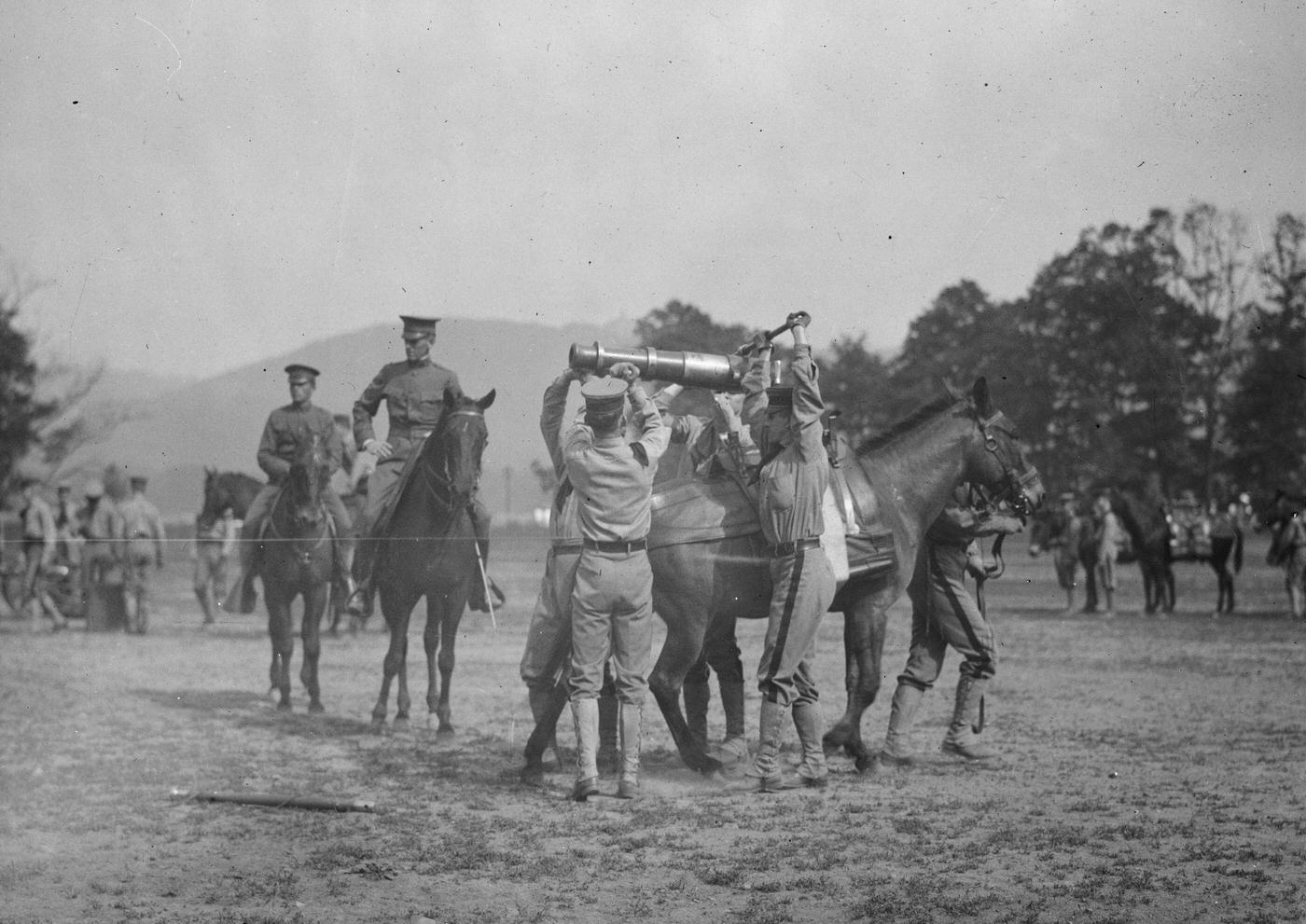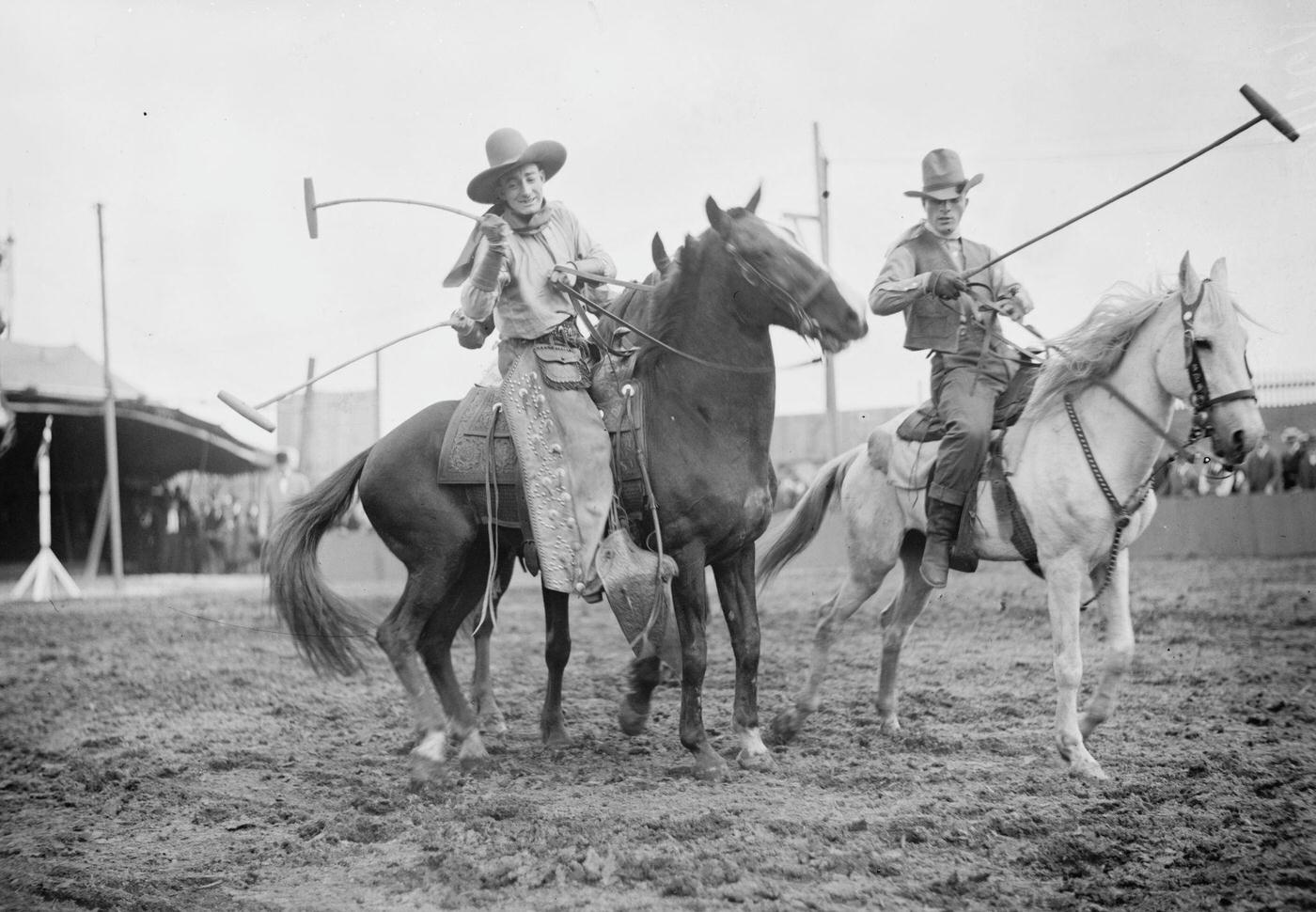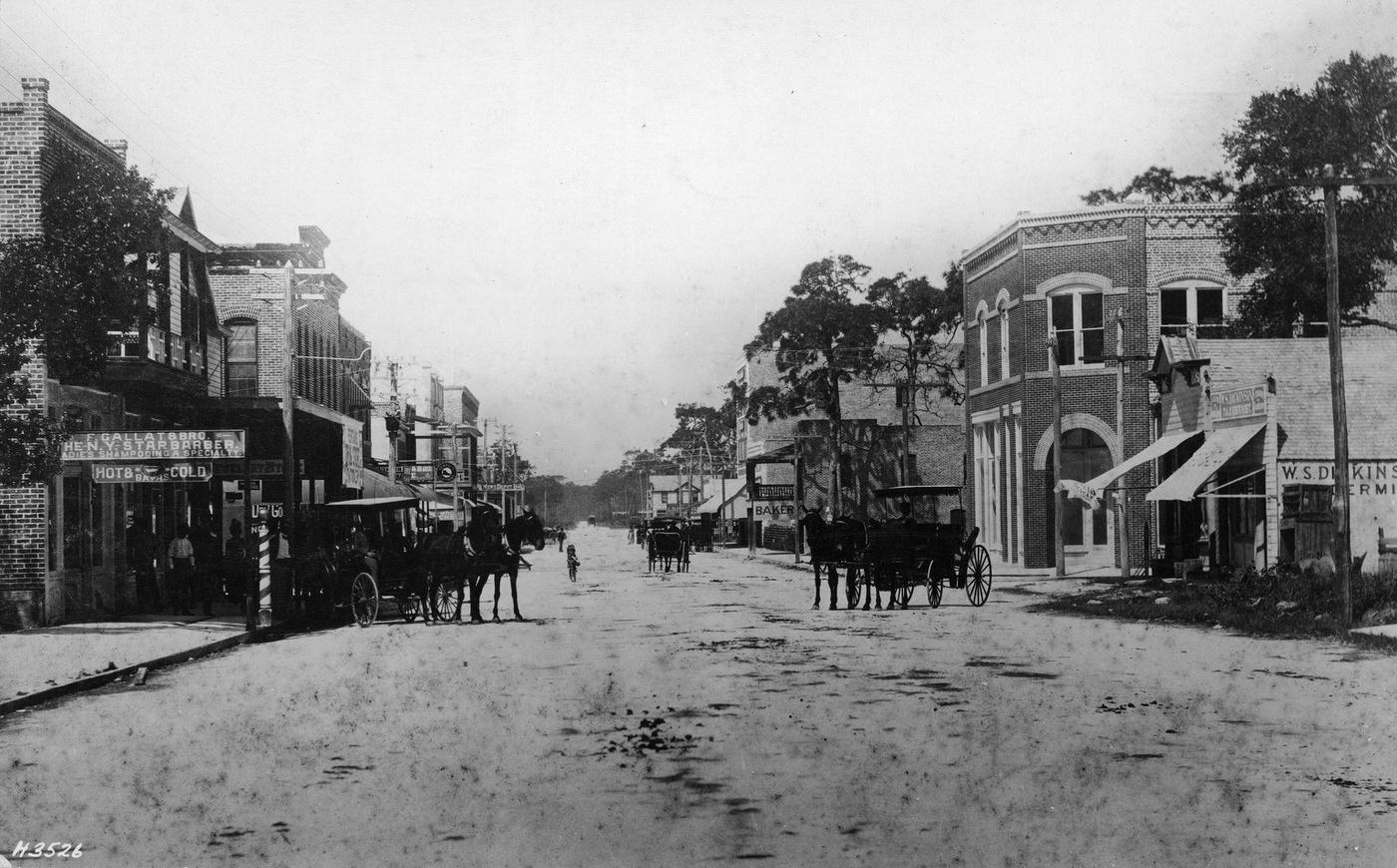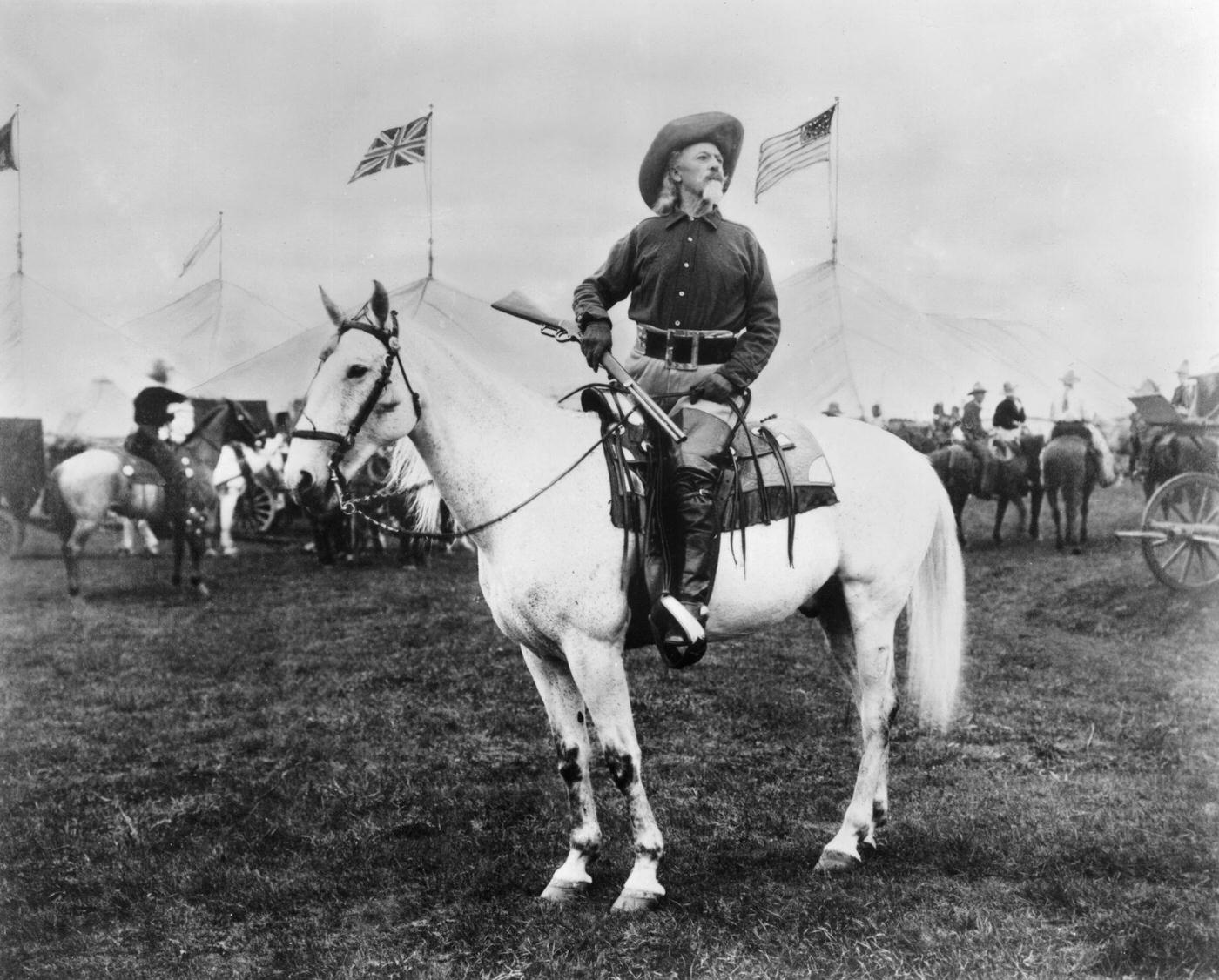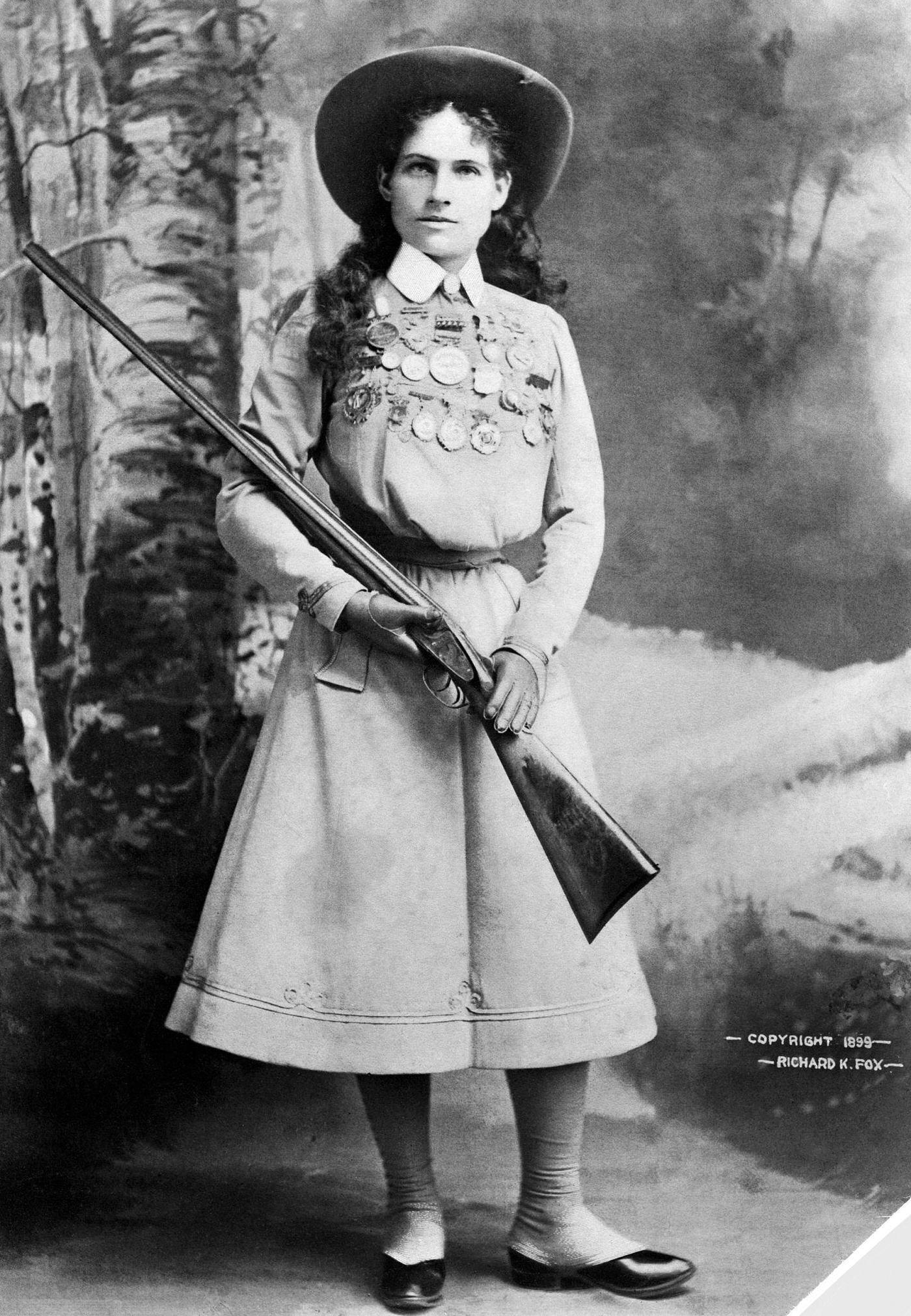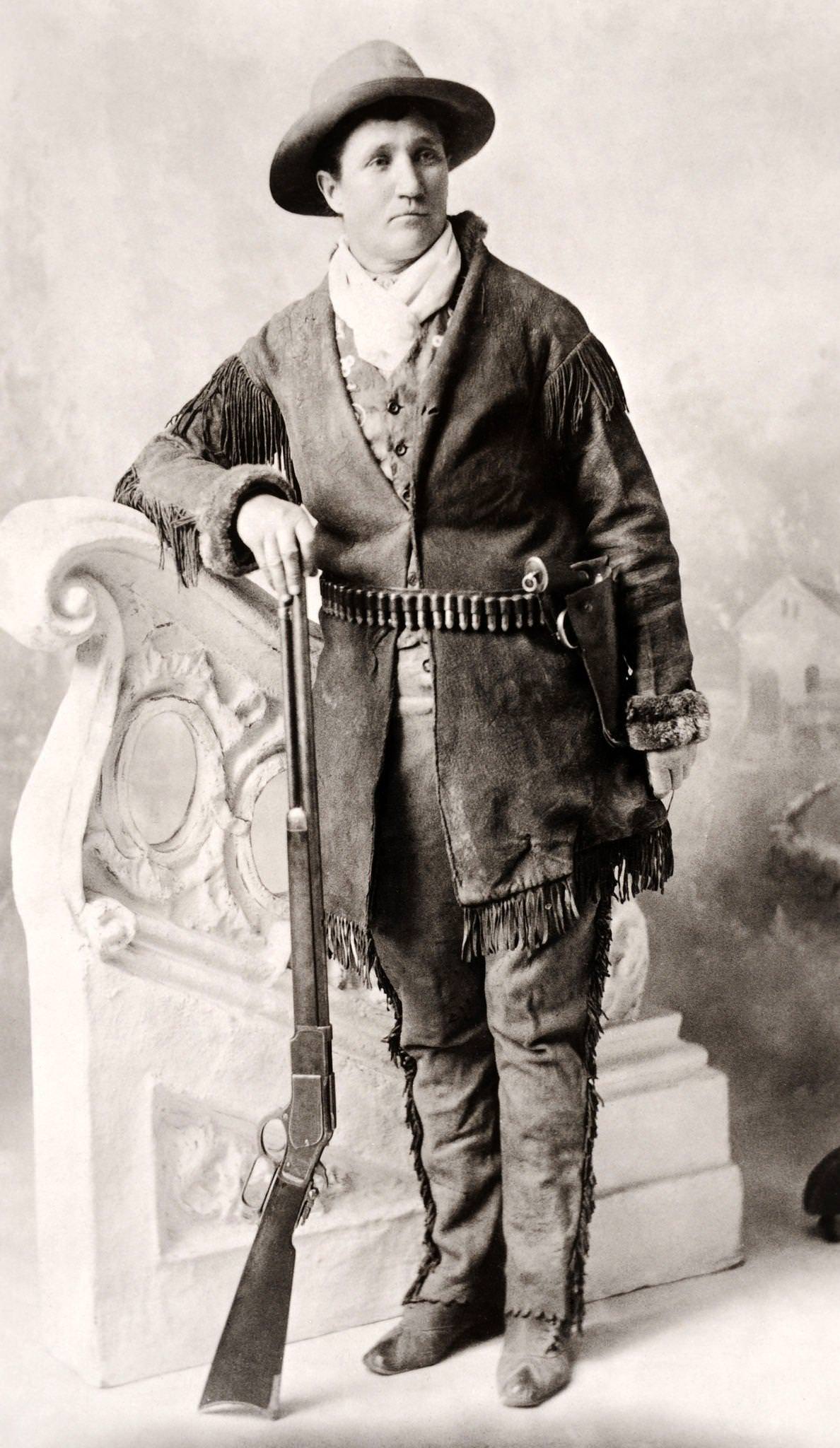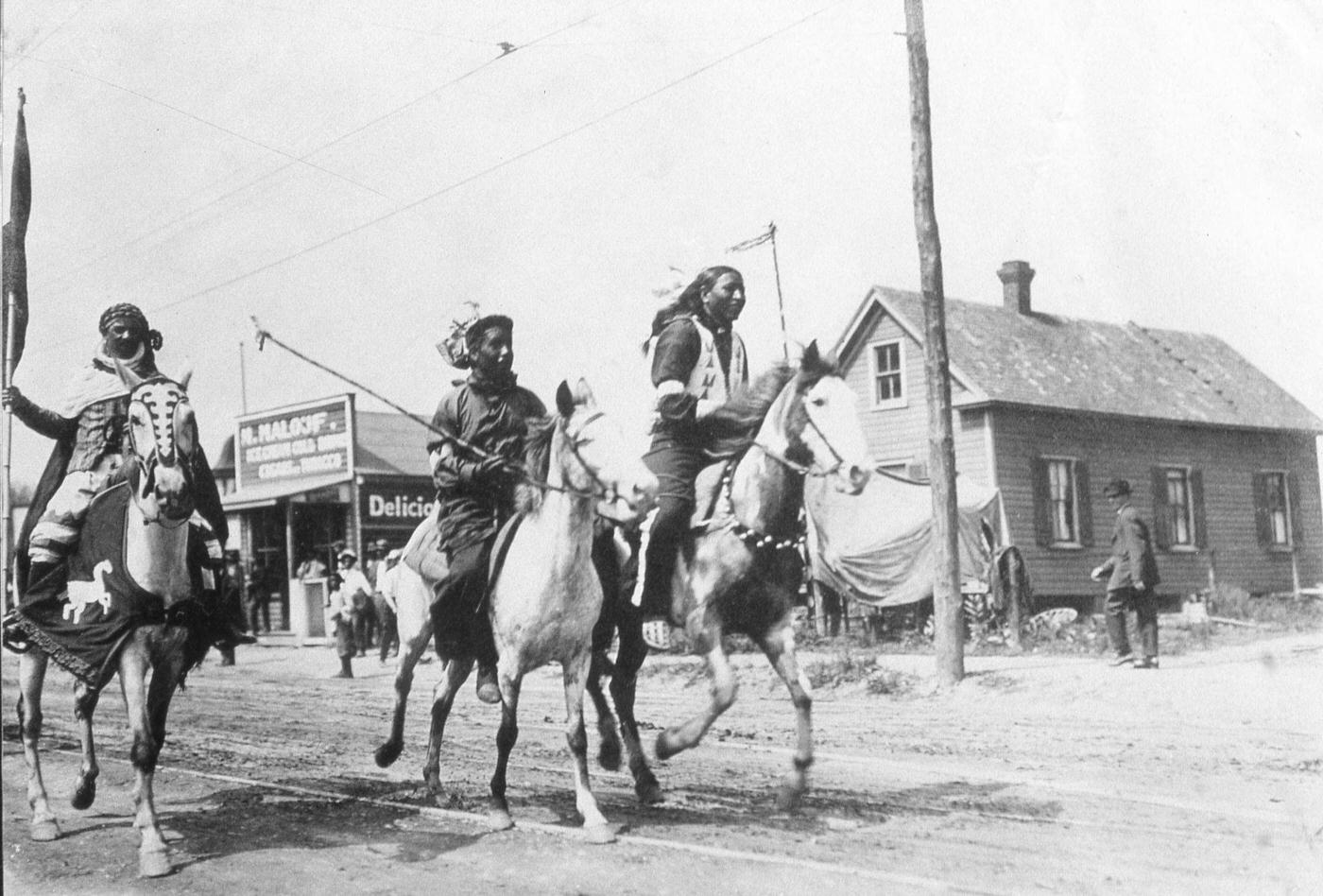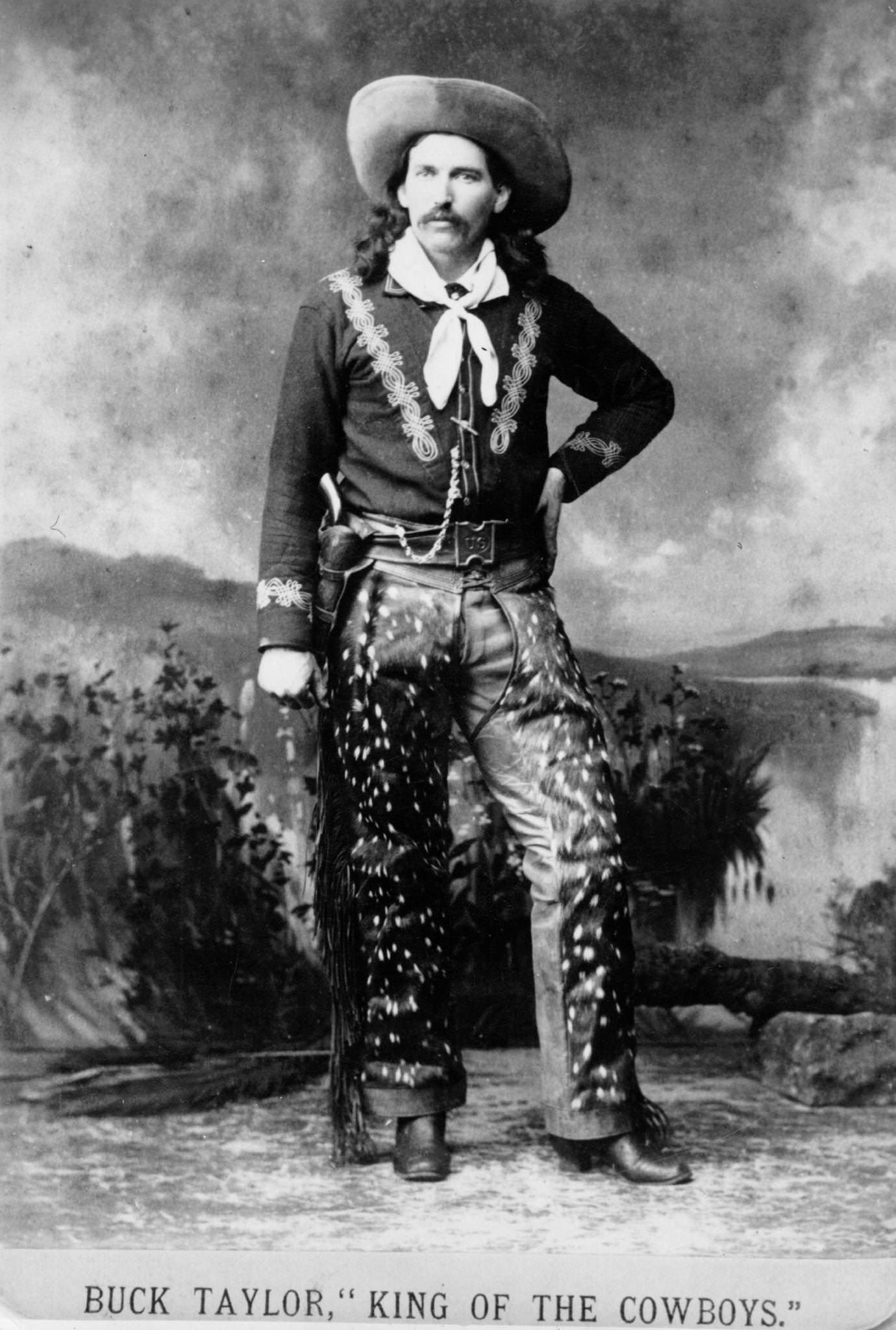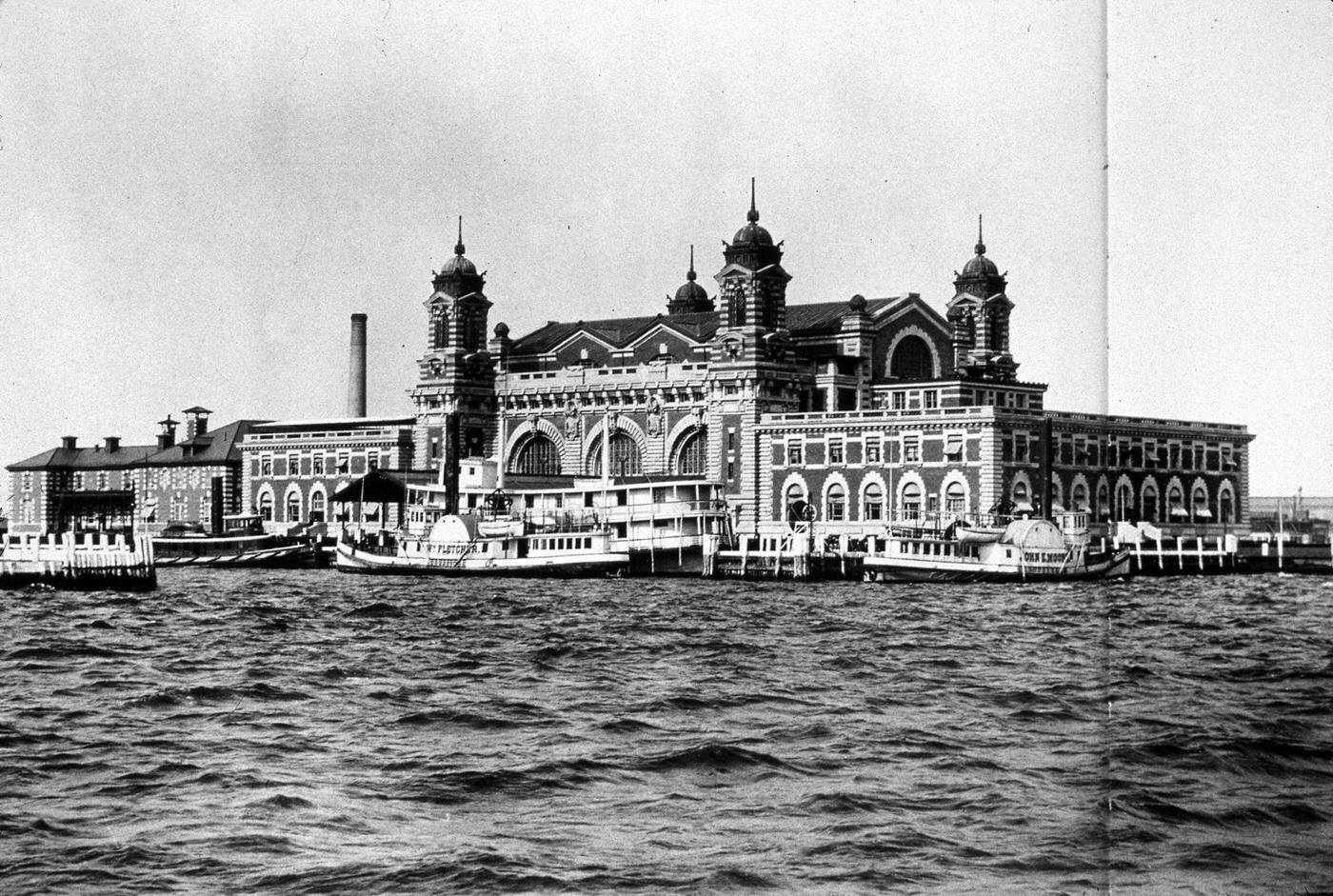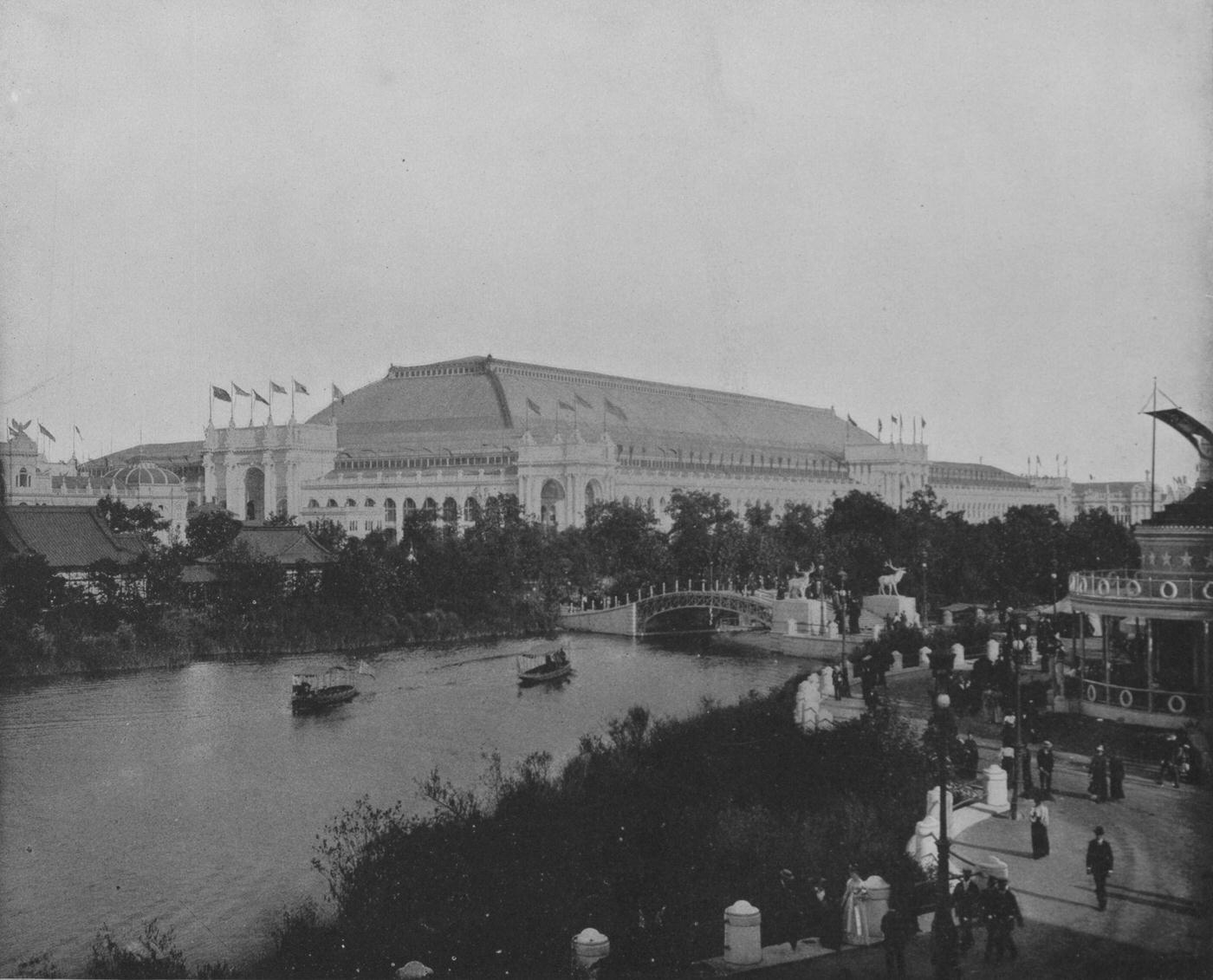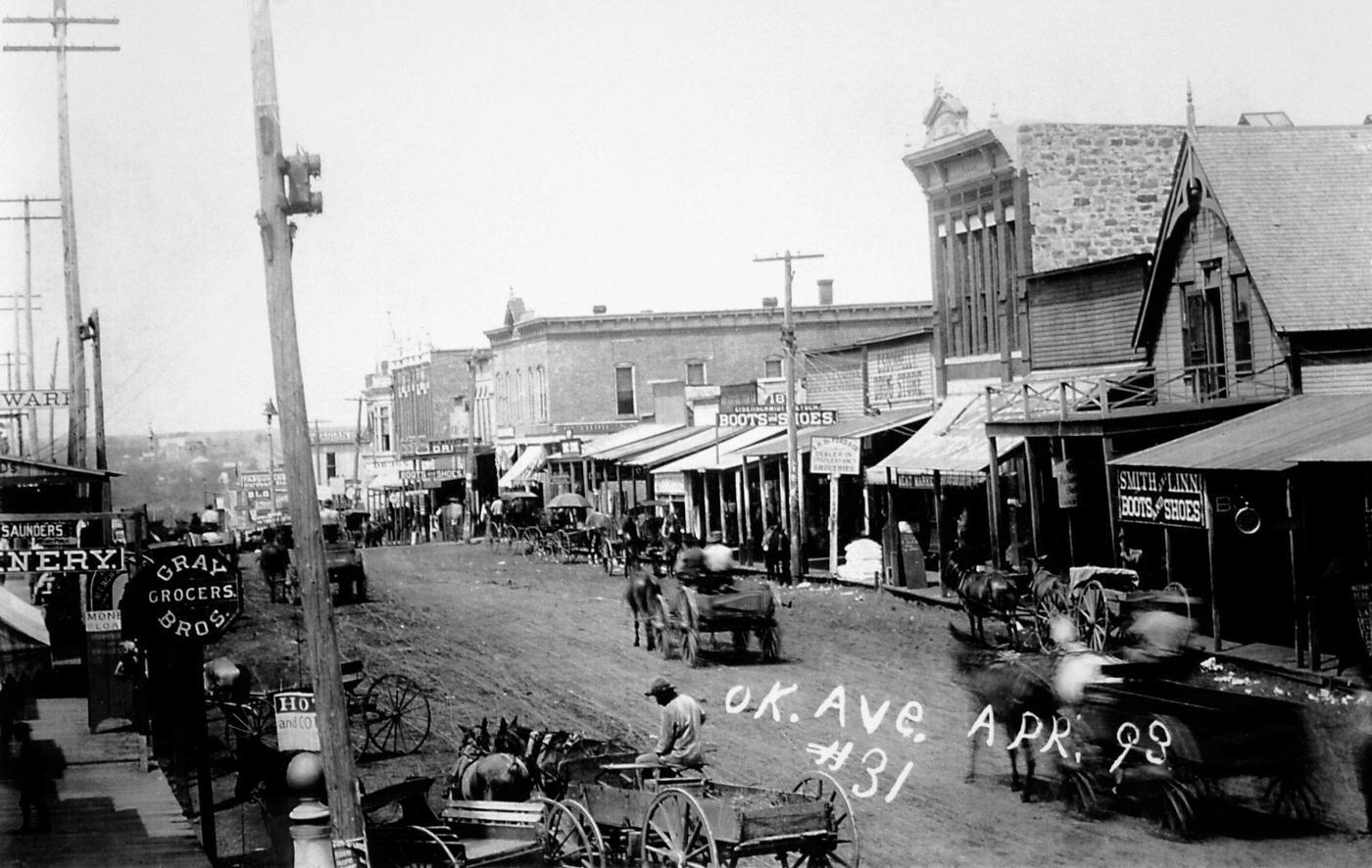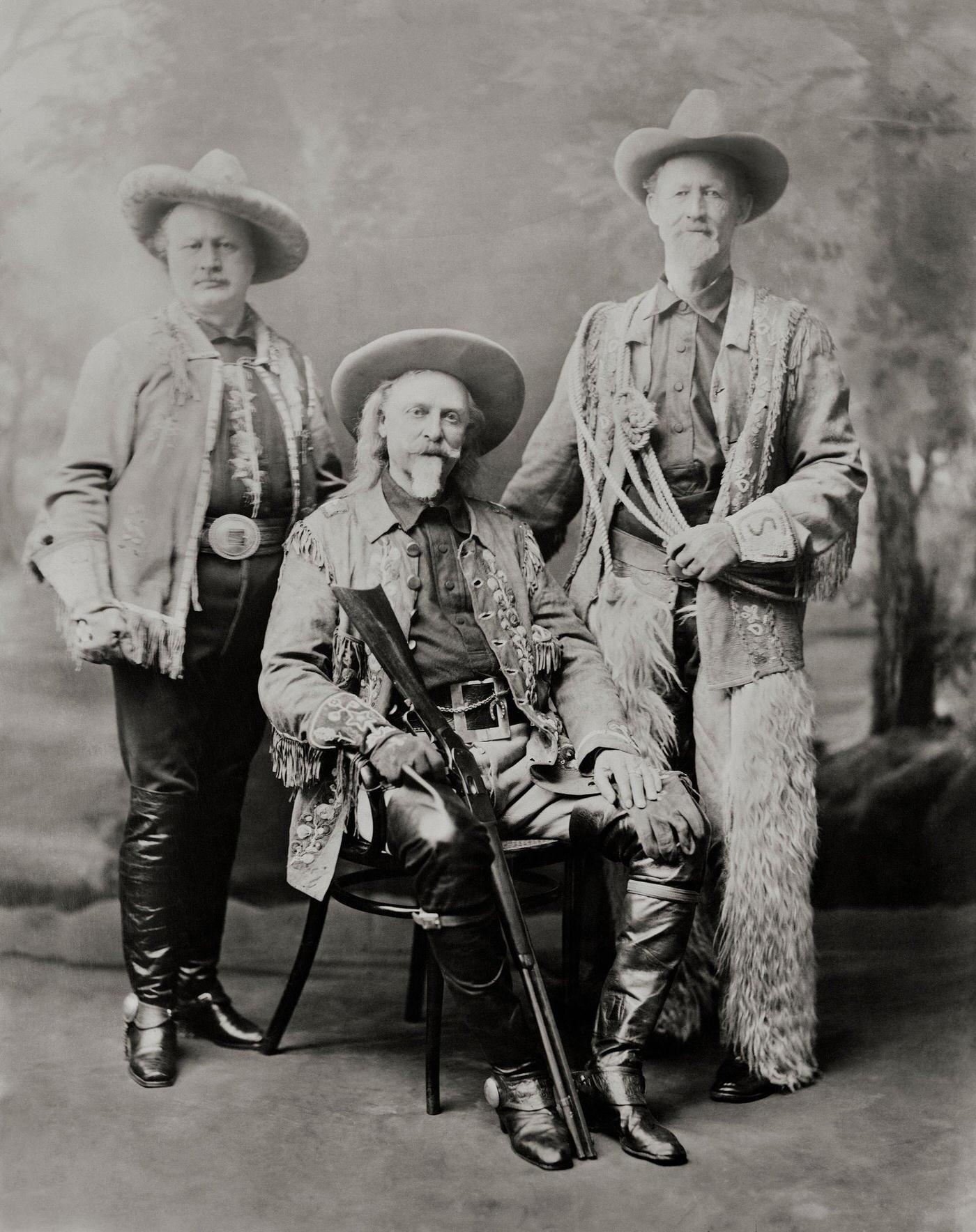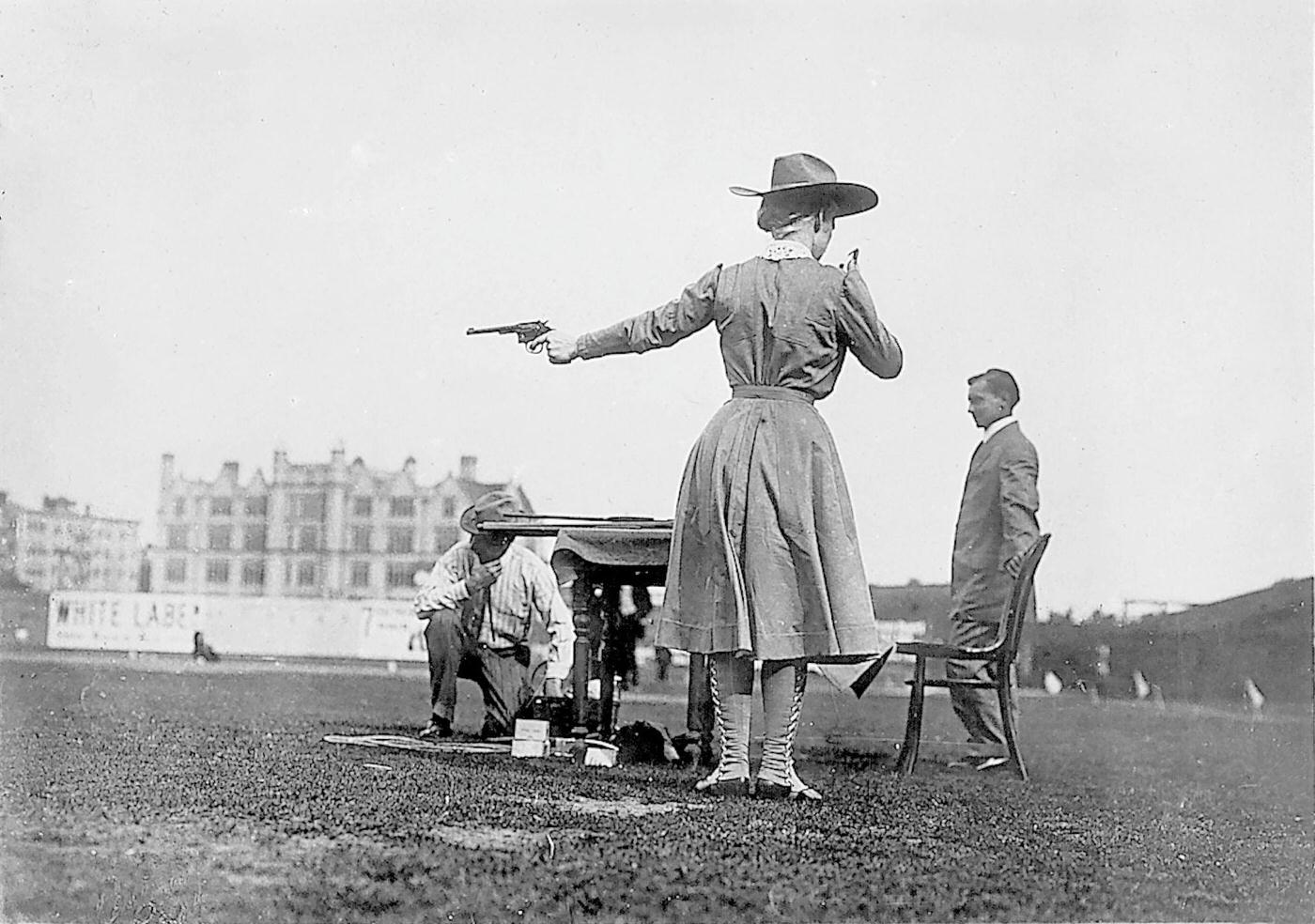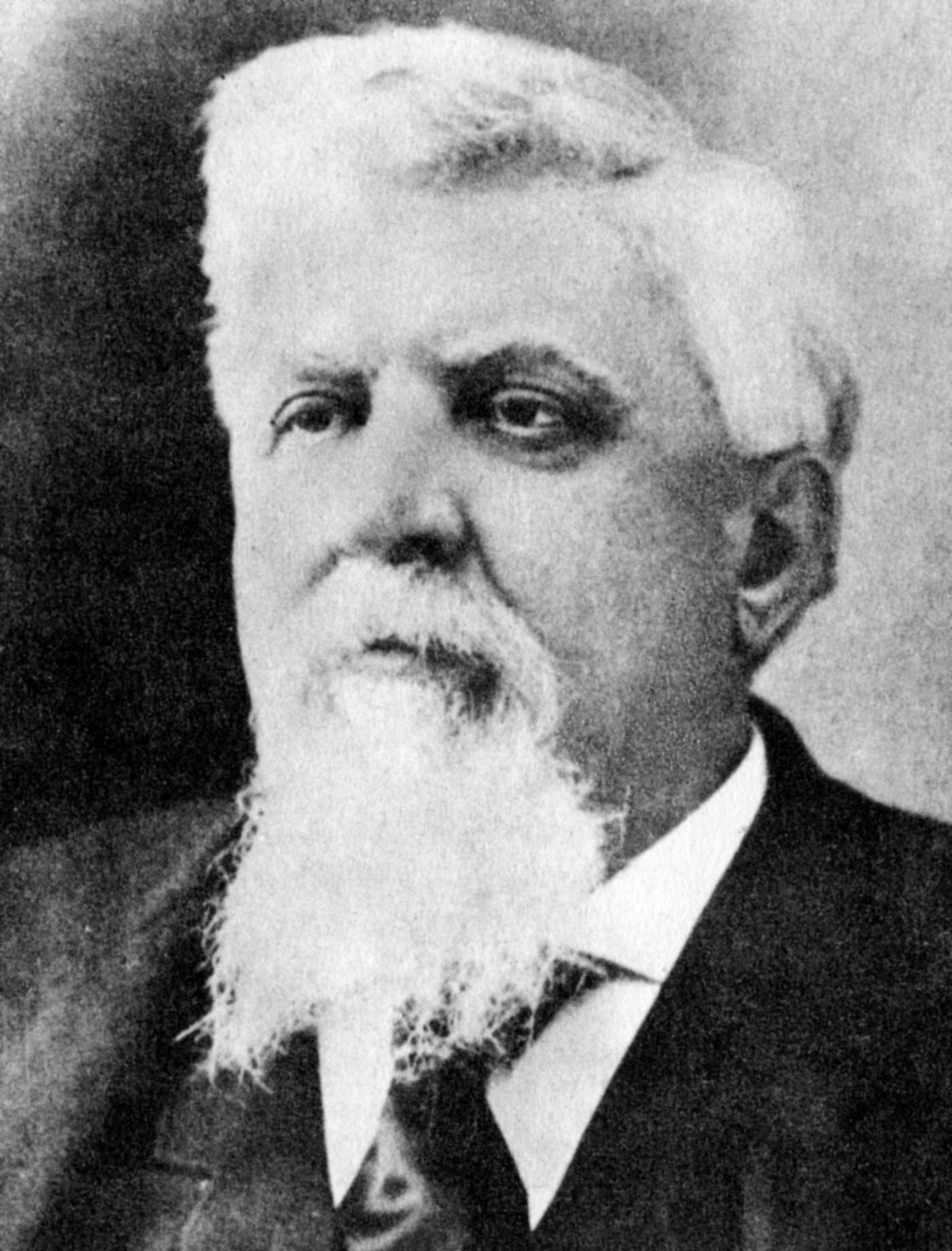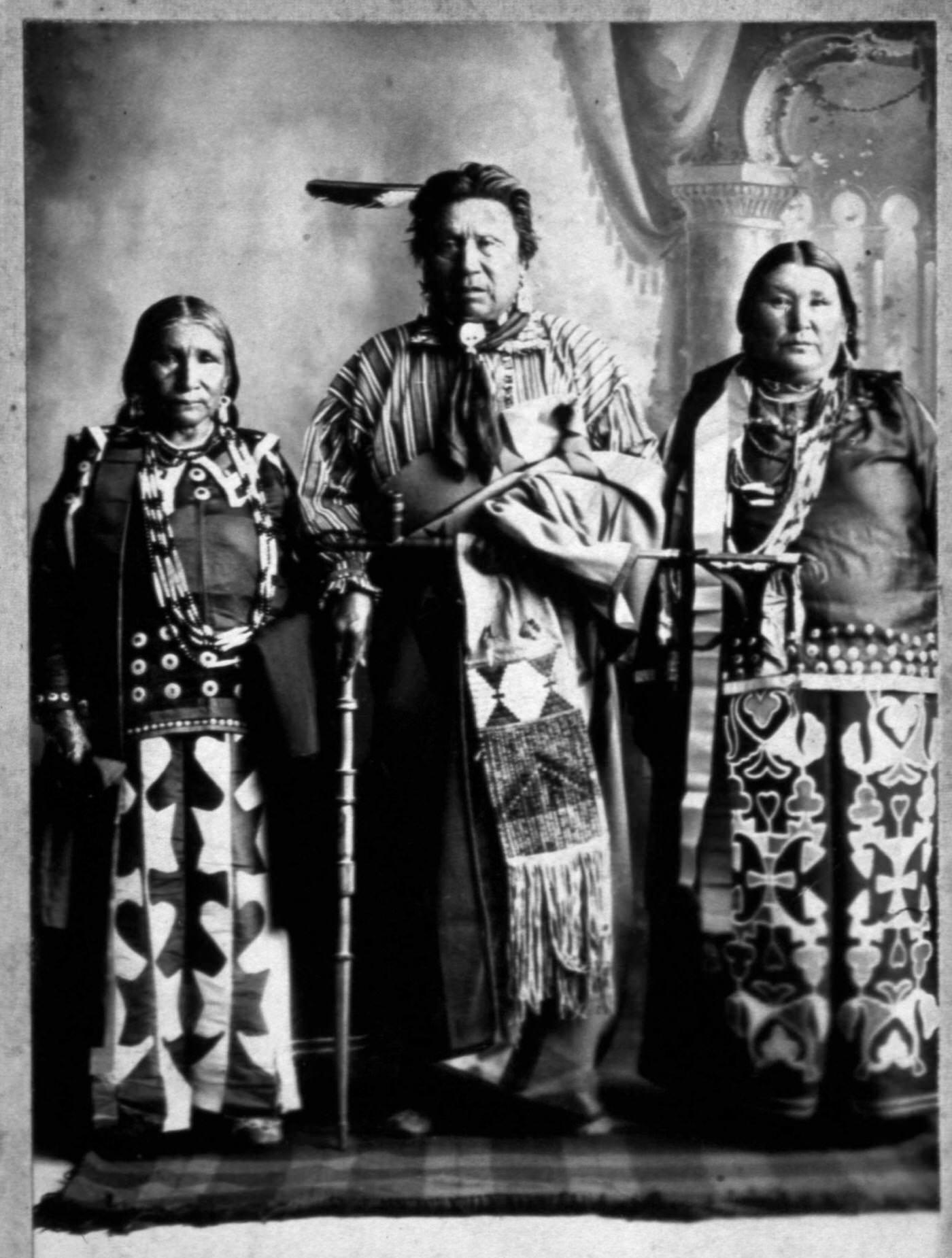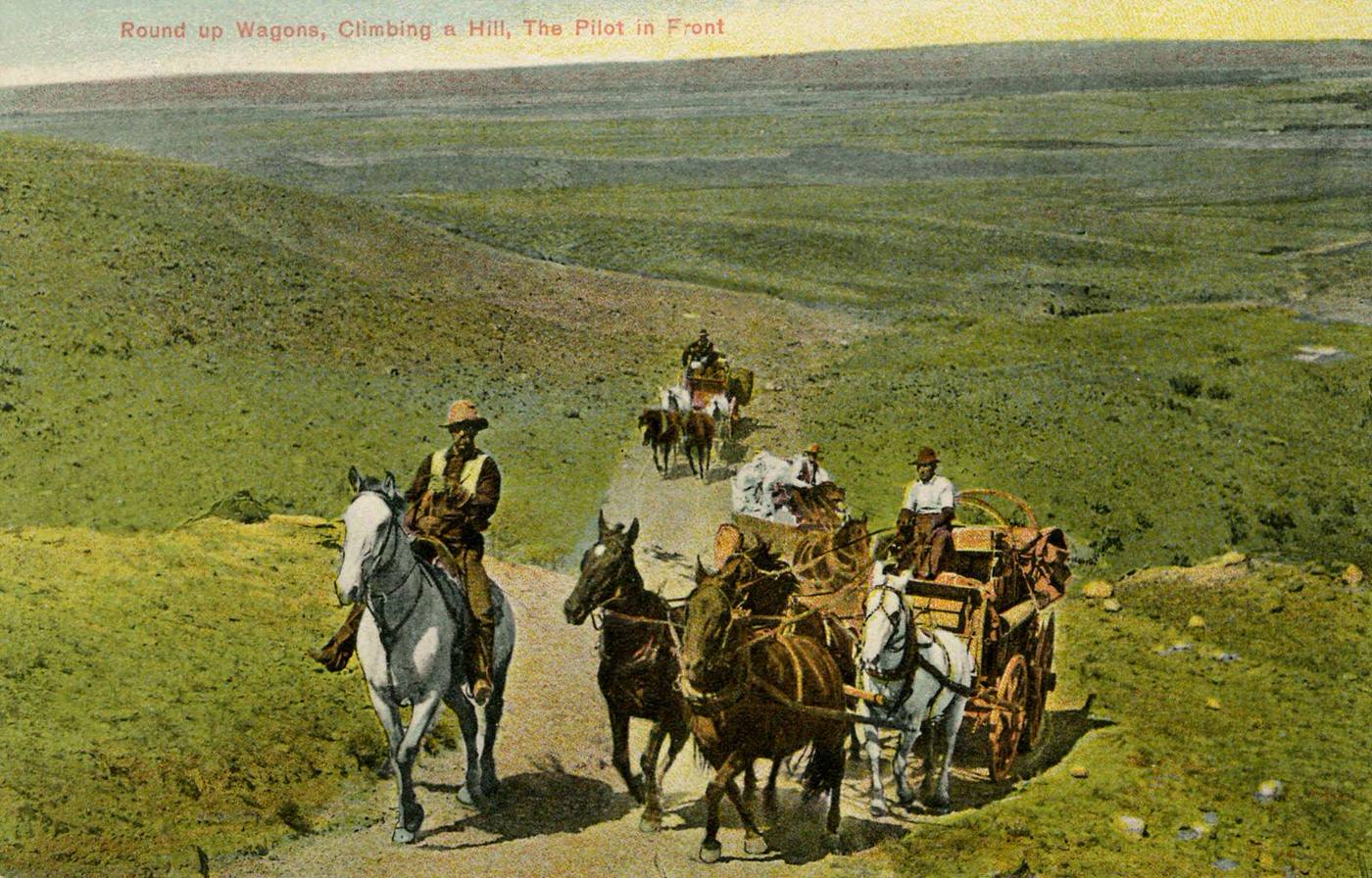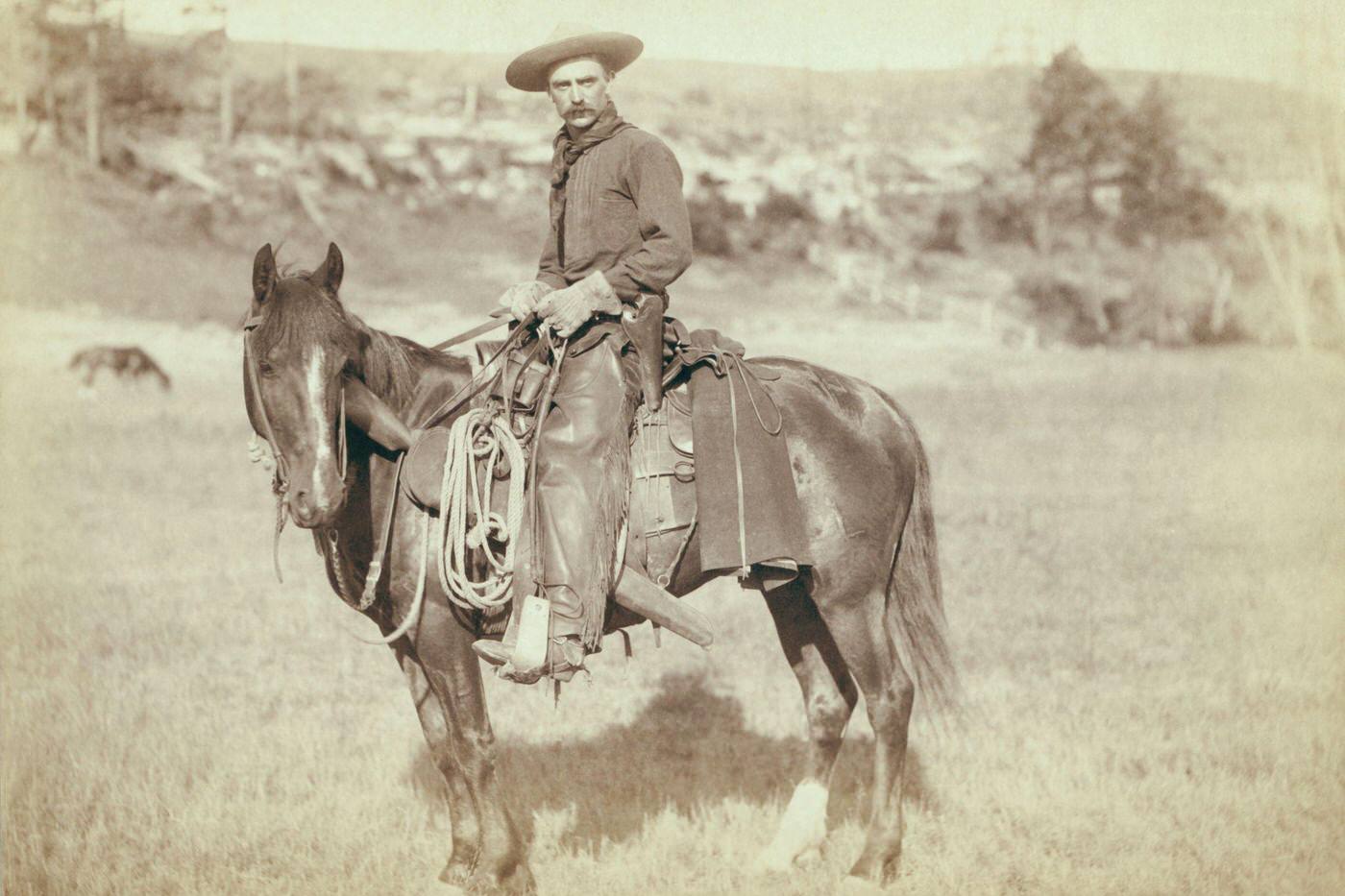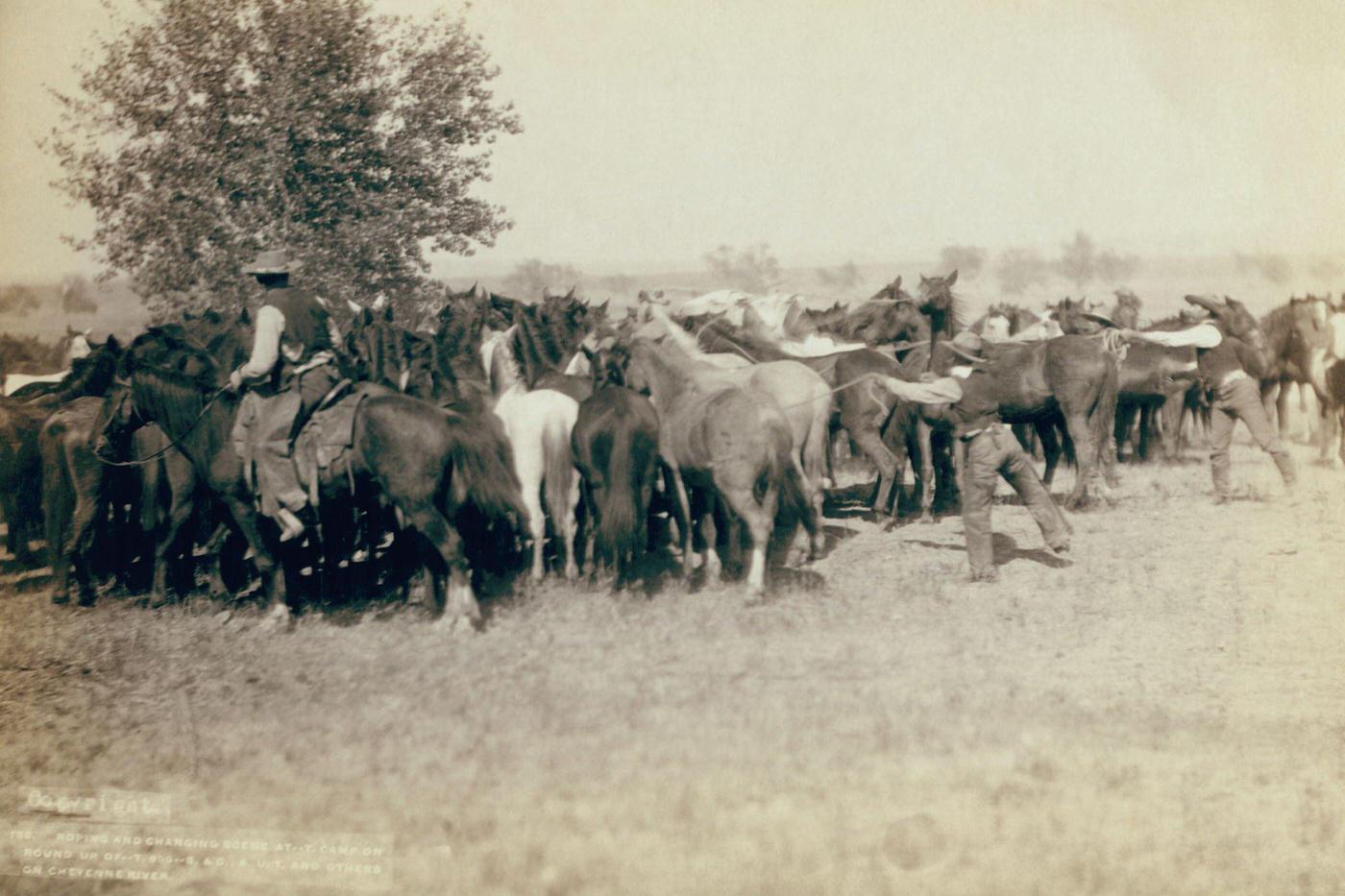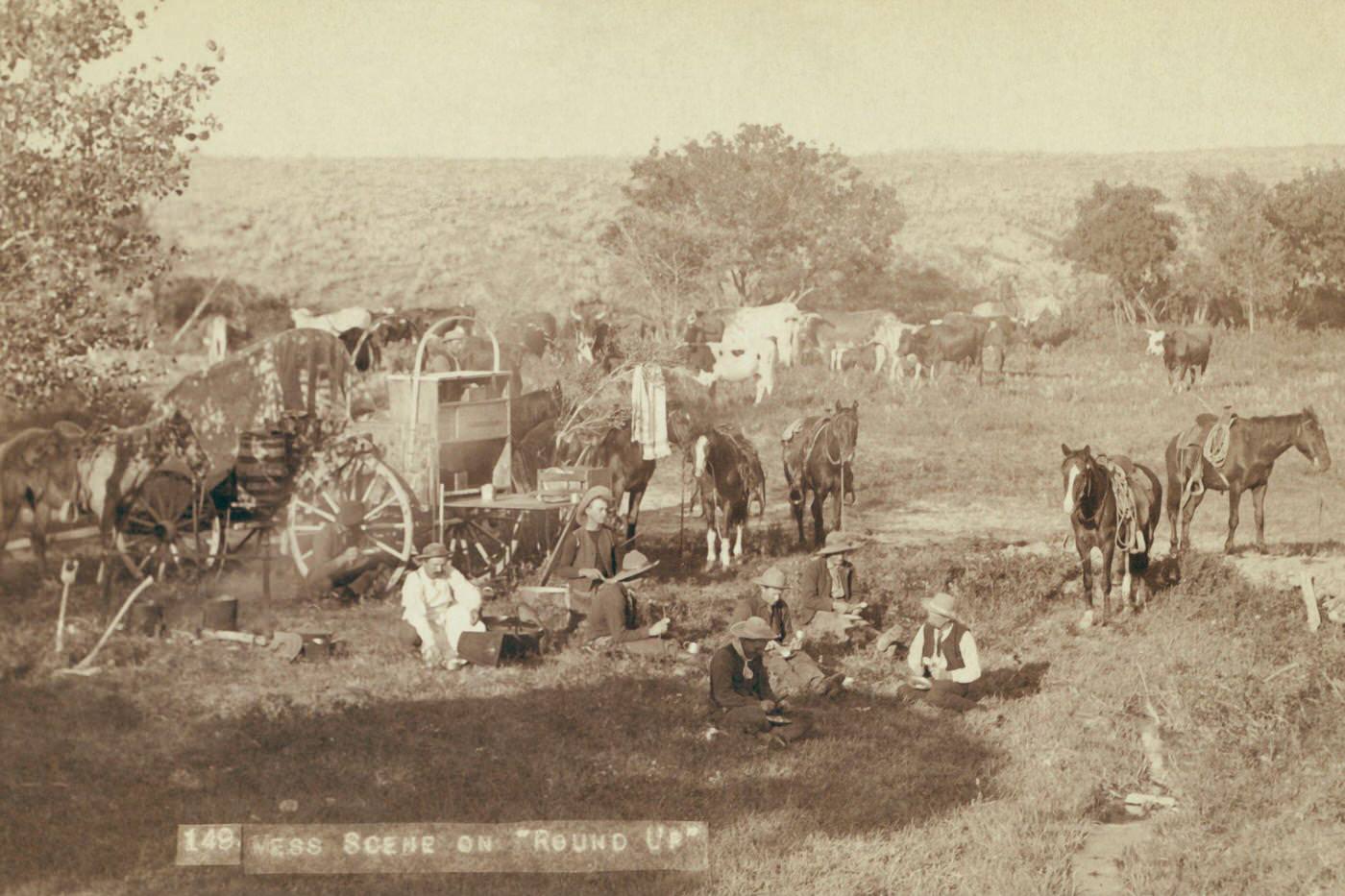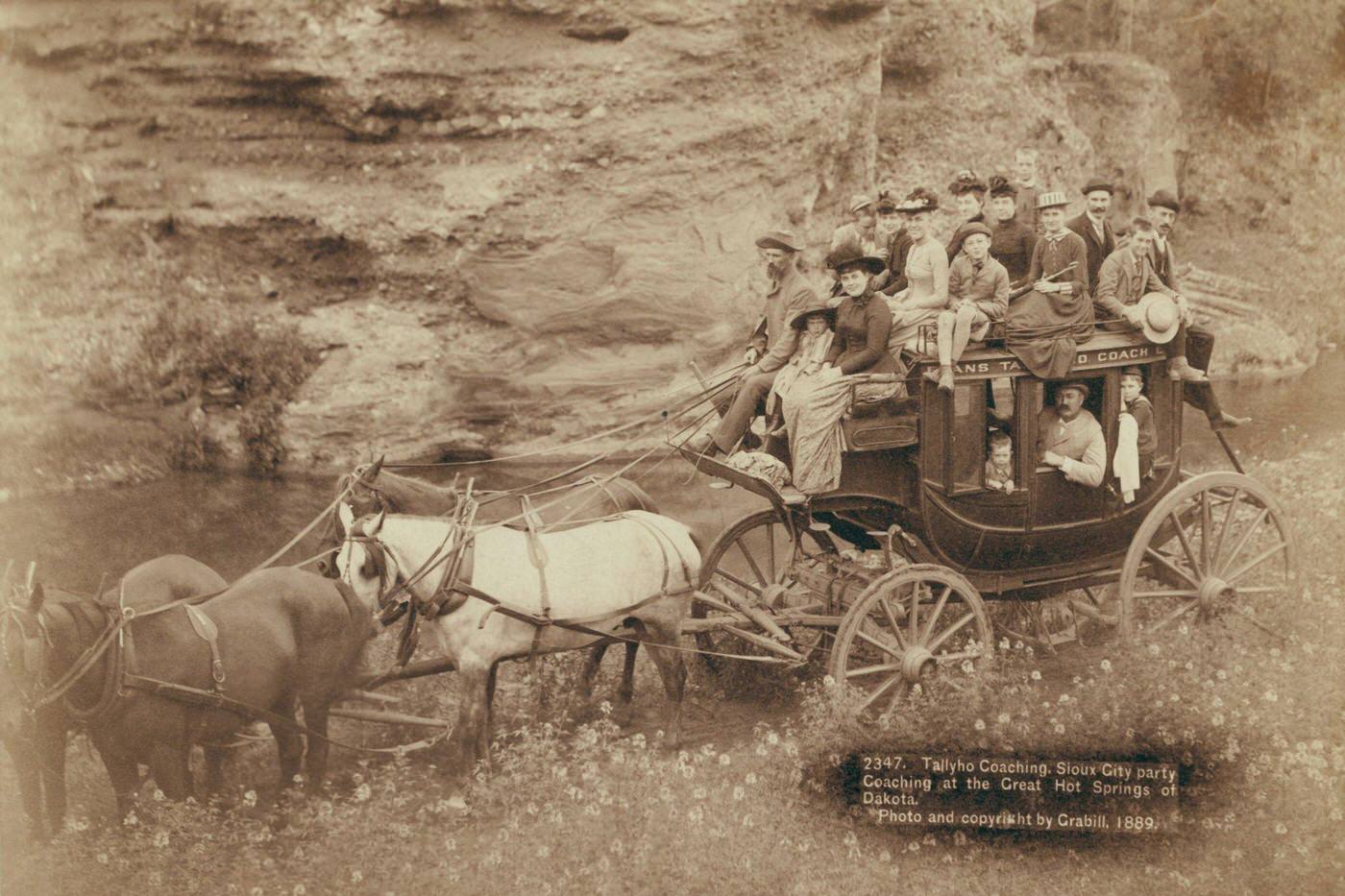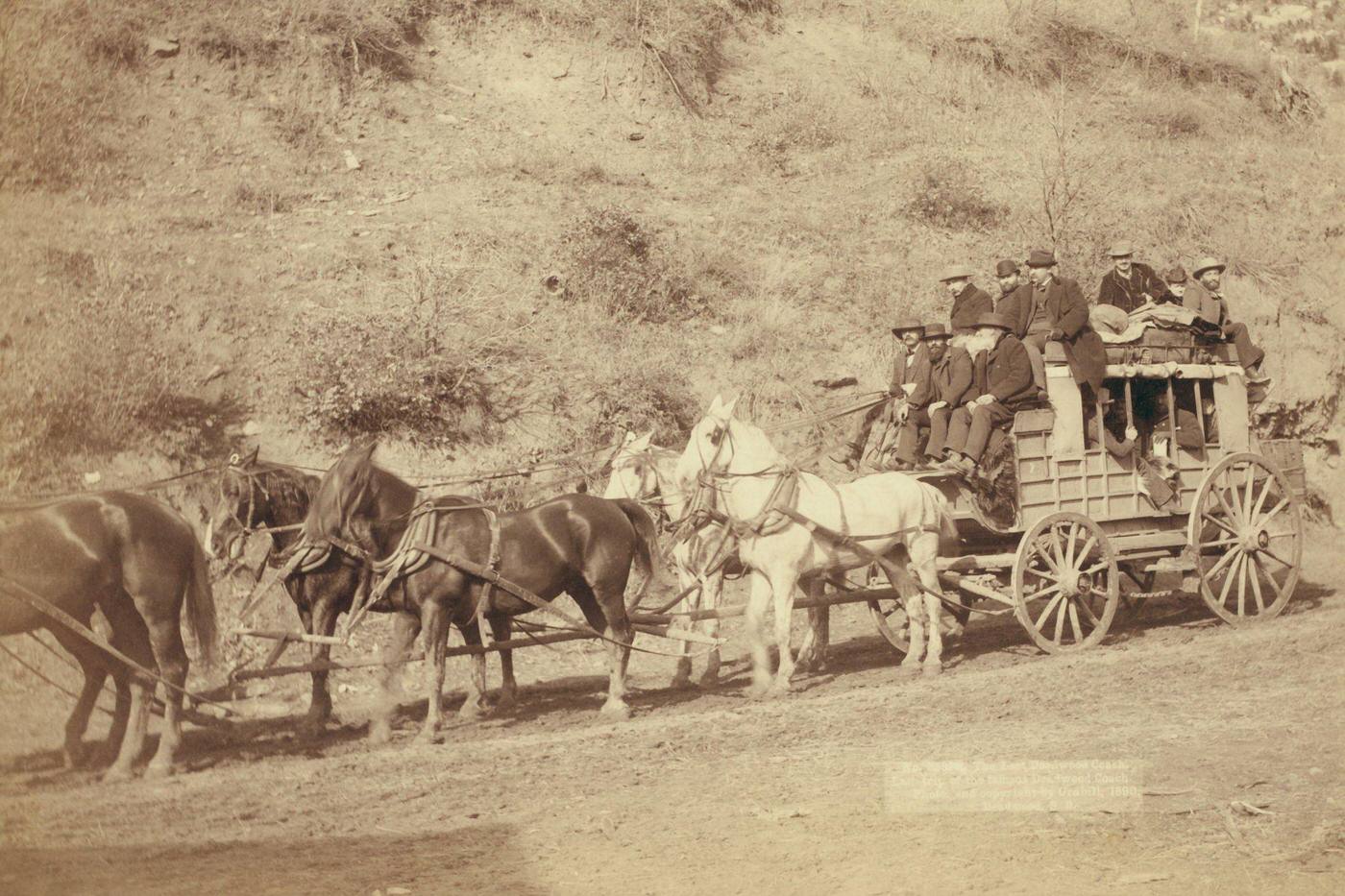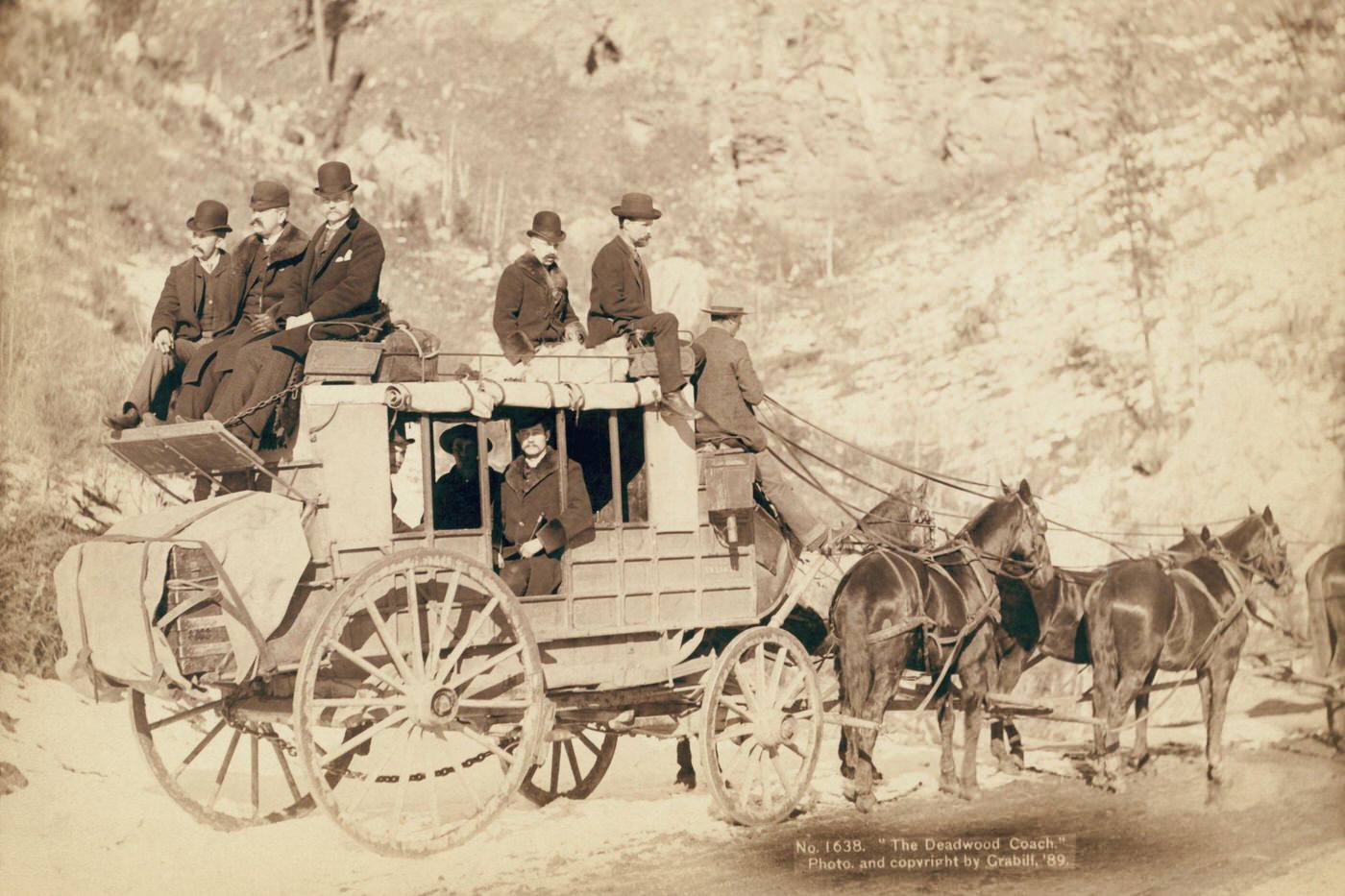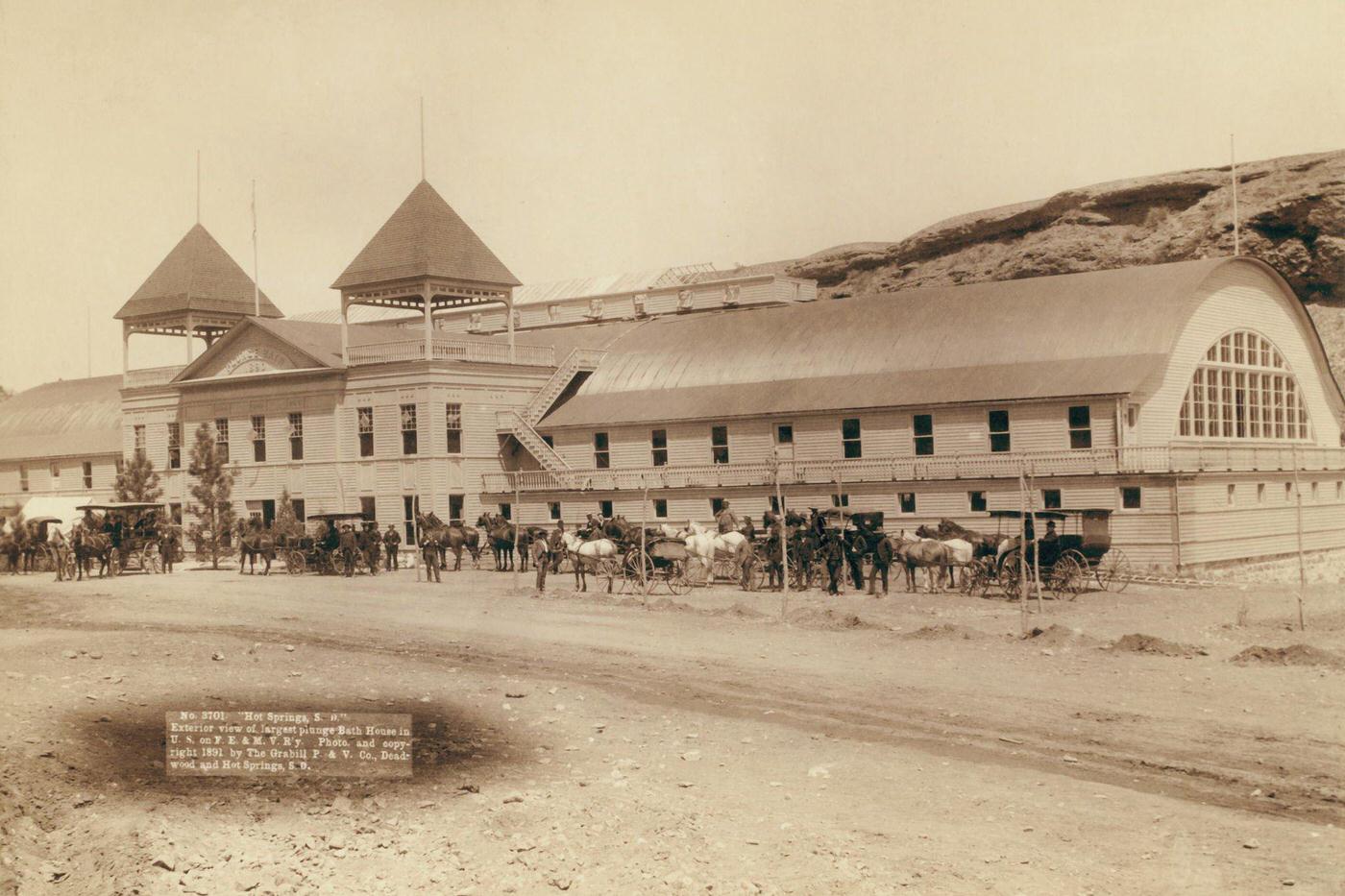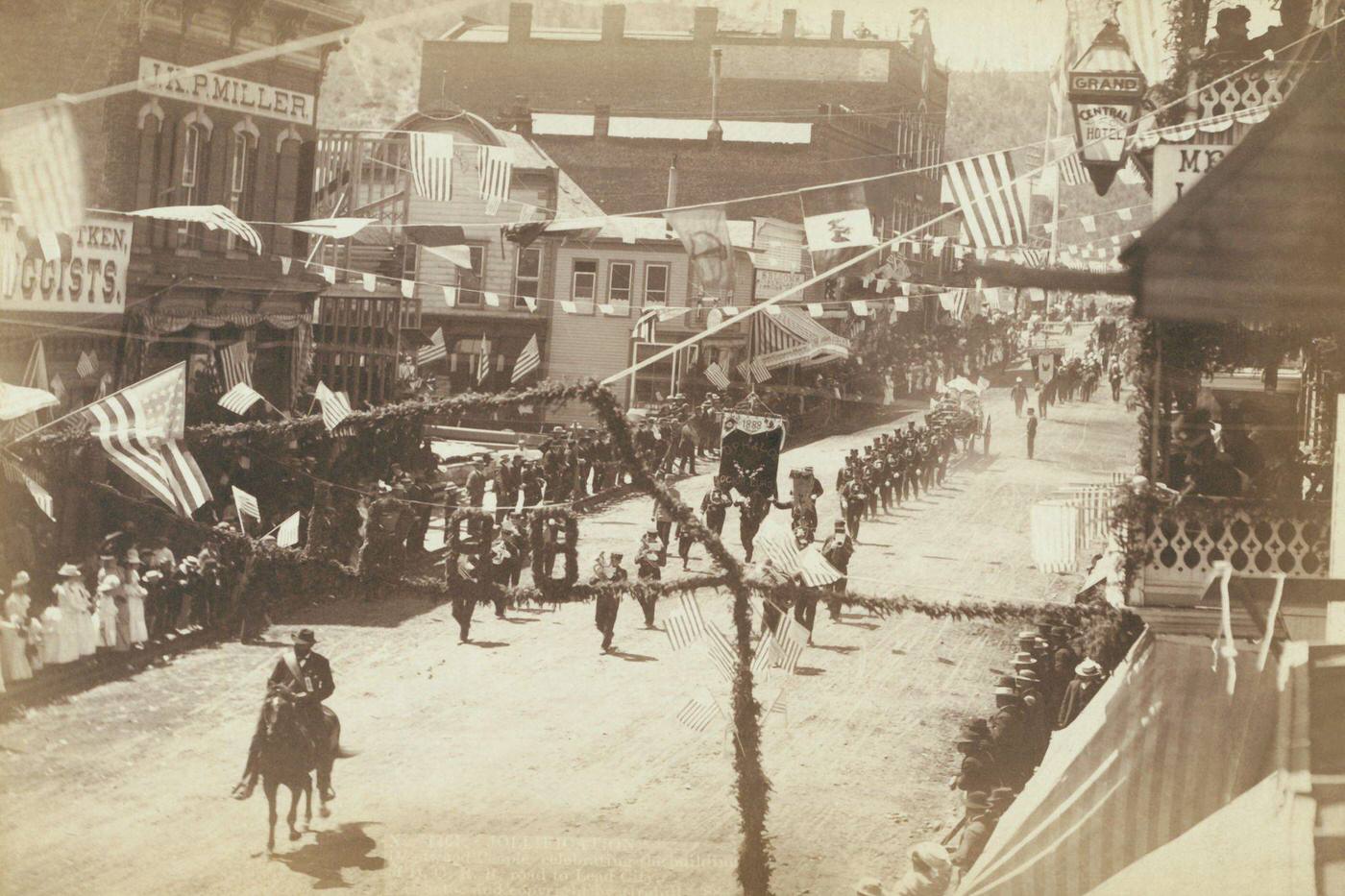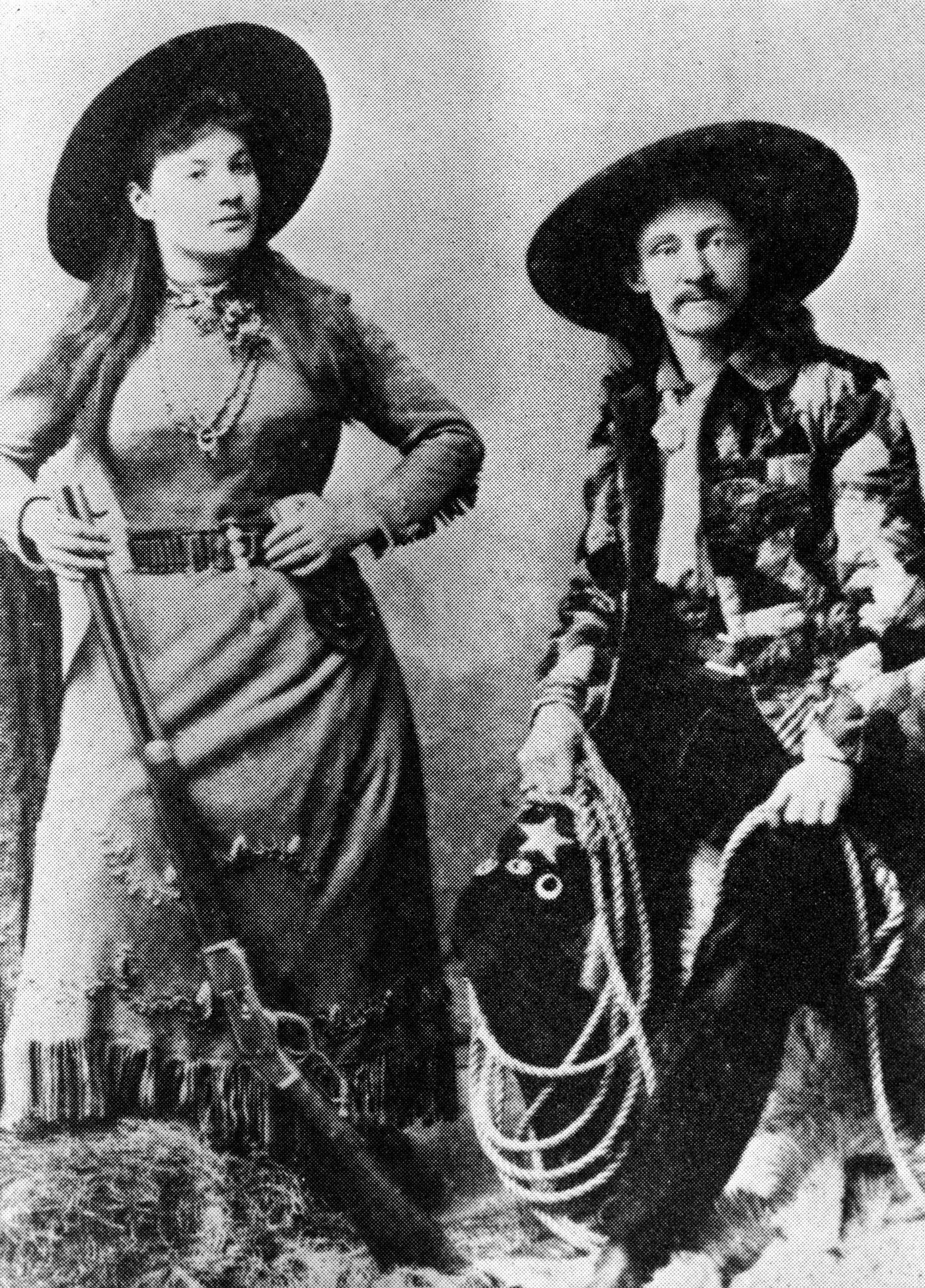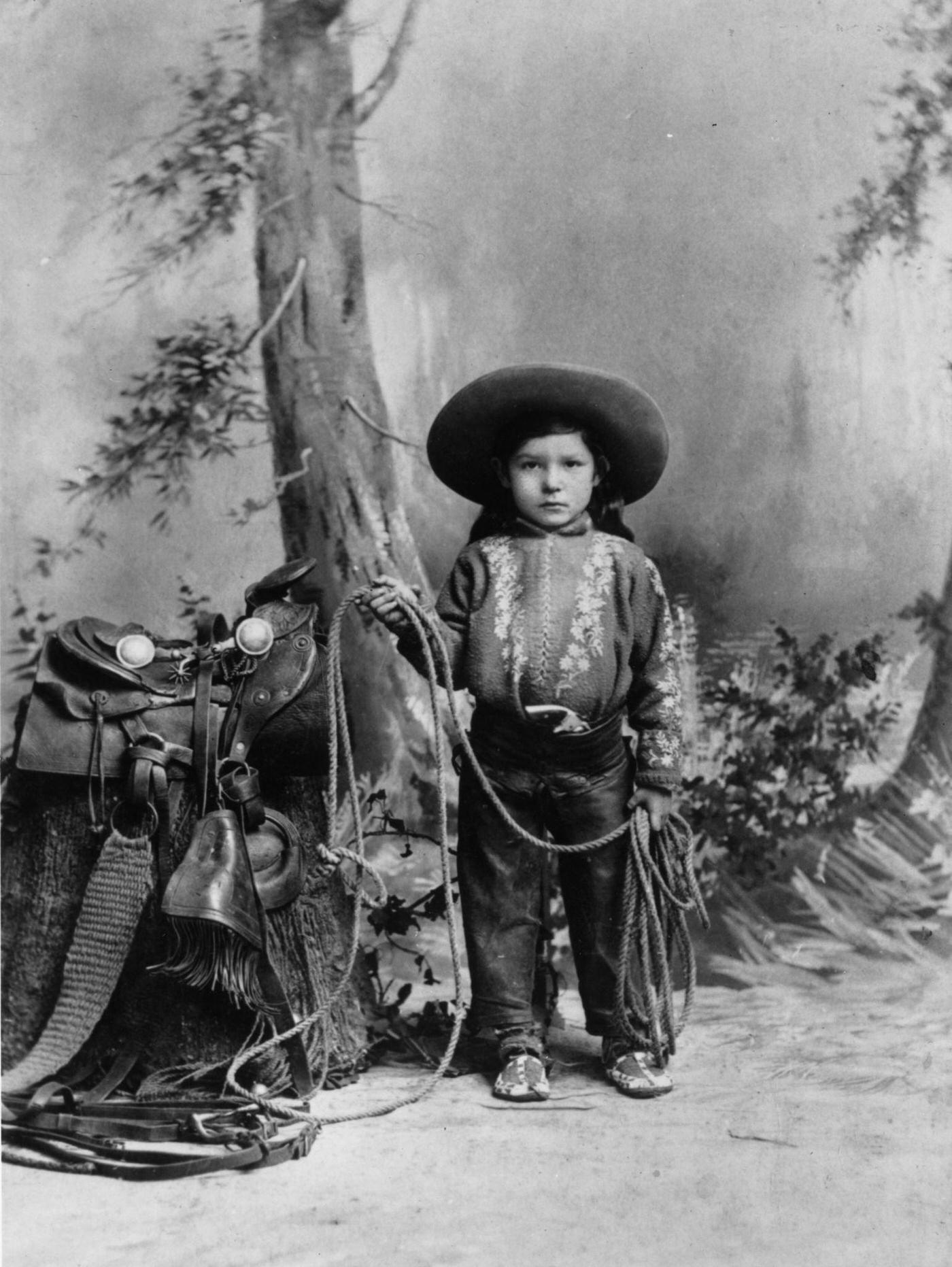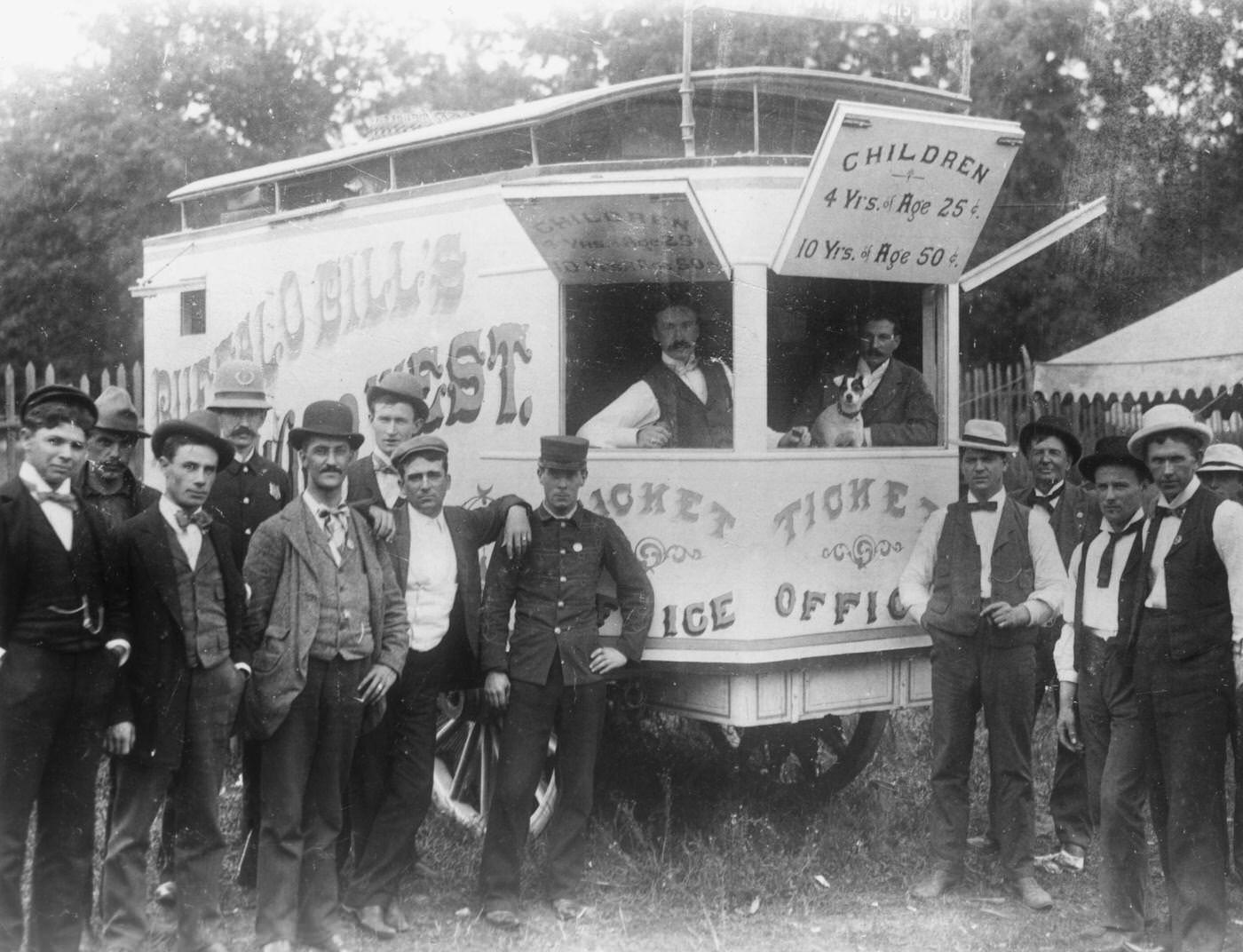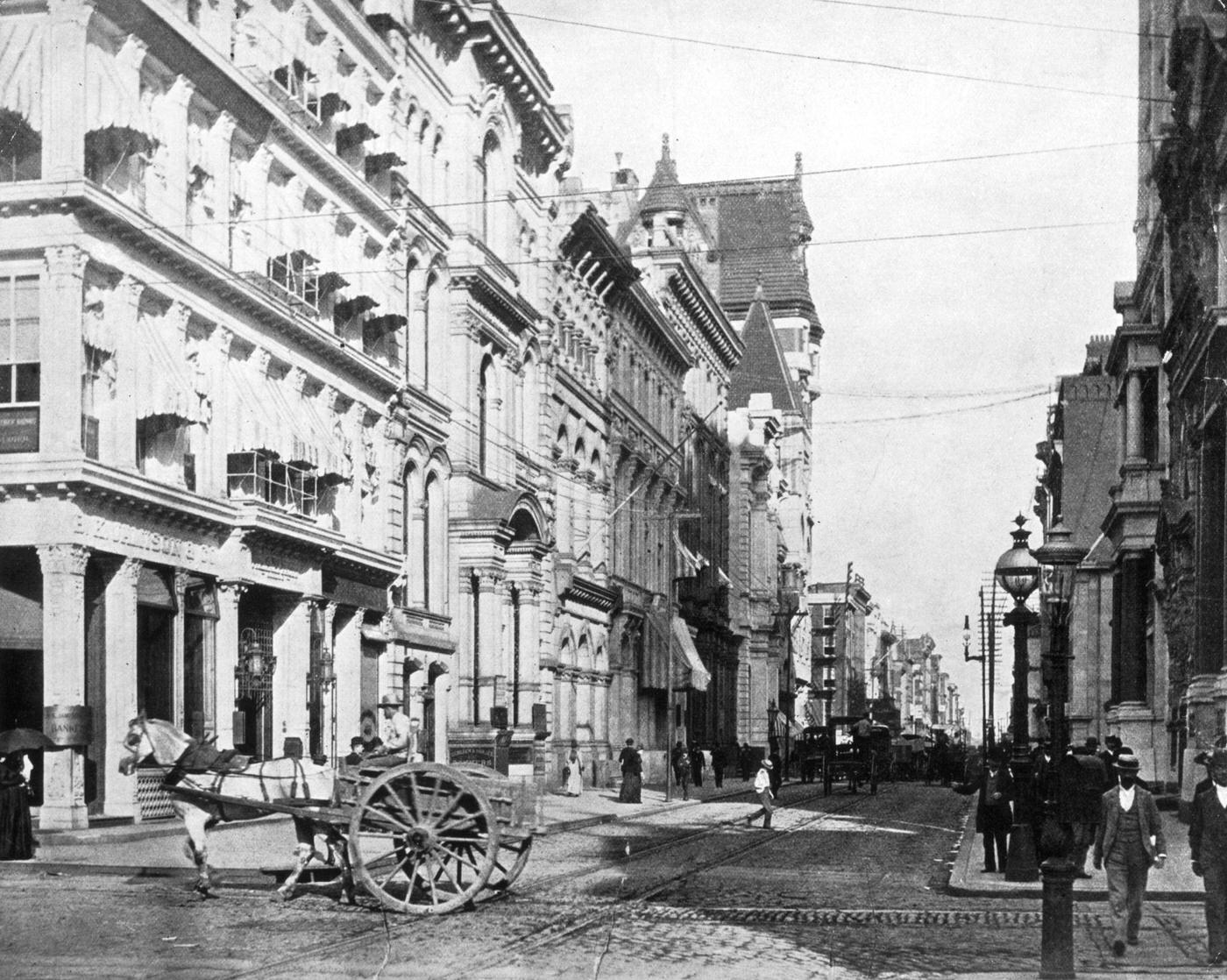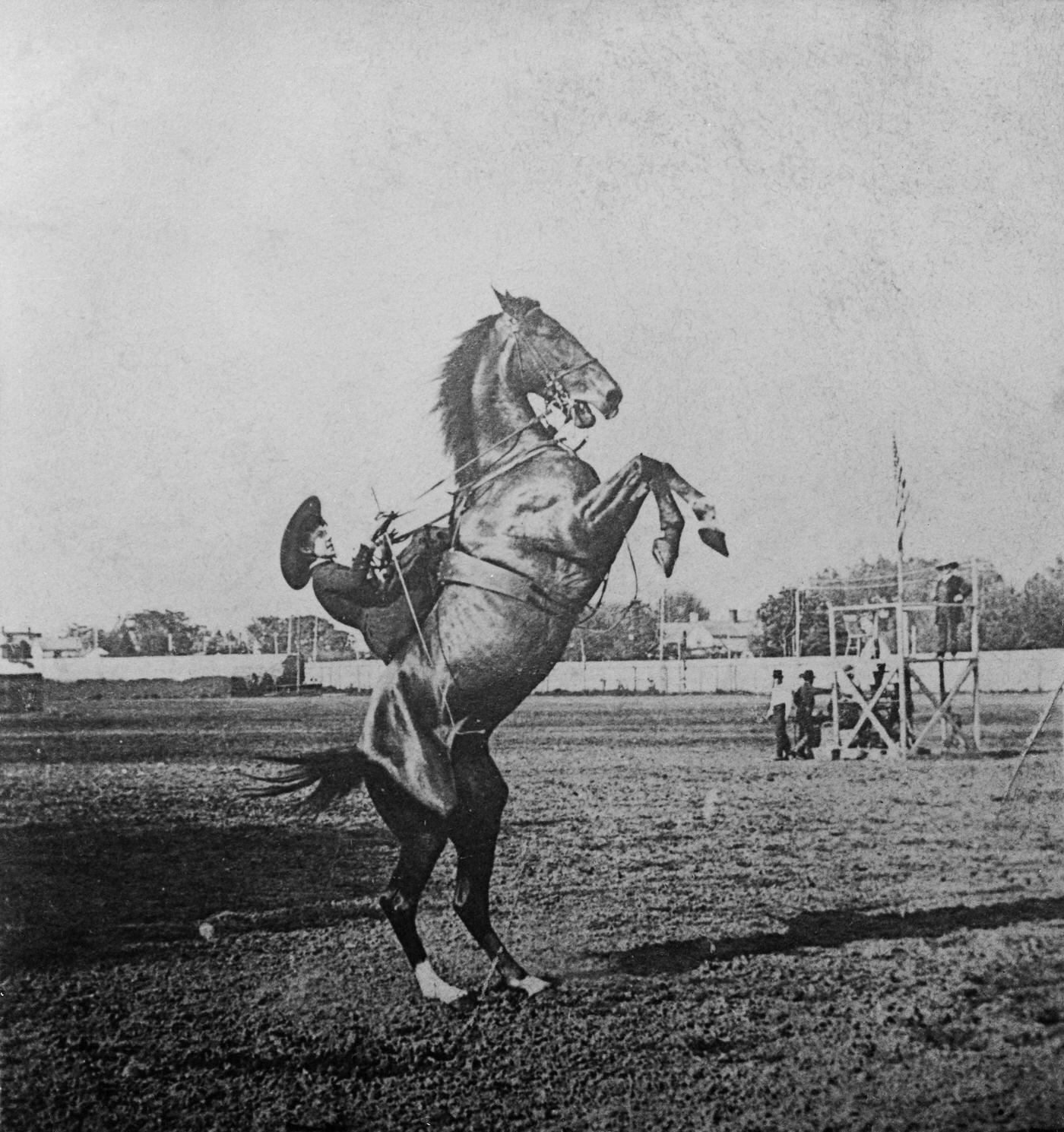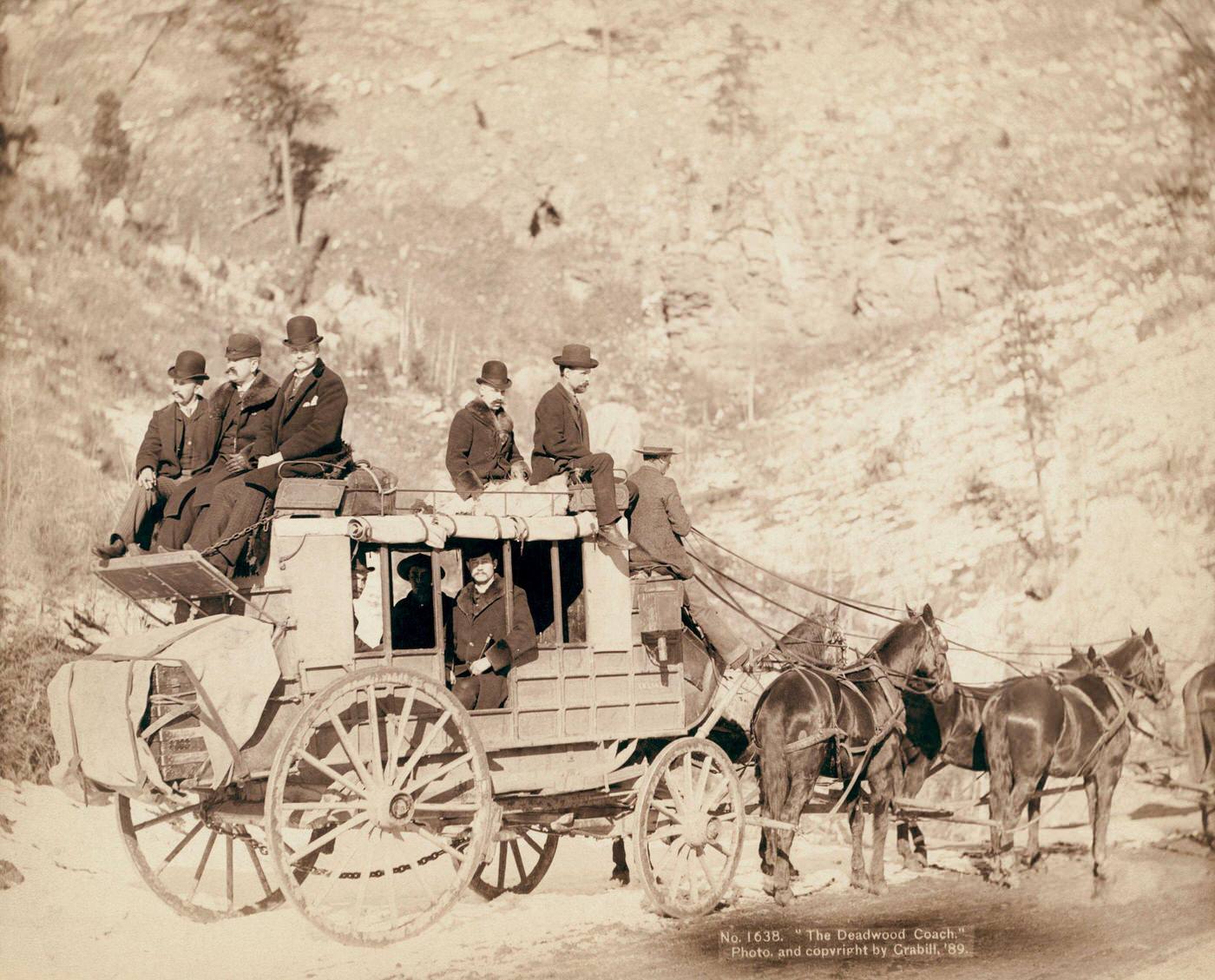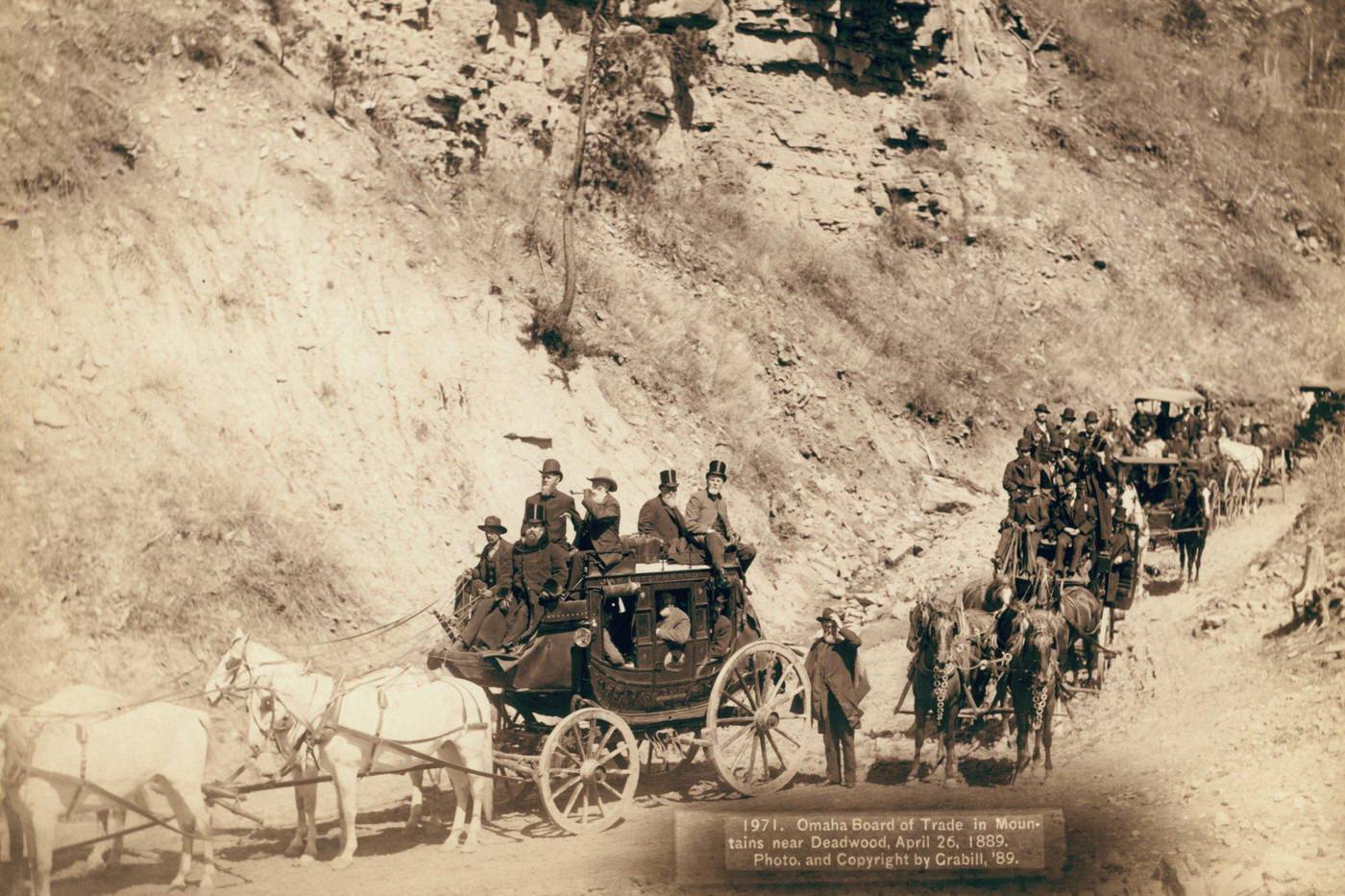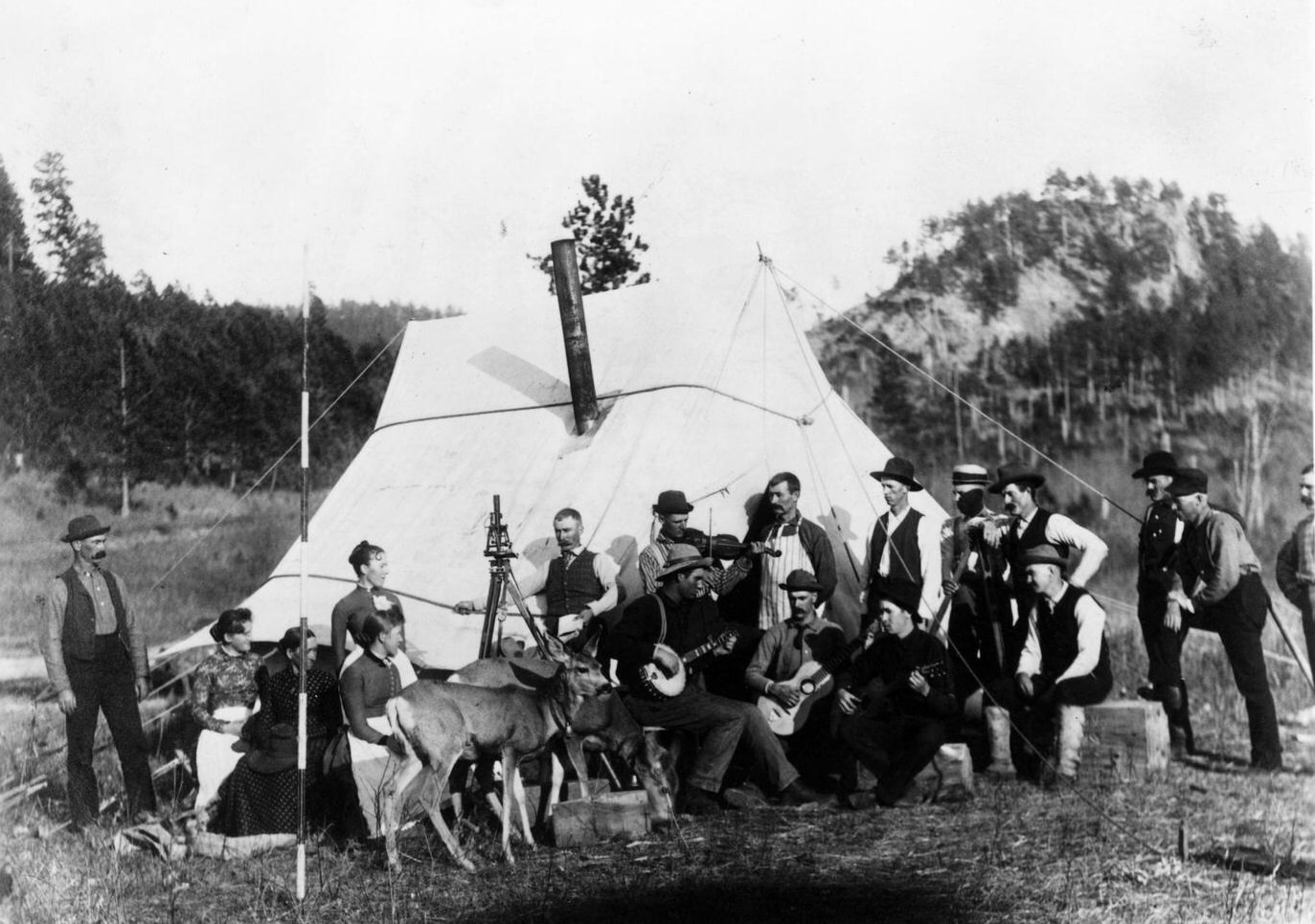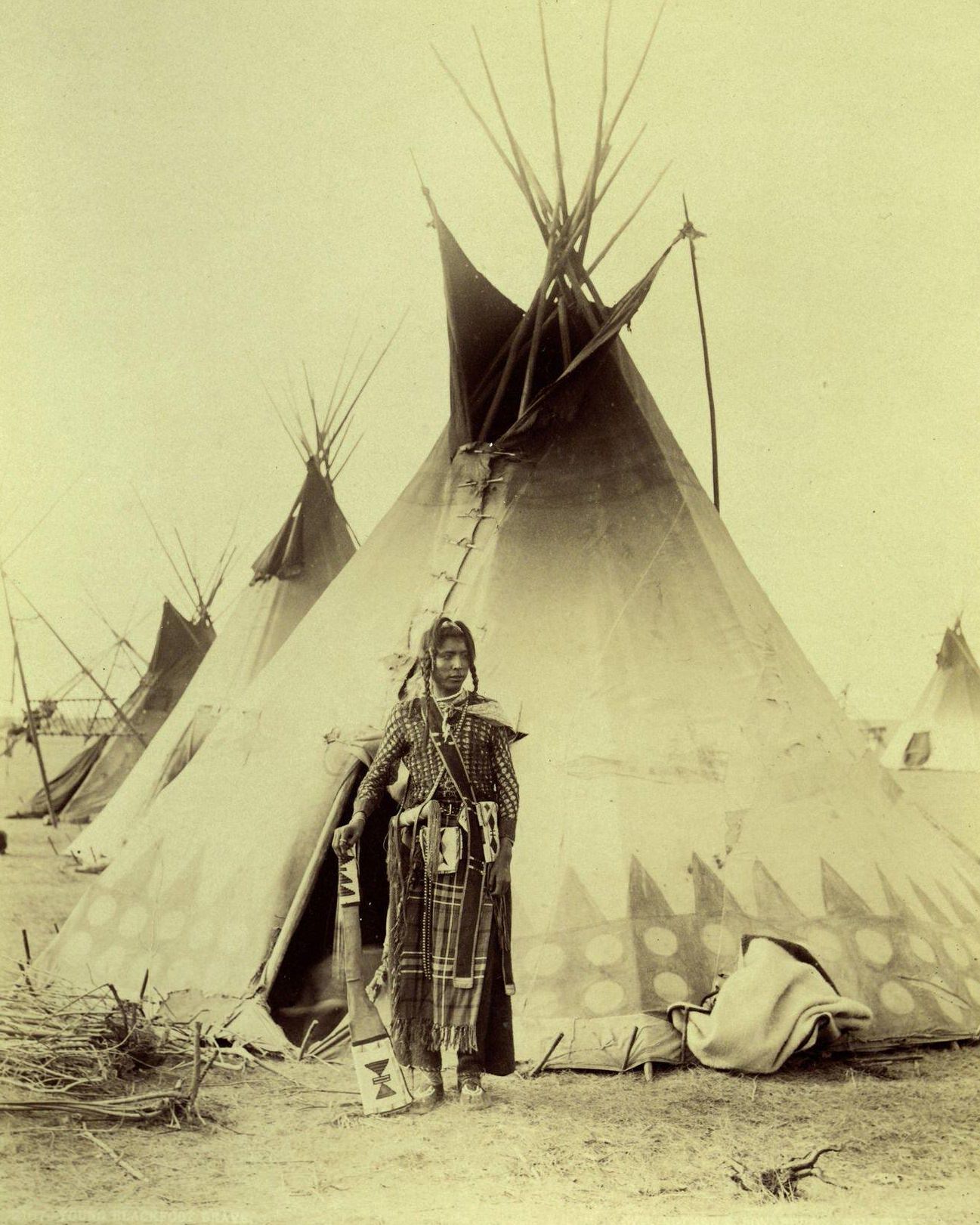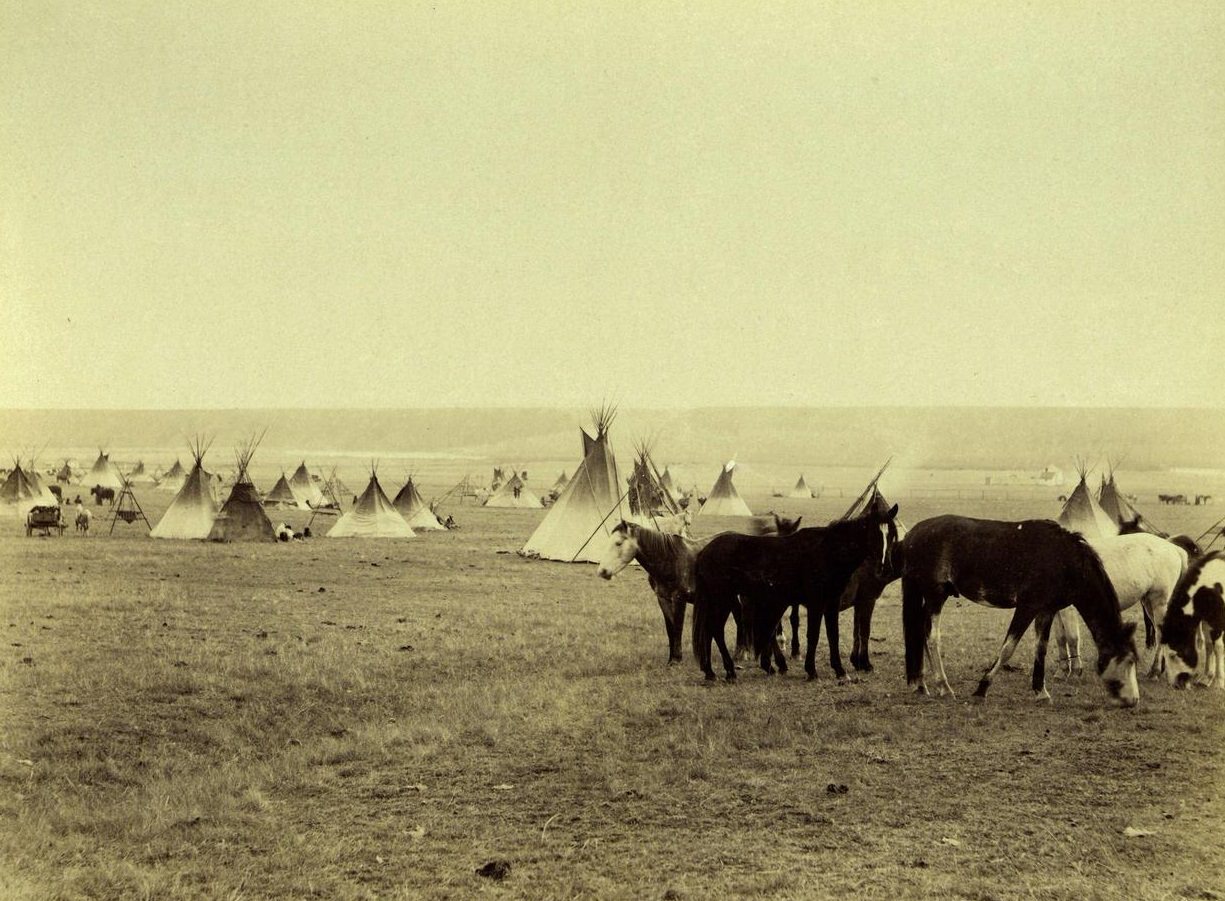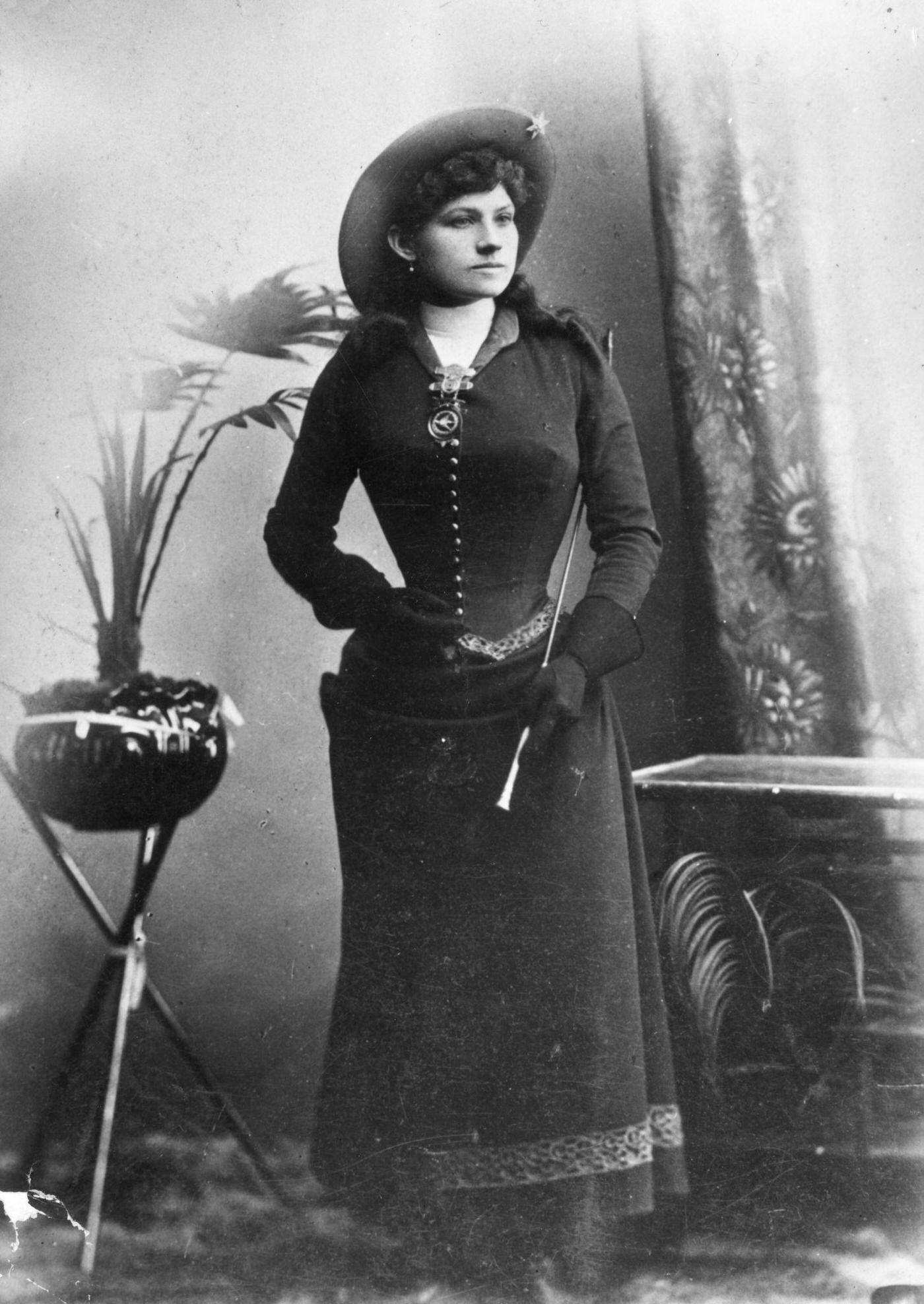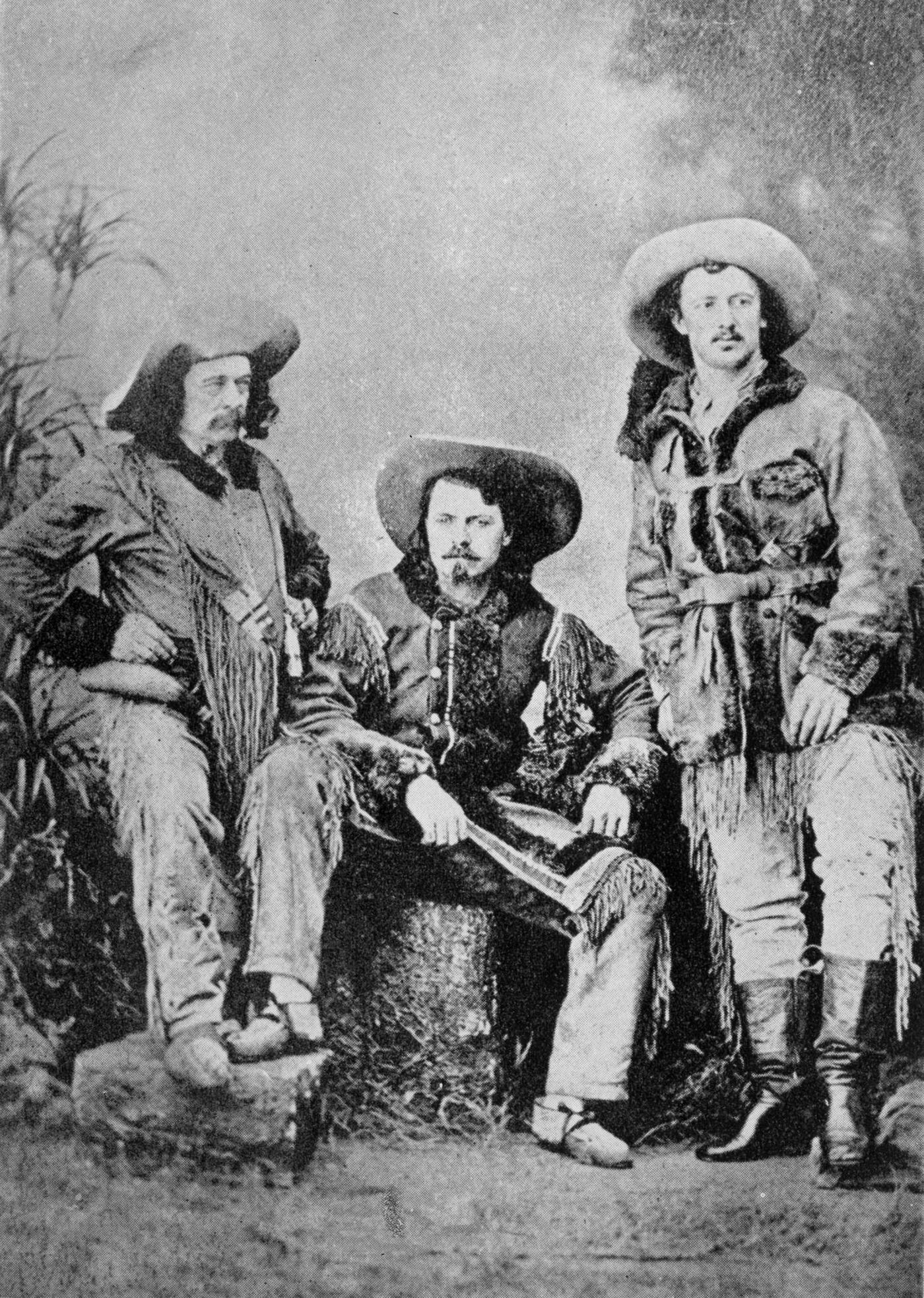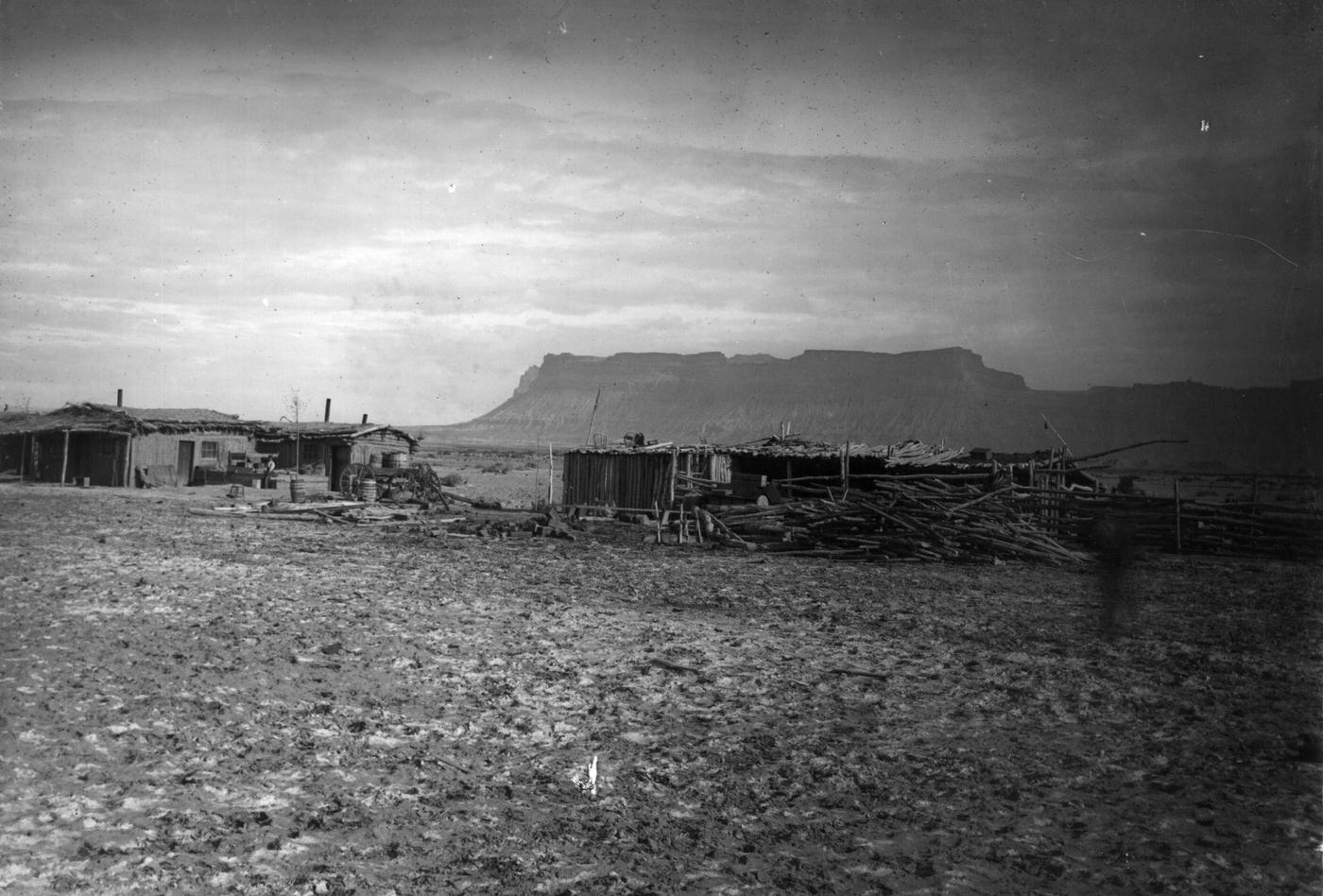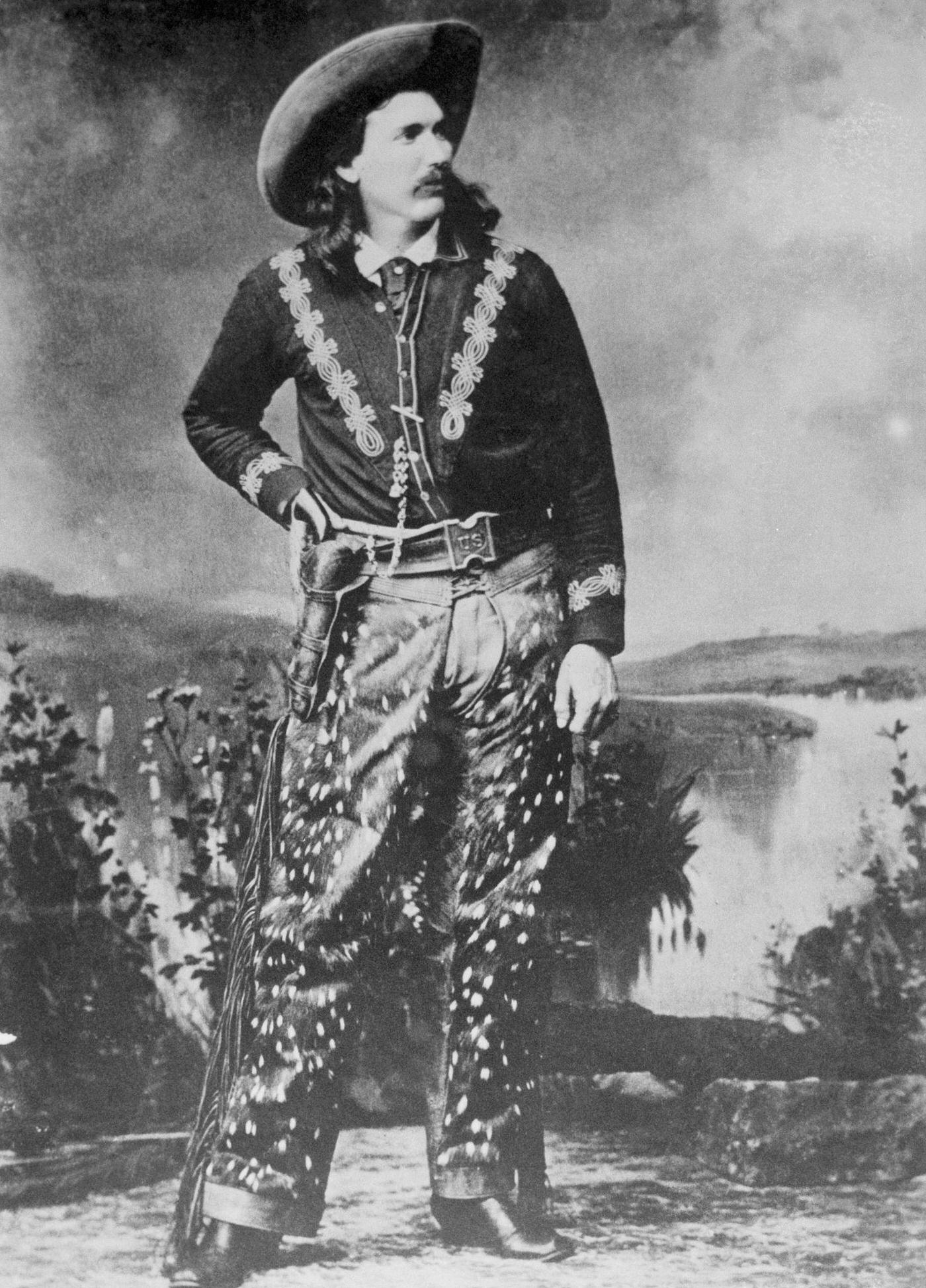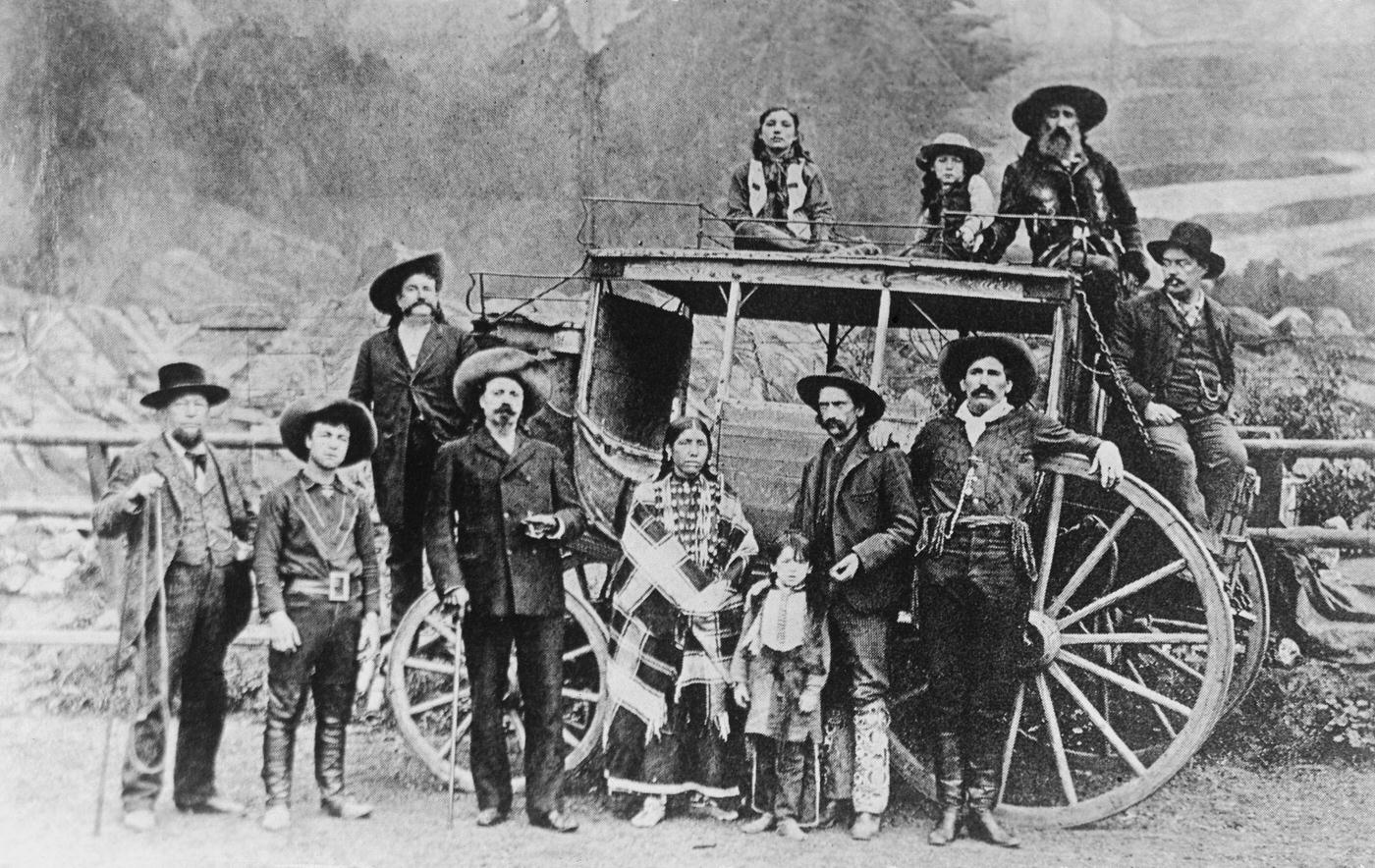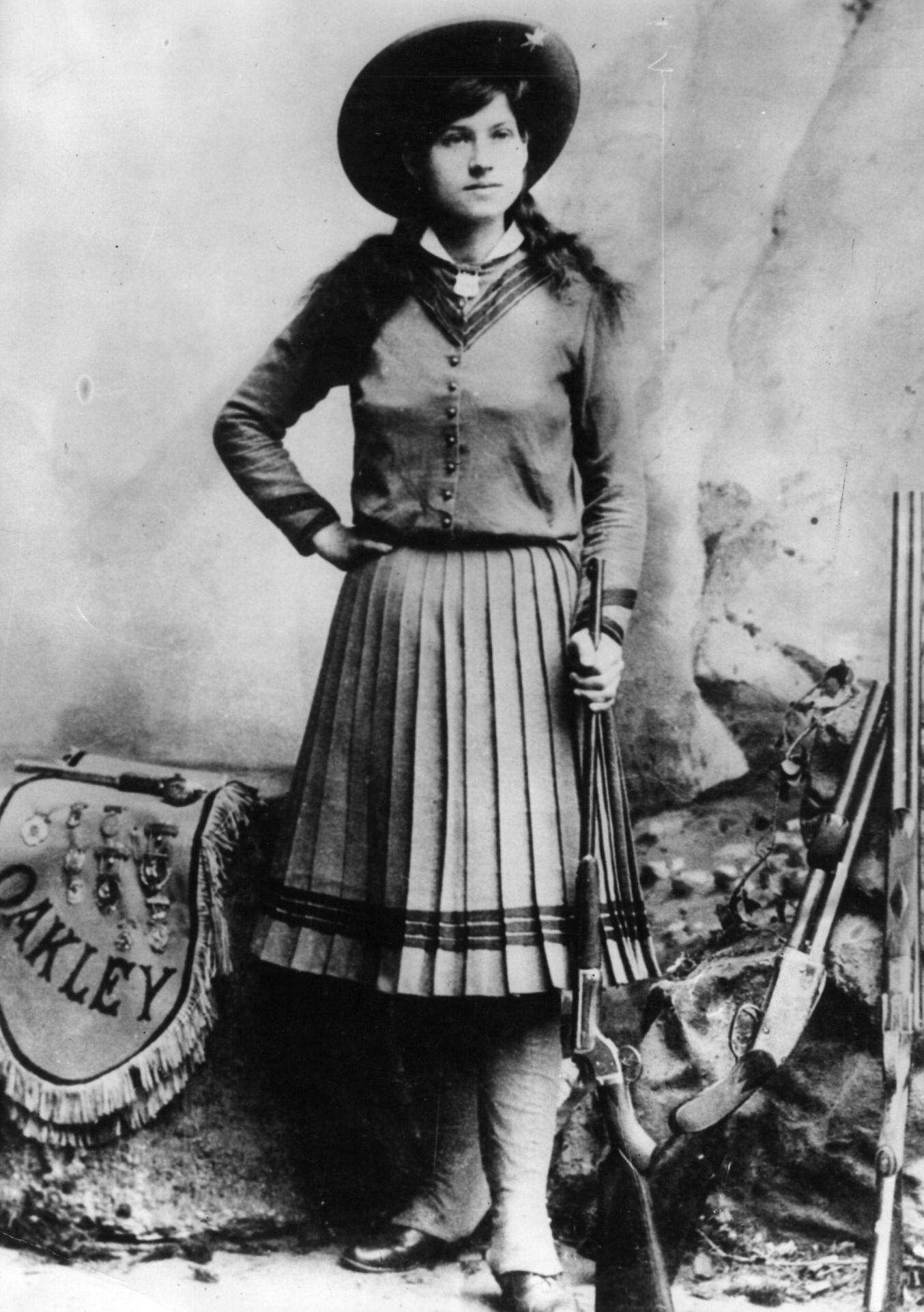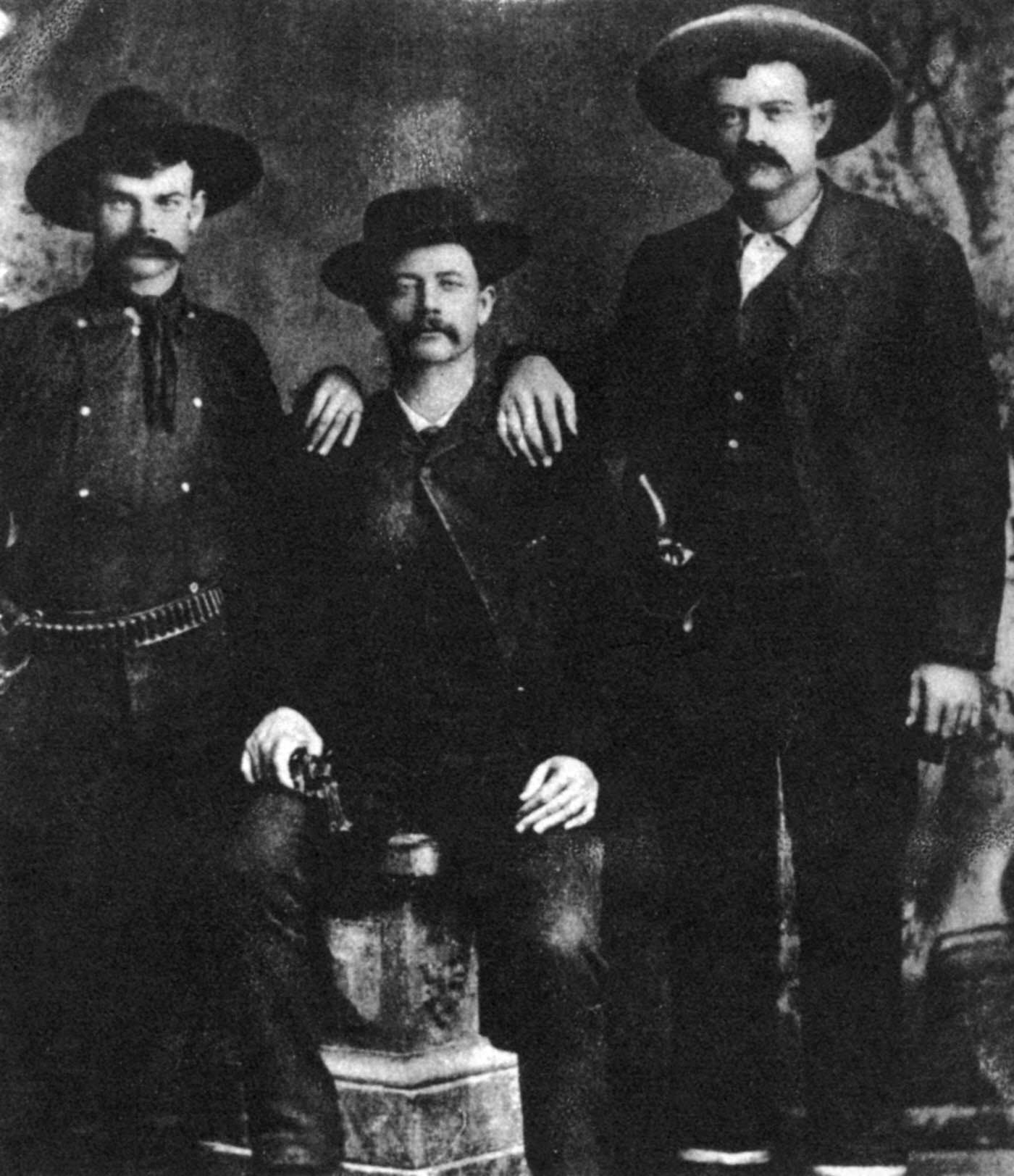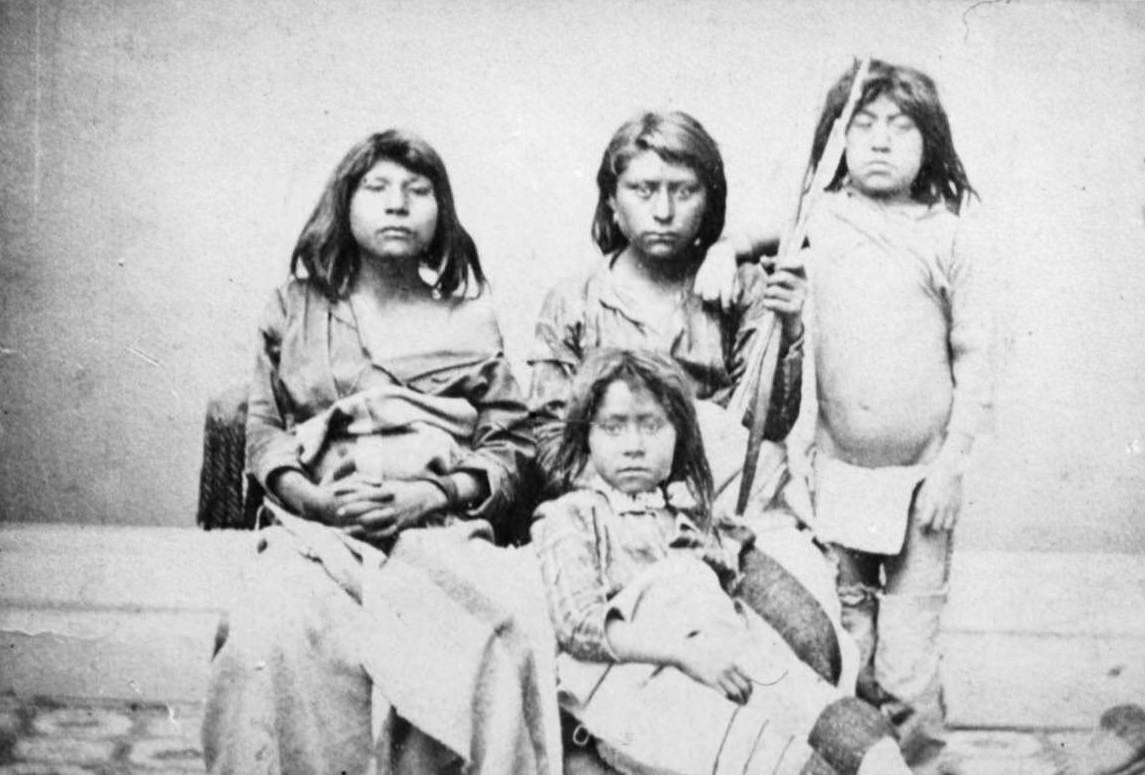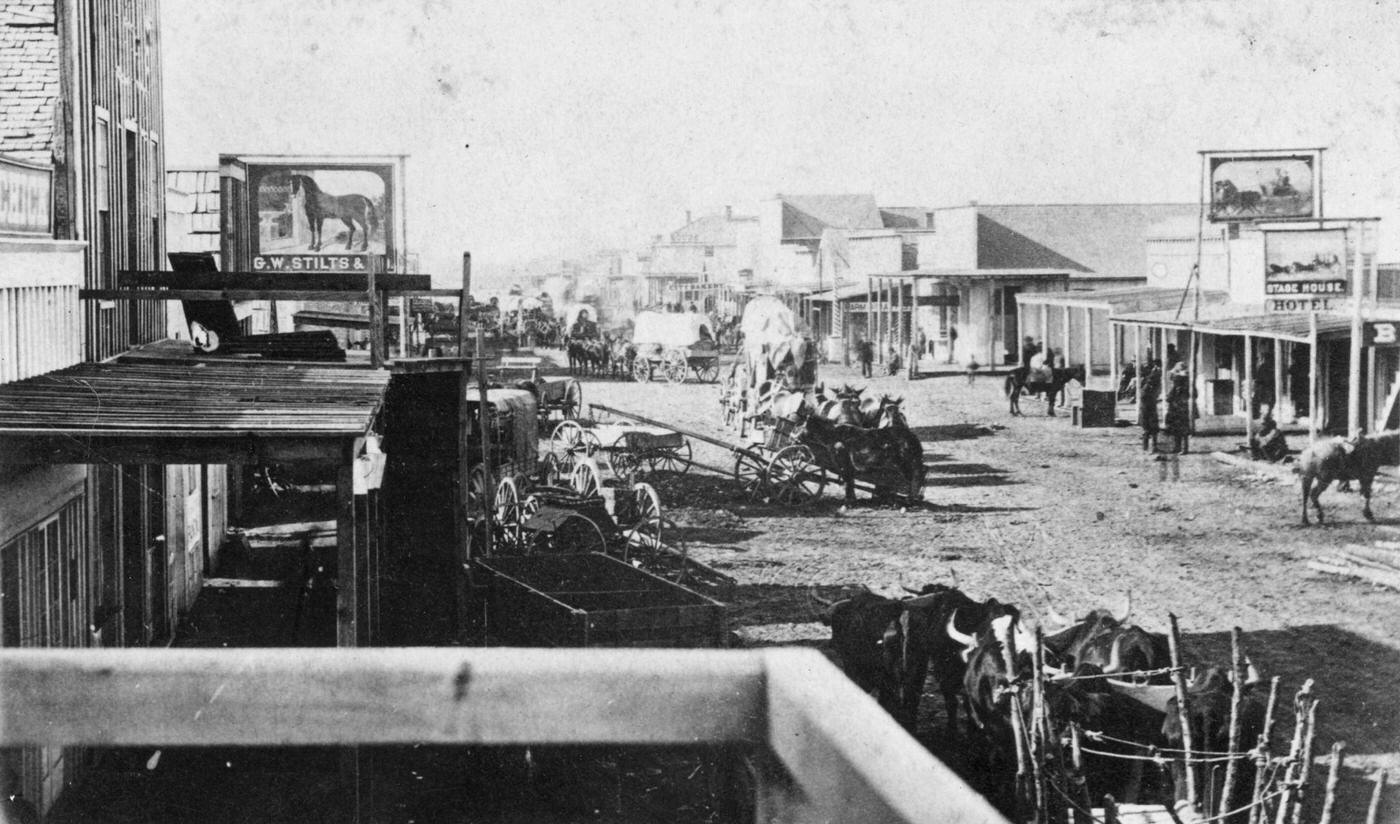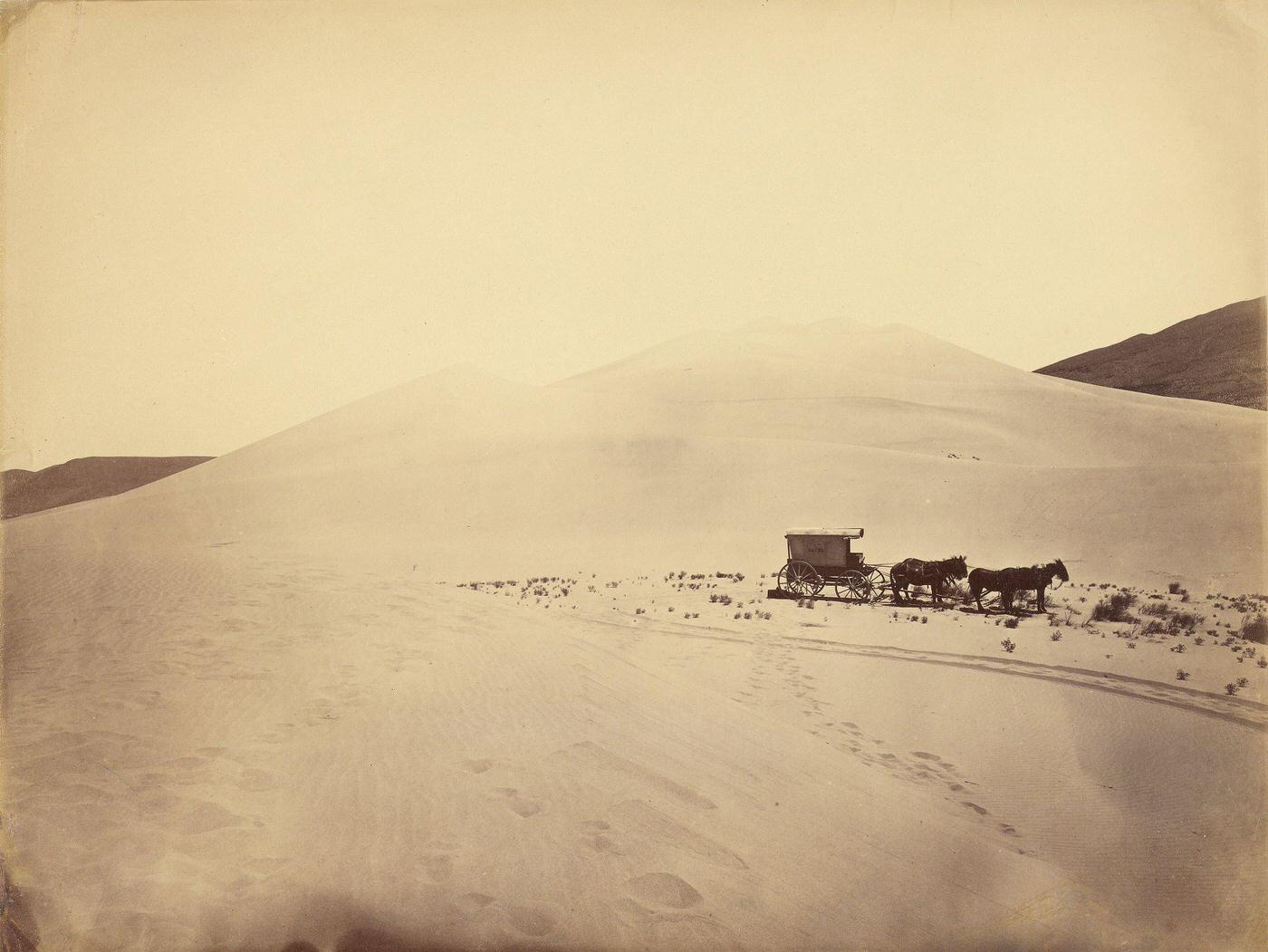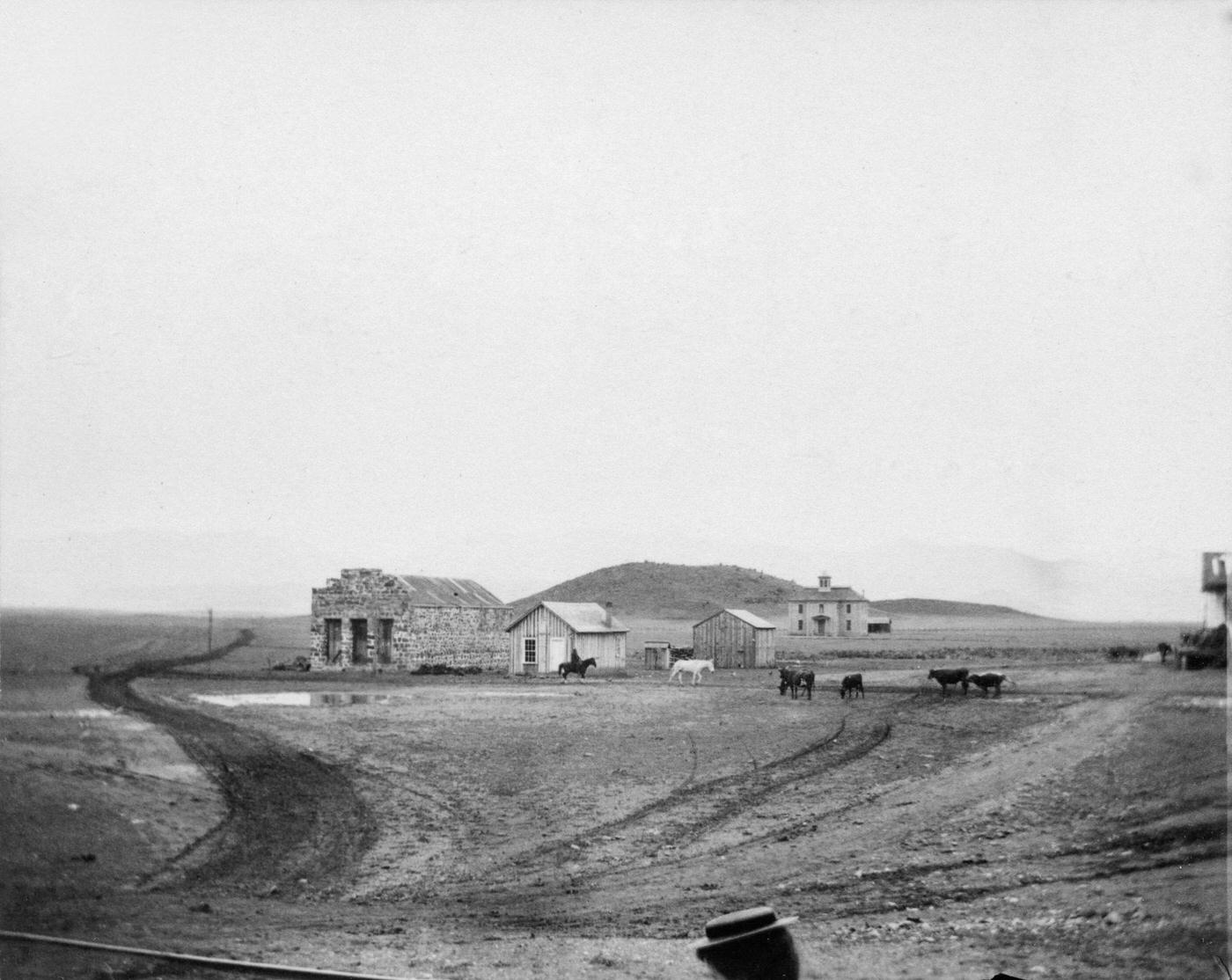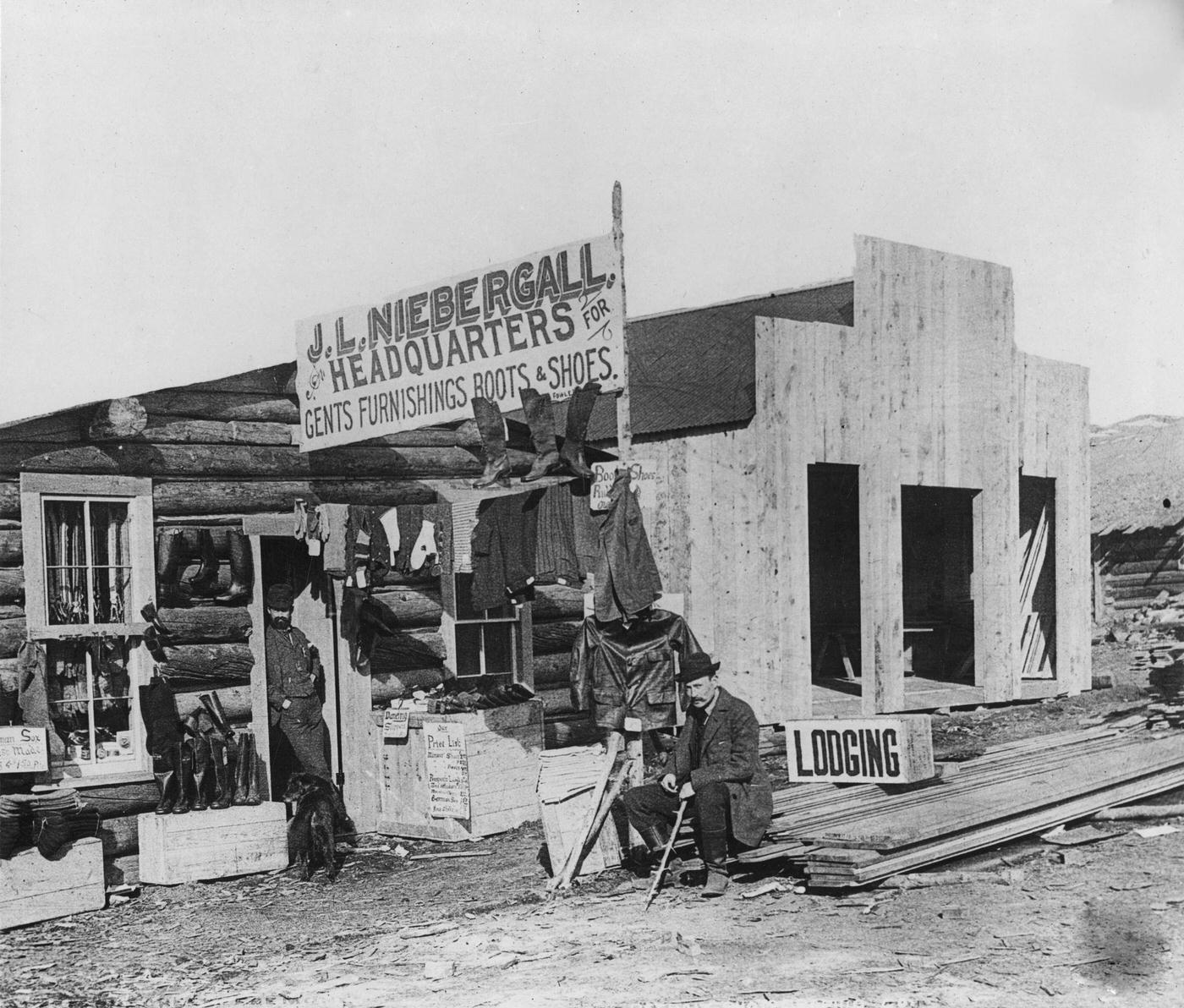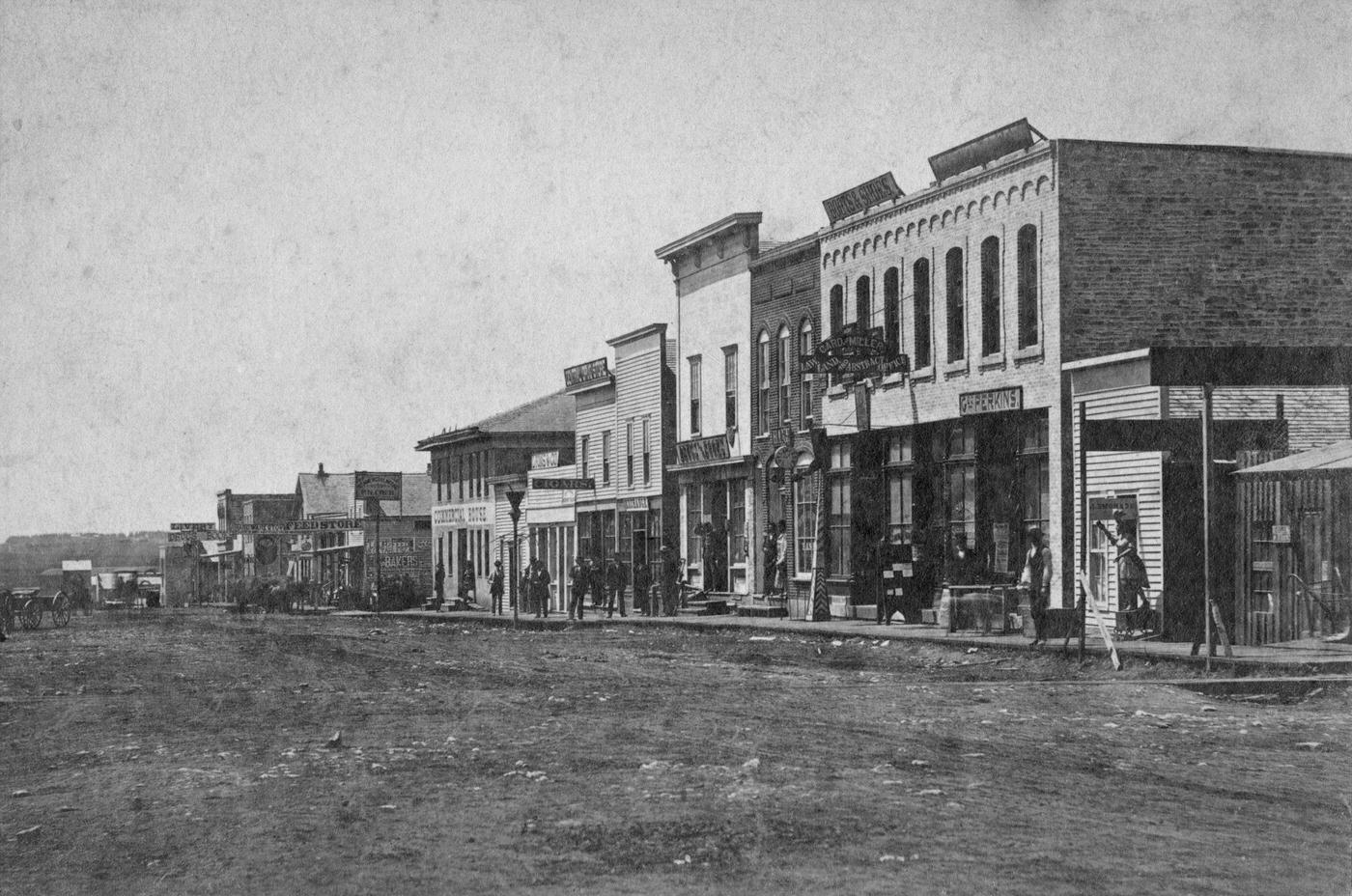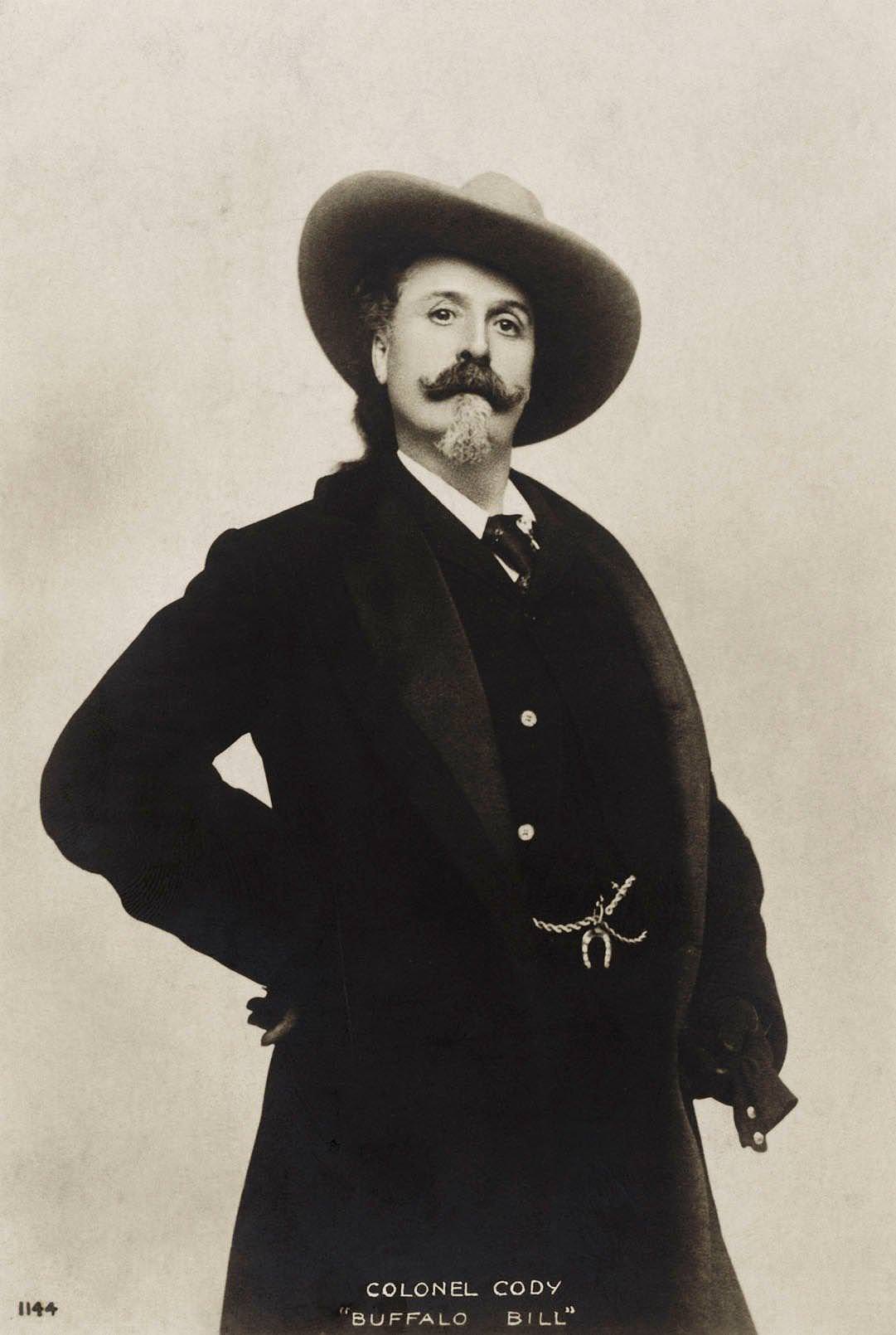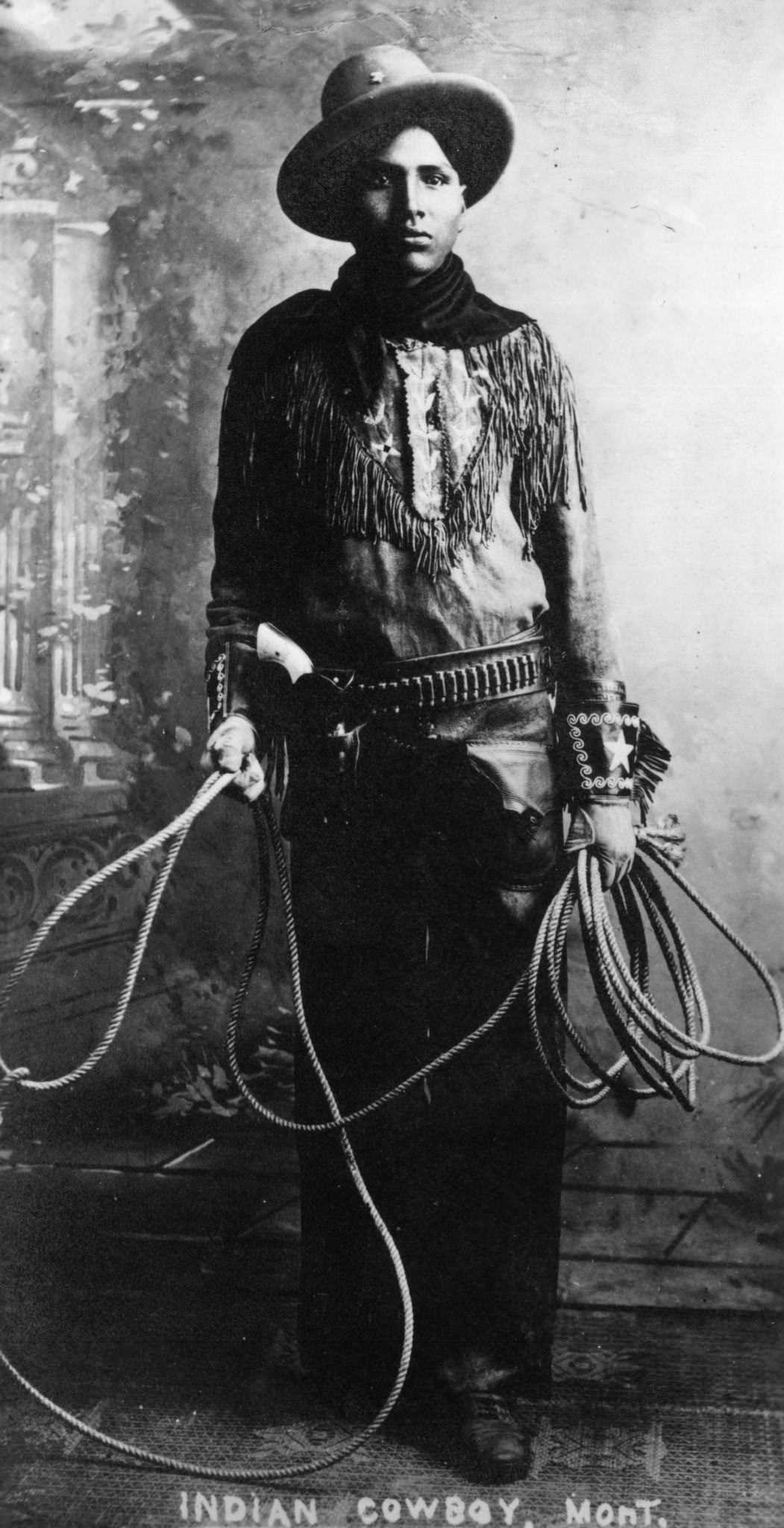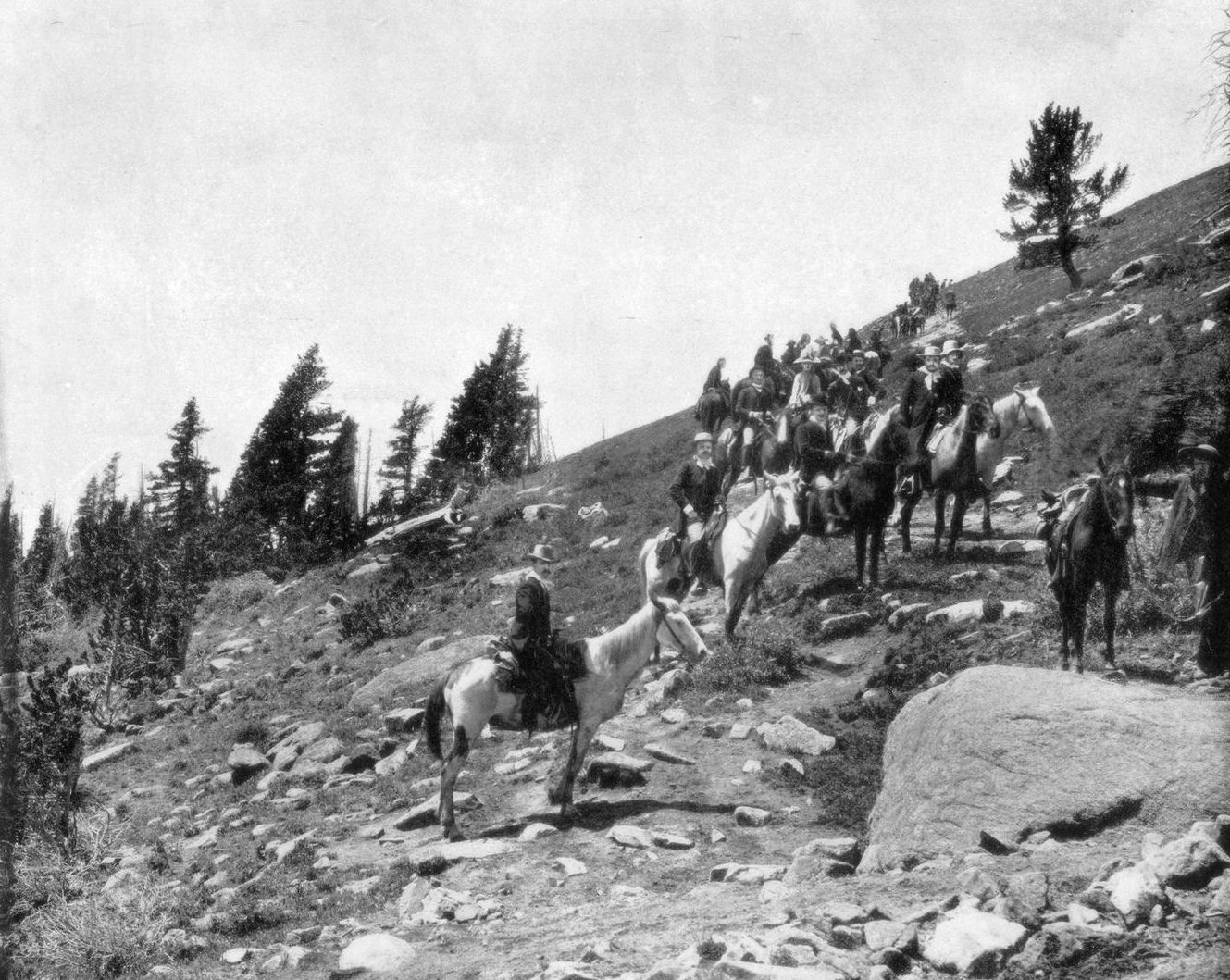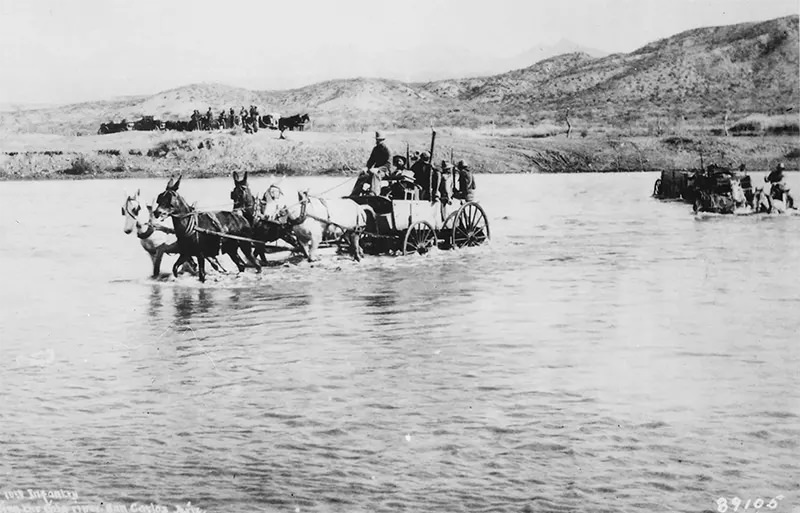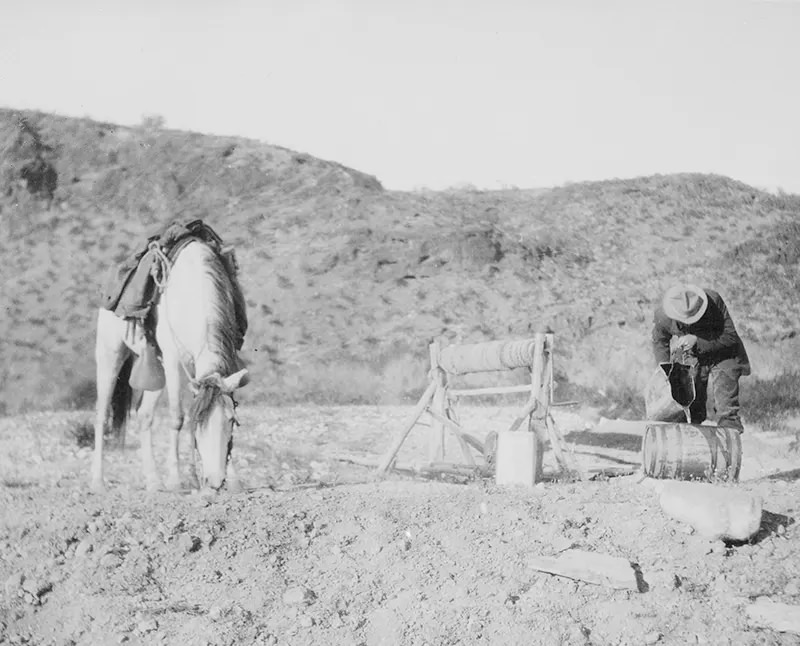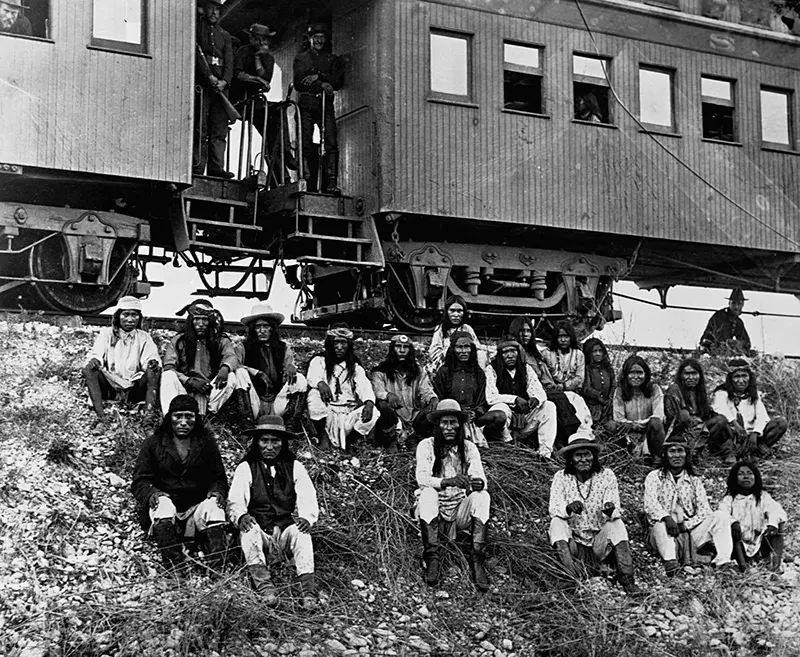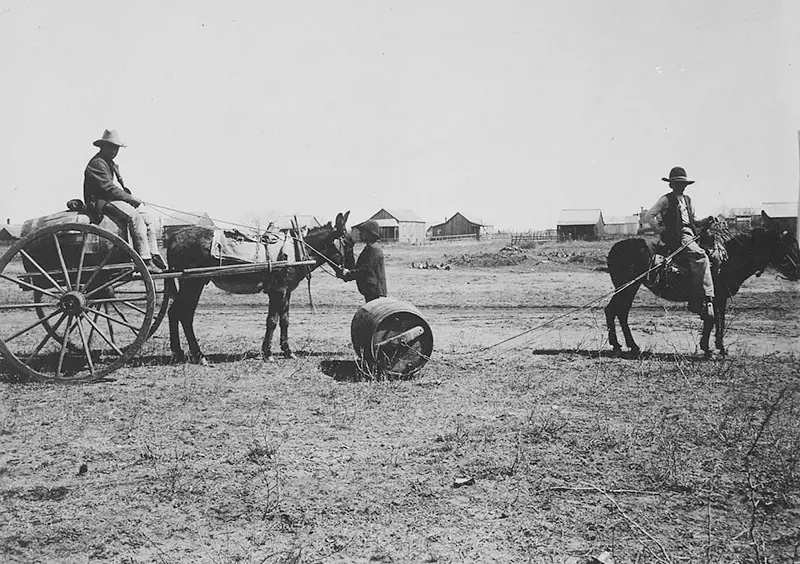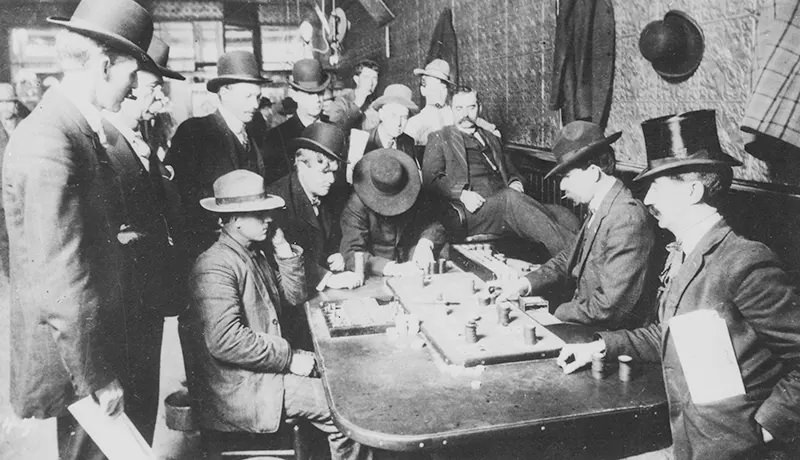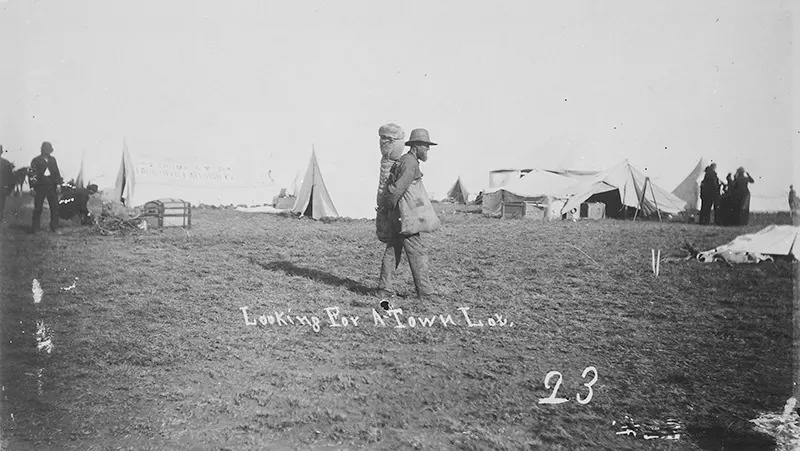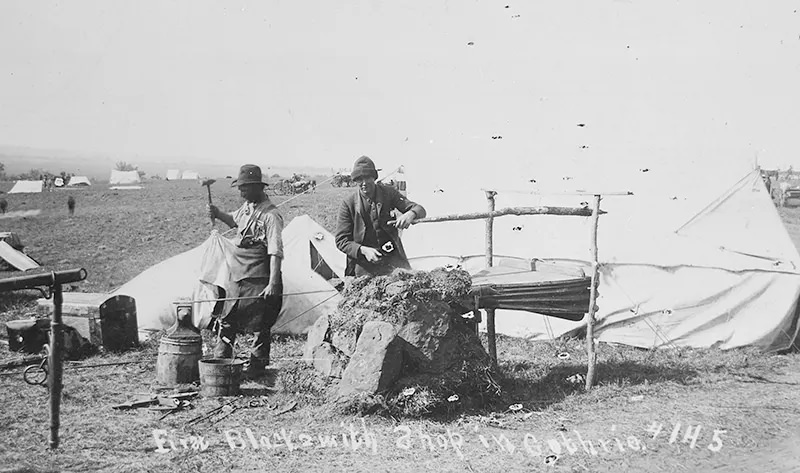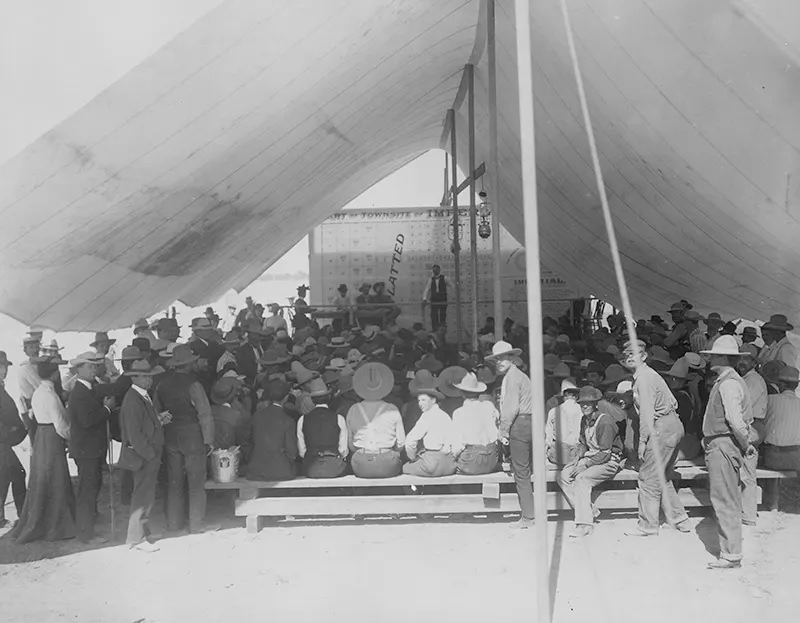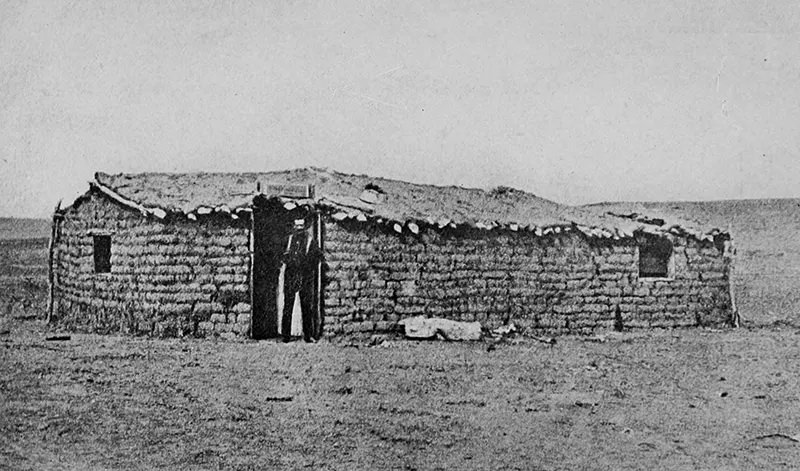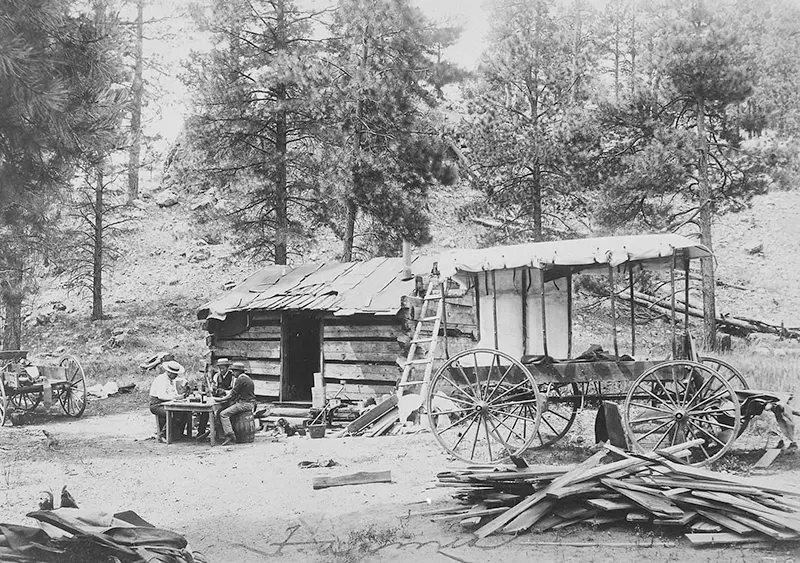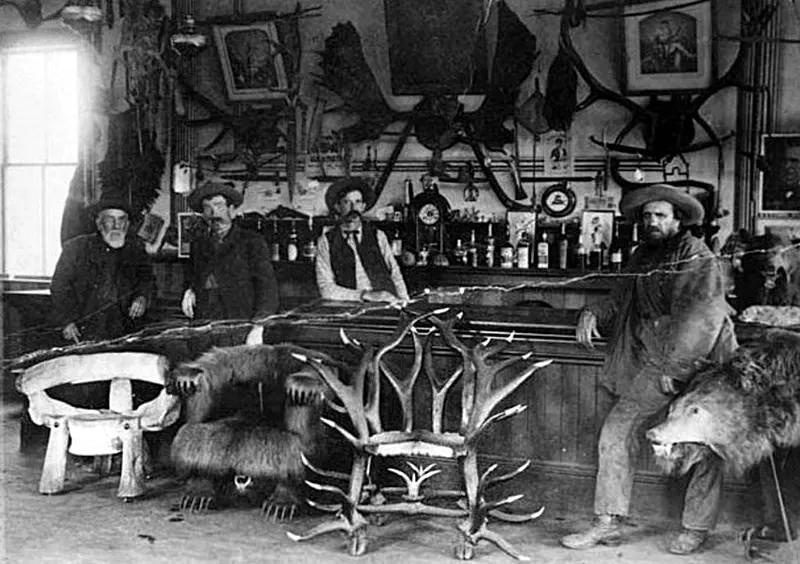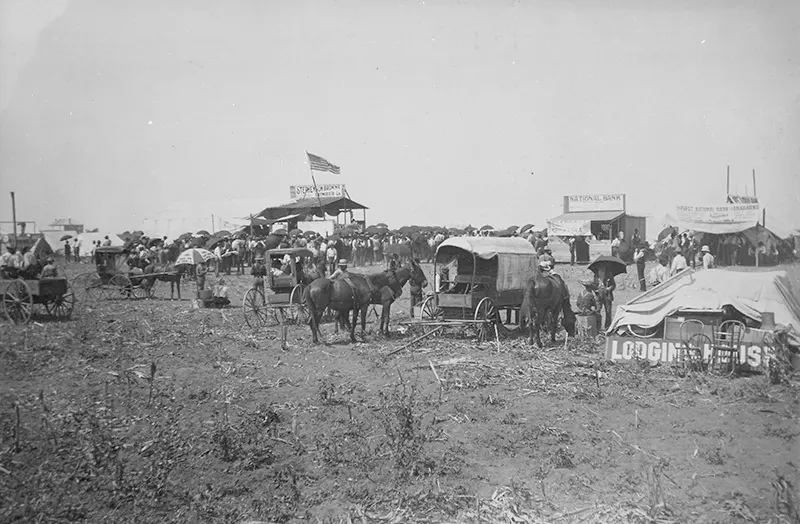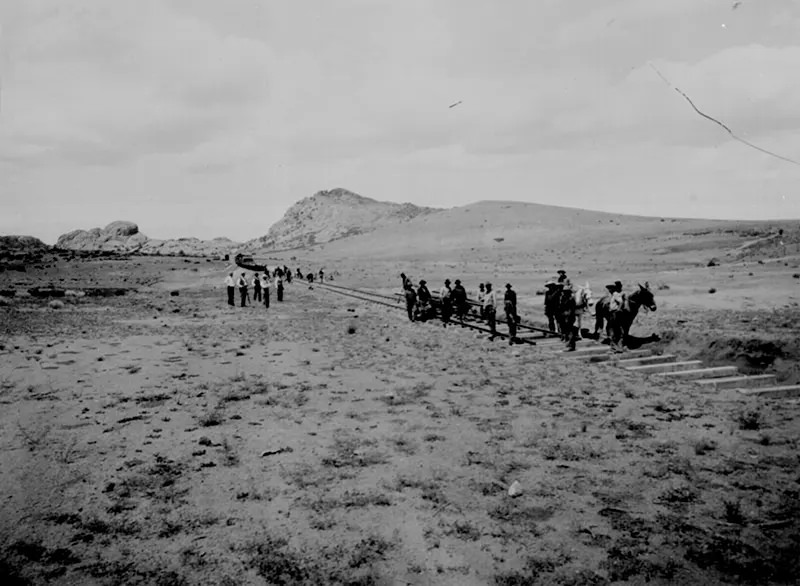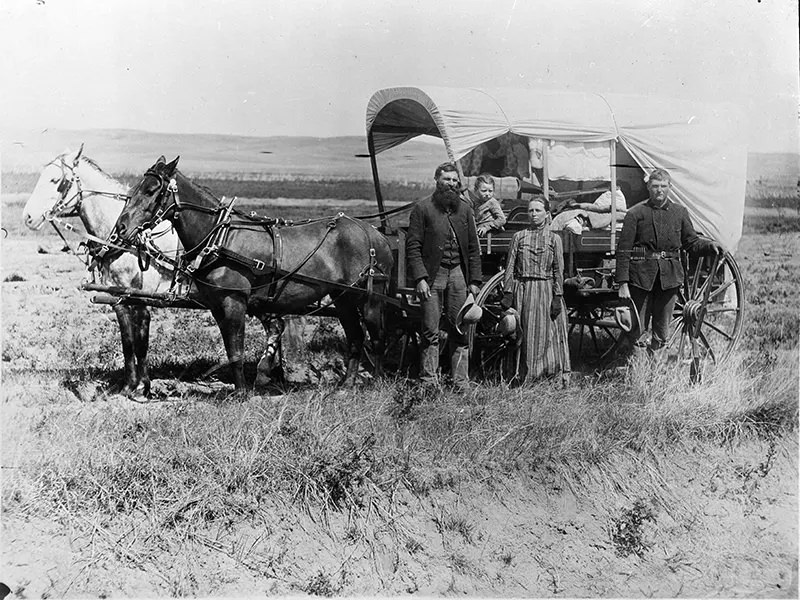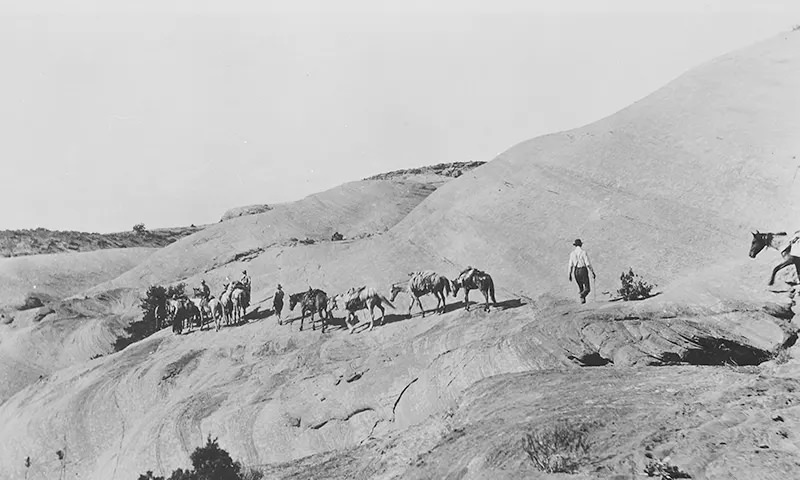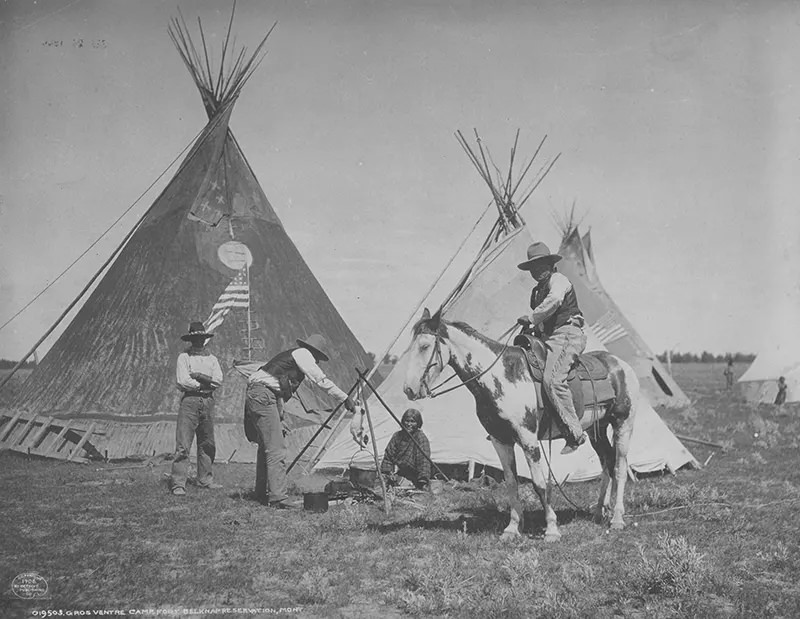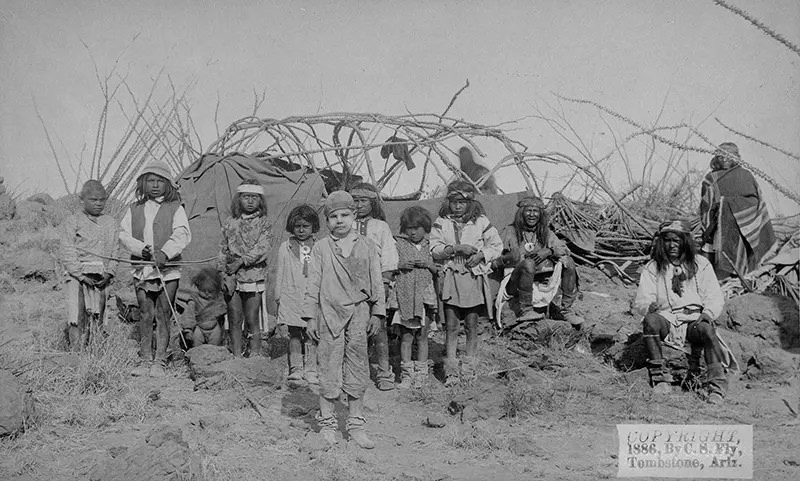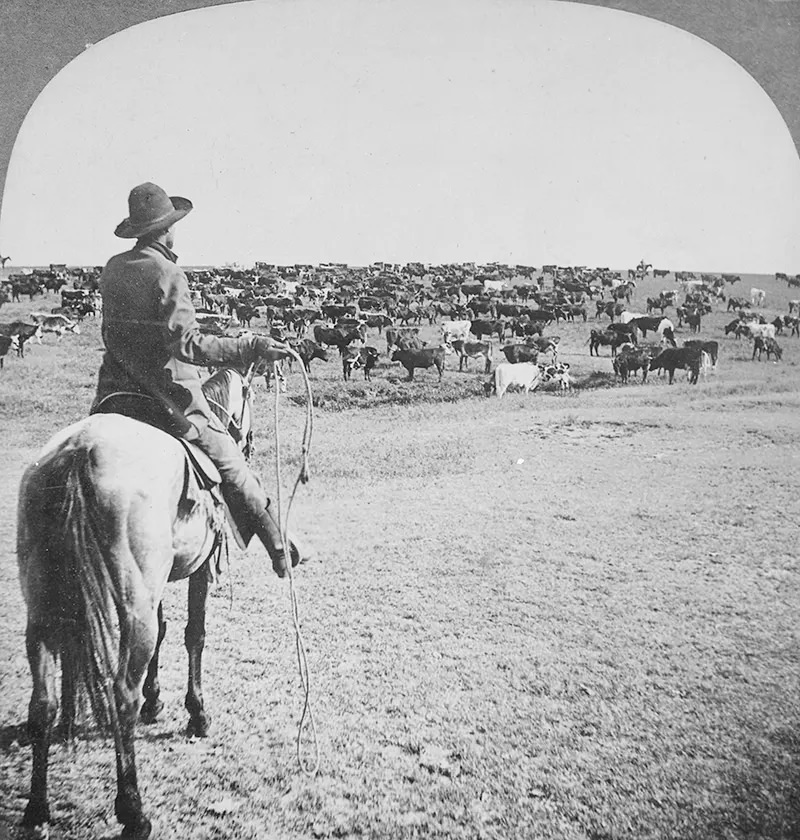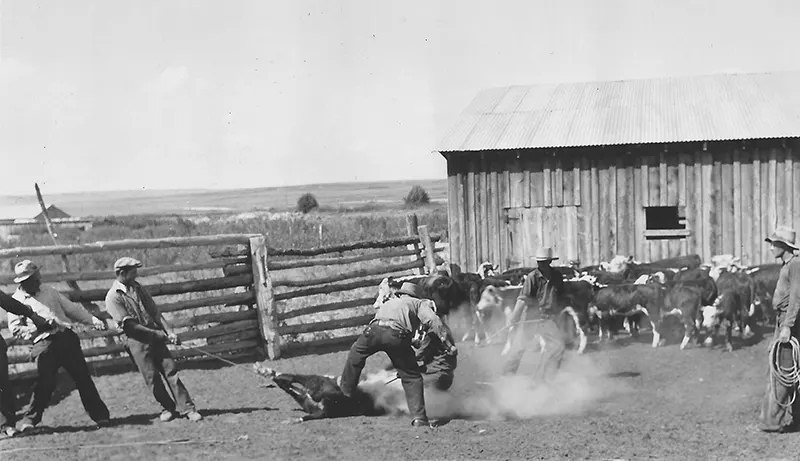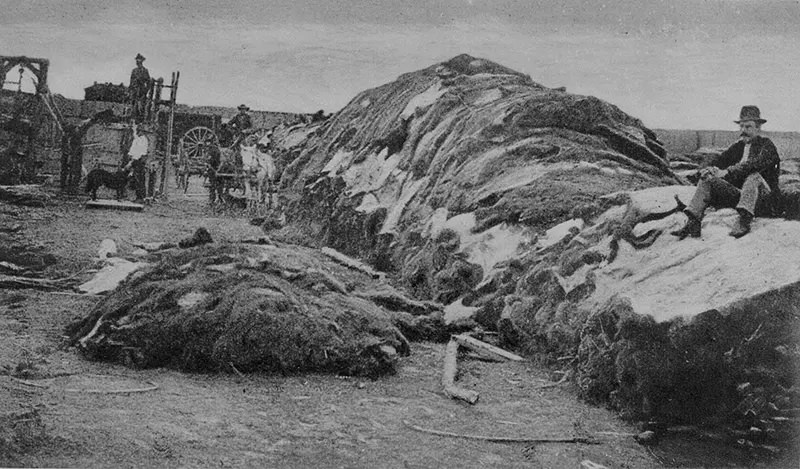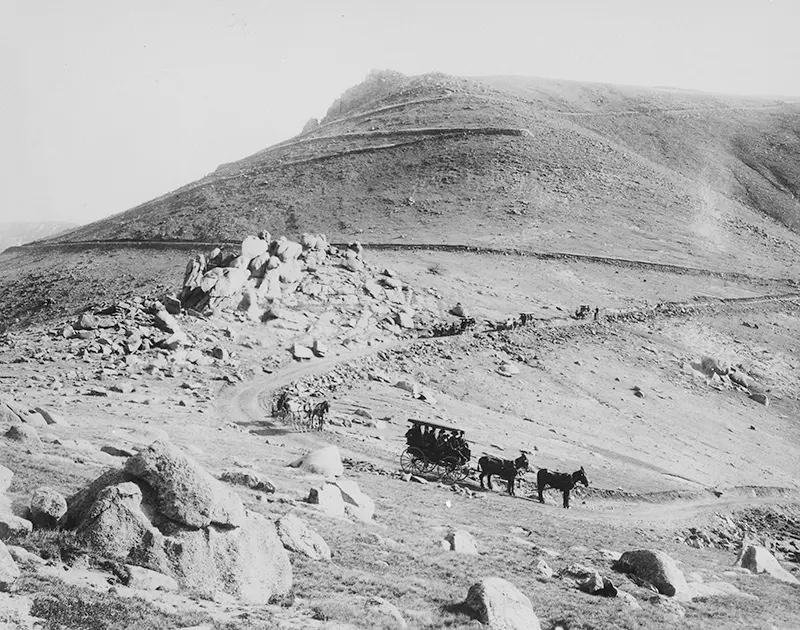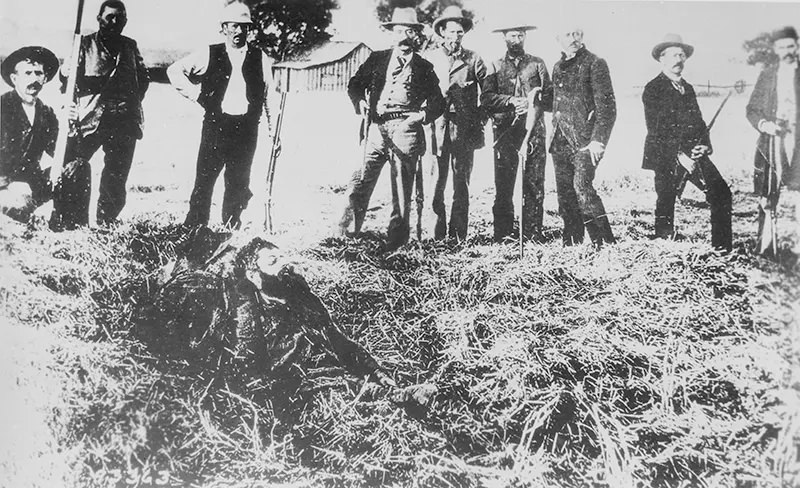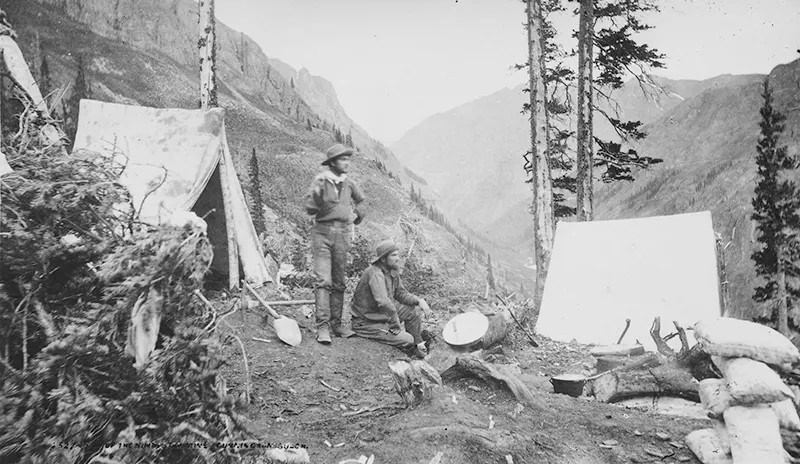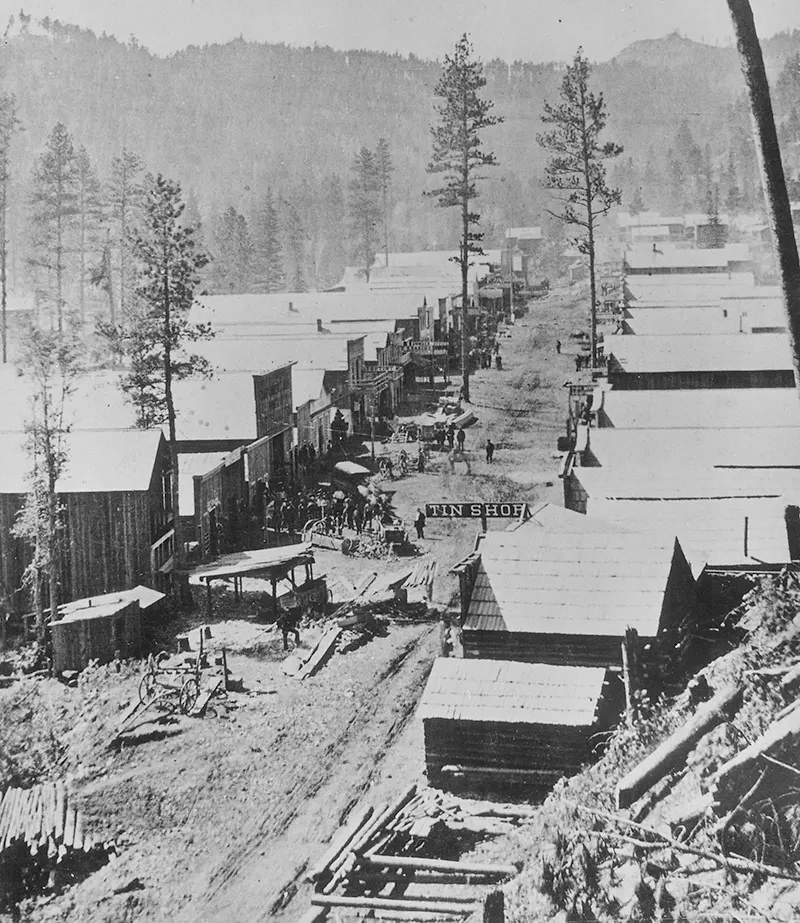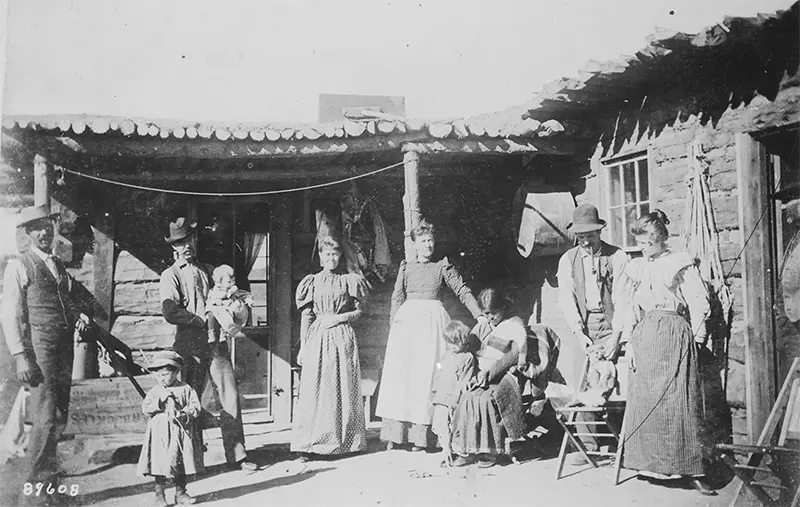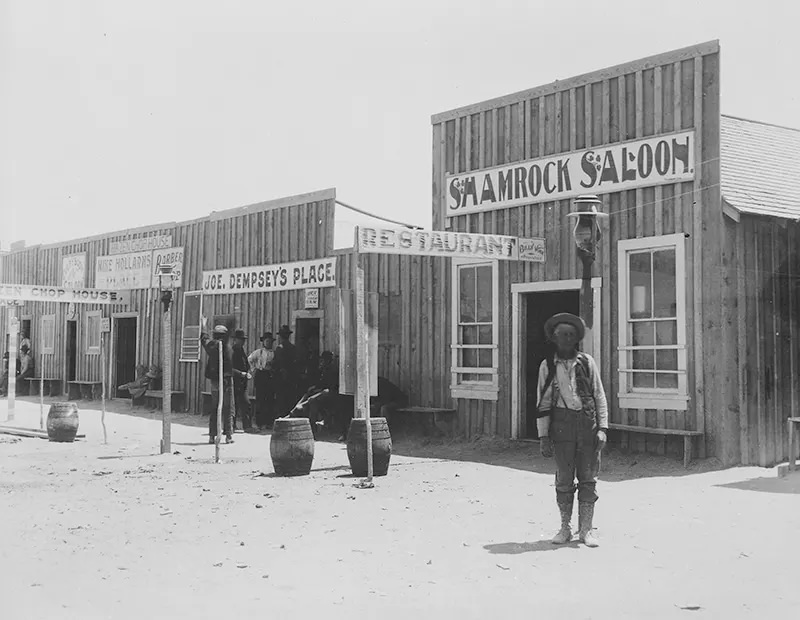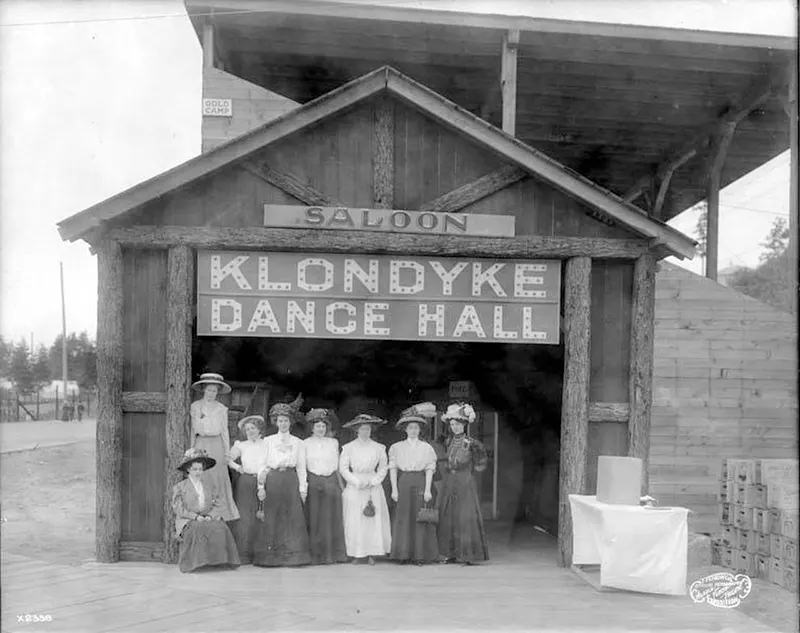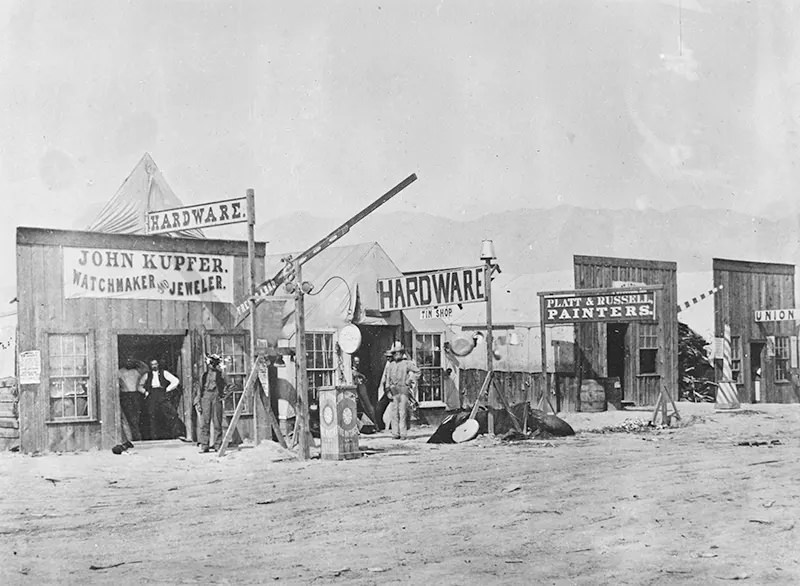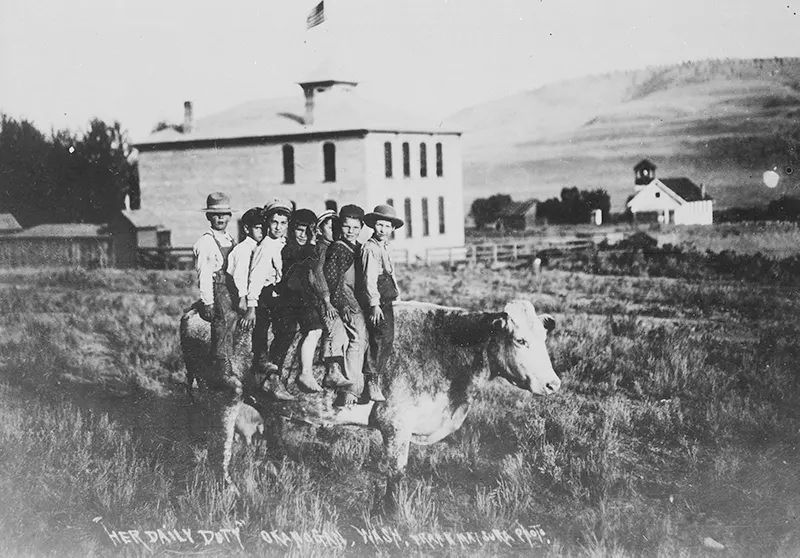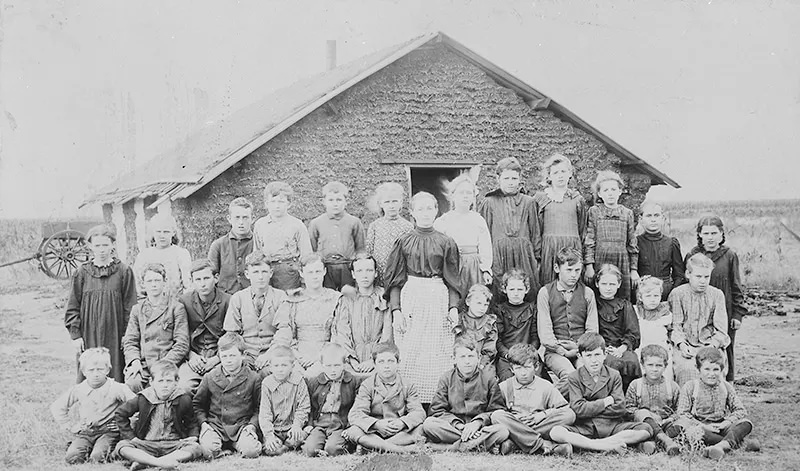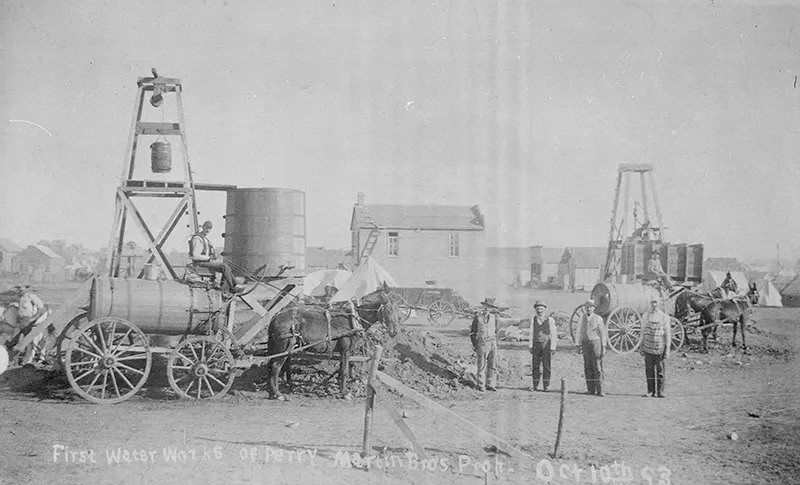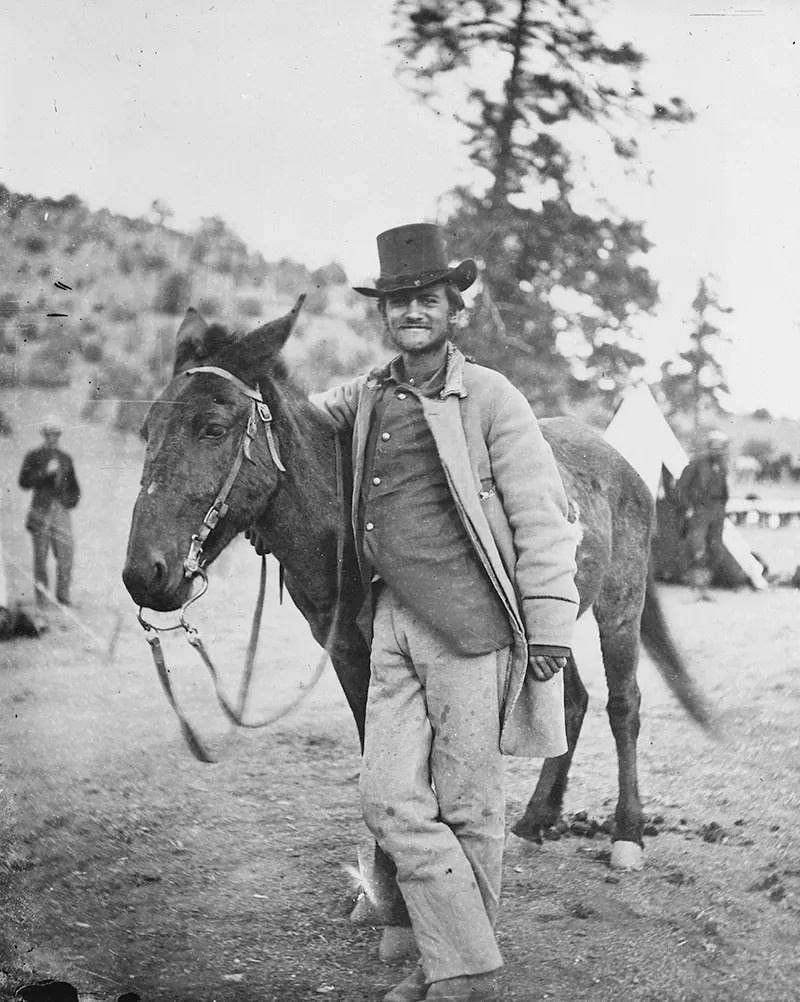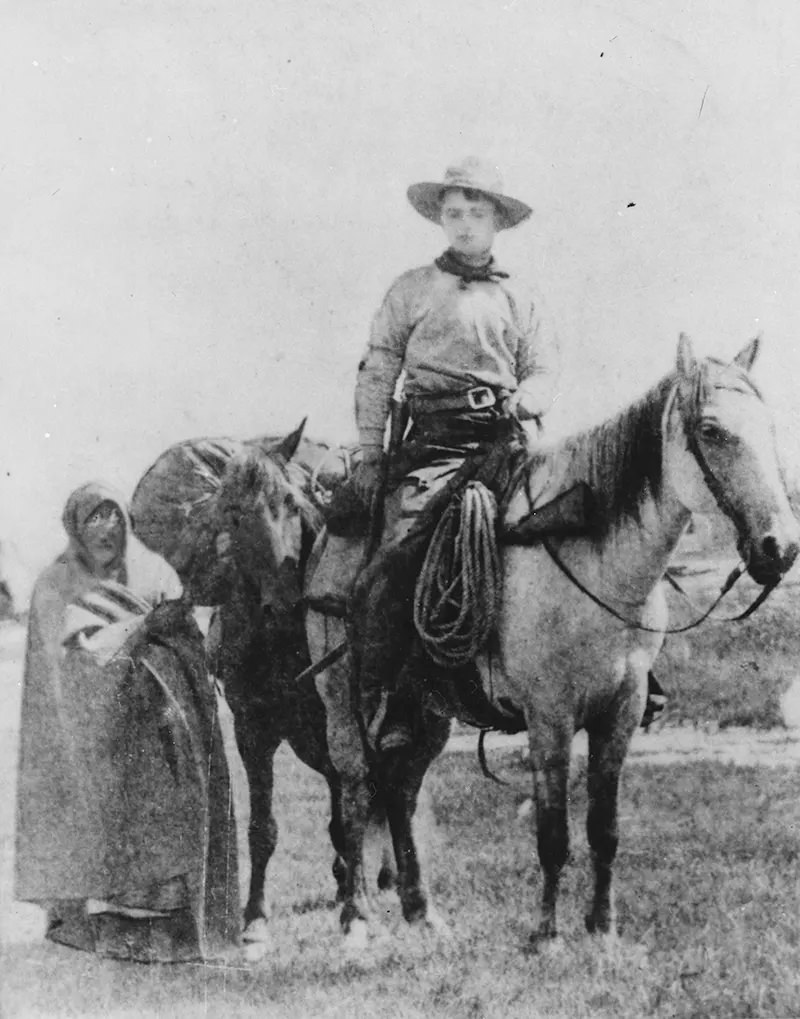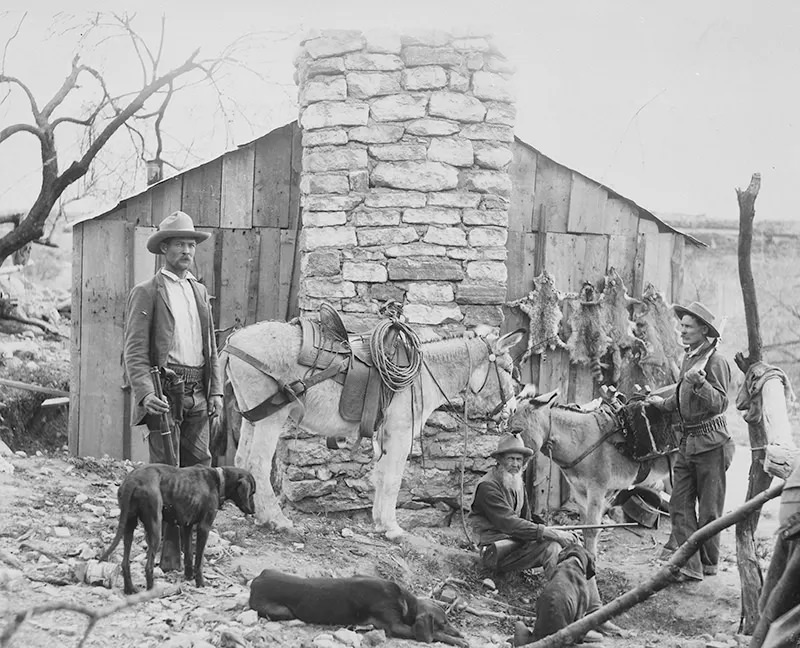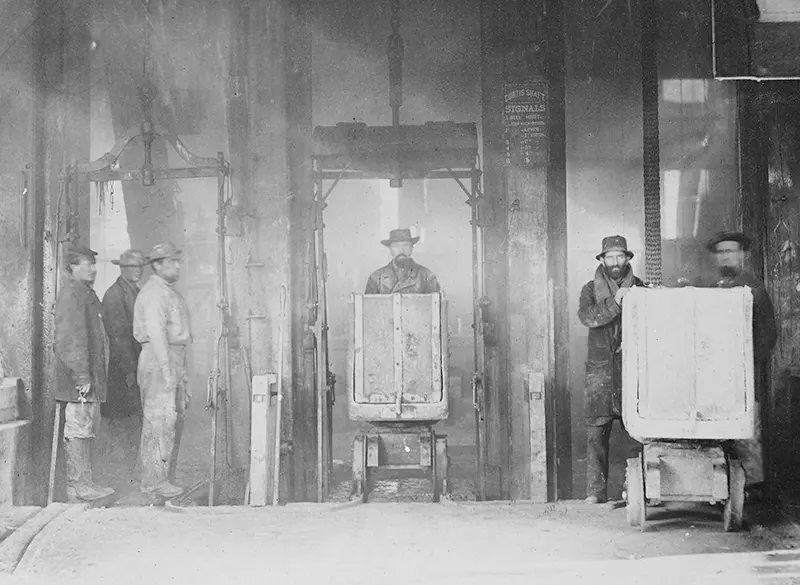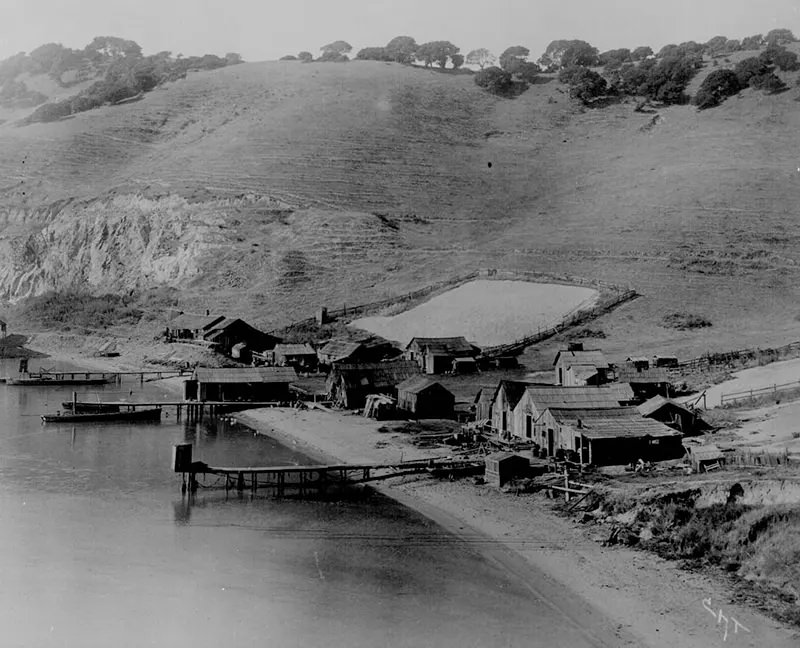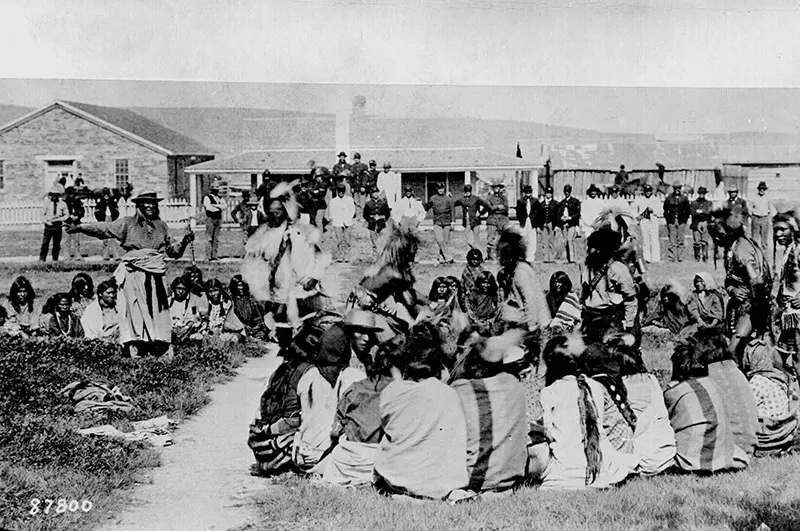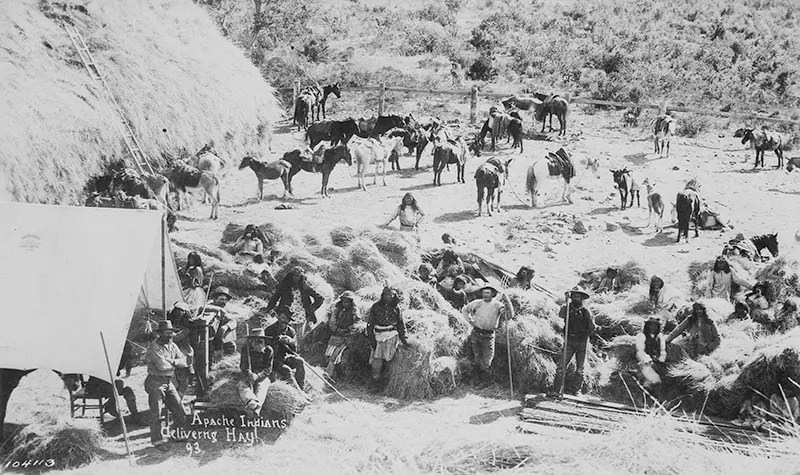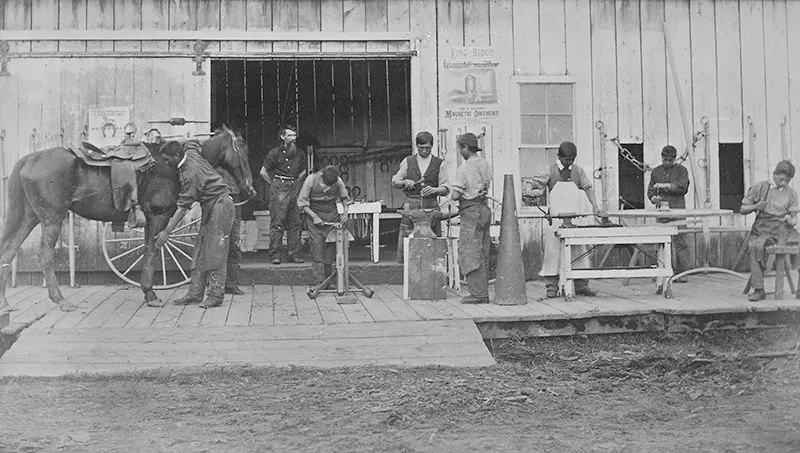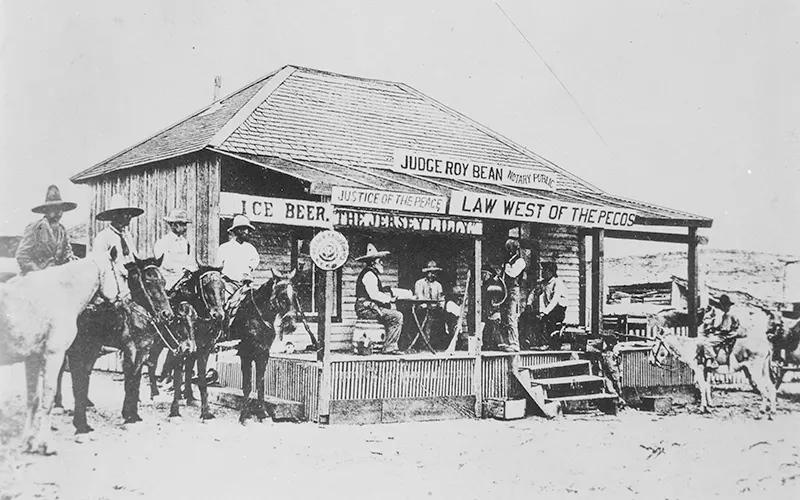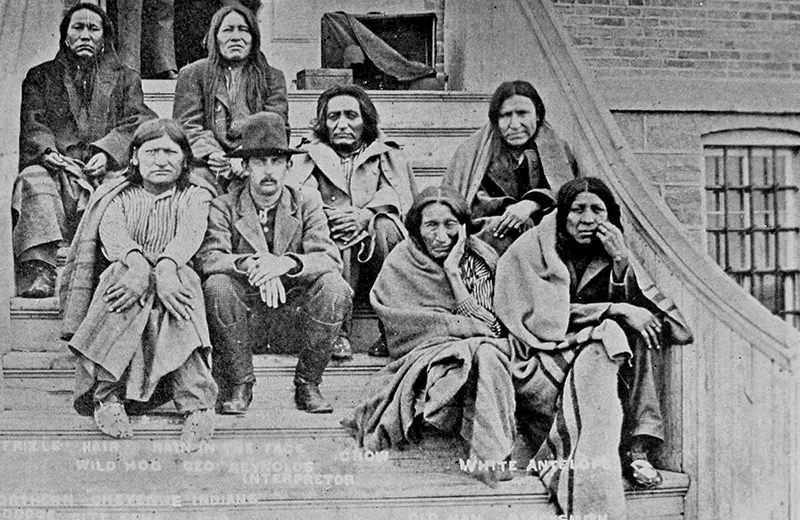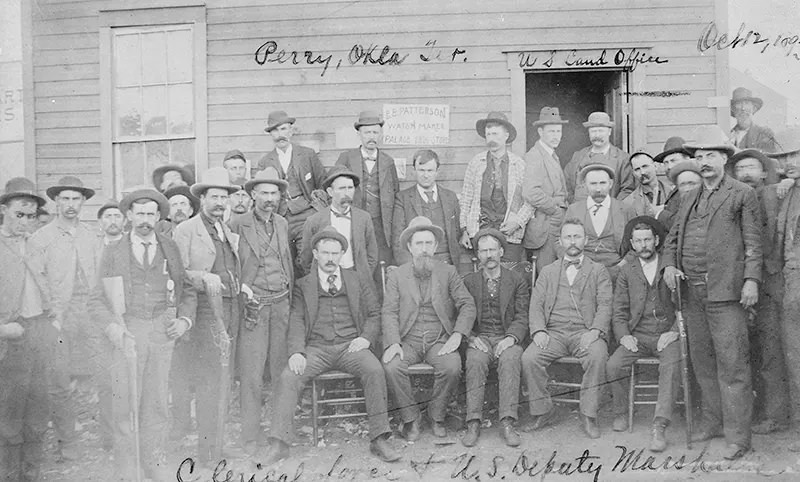The Wild West, also known as the American Frontier, was the period of American history between the 1870s and 1900s, characterized by the settling and development of the western territories of the United States. This period of American history was marked by westward expansion, the growth of cowboys and cattle drives, the rise of mining towns, and the displacement of Native American populations.
The Wild West began after the Civil War when the government started encouraging westward expansion through the Homestead Act of 1862. This act offered free land to anyone settling and developing it, which led to a large influx of settlers moving west. Many of these settlers were farmers and ranchers who established large farms and ranches, while others were miners who set up mining towns in search of gold and other valuable minerals.
The cowboy culture emerged during this time, as ranchers hired cowboys to drive cattle to market. Cowboys were a rugged and hardy group of men skilled in horseback riding, roping, and shooting. They were also known for their distinctive dress style, which included wide-brimmed hats, boots, and bandannas.
The Wild West was also a conflict between settlers and Native American populations. The government’s policy of westward expansion led to the displacement of many Native American tribes, who were forced to move to reservations. This often led to violent conflicts, such as the Battle of Little Bighorn and the Wounded Knee Massacre. Many towns and settlements were situated in remote areas, with little or no access to basic necessities such as food, water, and medical care. Additionally, the harsh weather and rugged terrain made life difficult for the pioneers who ventured into this vast, uncharted territory. One of the most significant issues facing the people of the Wild West was the constant threat of violence and crime. Outlaws, bandits, and other criminal elements preyed on settlers, stealing their possessions and sometimes taking lives. The lack of organized law enforcement meant that vigilantes or the U.S. military often meted out justice.
Local sheriffs and marshals often provided law enforcement in the Wild West, but there were also famous lawmen like Wyatt Earp, Wild Bill Hickok, and Billy the Kid. The Wild West was known for its outlaws and bandits, such as Jesse James, Butch Cassidy, and the Sundance Kid. Despite the harsh living conditions and the threat of violence, many people were drawn to the Wild West by the promise of adventure and the chance to start a new life. The period was also marked by the building of the transcontinental railroad, which connected the East and West coasts and made it easier for people to travel and settle in the West.
The Wild West era ended in the early 1900s, as the western territories became more settled and the government began to enforce laws and regulations. The cowboy culture also began to fade away as the cattle industry shifted to large-scale operations and the use of trains to transport cattle.
The Wild West era holds a certain romance and mystique in American culture and history, with stories, movies and TV shows that depict the life and times of the cowboys, outlaws, and settlers who lived during this time.
#1 A snapshot photograph of a group of mounted Native Americans, taken by an unknown photographer in about 1905.
#2 Cowboys and bar girls whoop it up in a still from an old silent Western.
#3 Atsina men on a hill with their horses, 1908
#4 Pawnee Tipi, or tepee. The Pawnee Nation are native to present day Nebraska and Northern Kansas. Tipis were only used when travelling, as an alternative to the usual earth villages, 1907
#5 Dakota man, wearing war bonnet, sitting on horseback, his left hand outstretched toward tipi in background, others on horseback, 1970
#6 Several Dakota men on horseback riding in a circle around a tipi, 1907
#7 Dakota Indians on horseback on plains, 1907
#8 Two daughters of a chief on horseback, riding away from camera toward tents in background, 1907
#9 Crow men on horseback apparently involved in an exchange, 1905
#10 Men and pack animals gathered outside Jicarilla tipi., 1905
#11 Three Cheyenne warriors on horseback., 1905
#12 Upshaw, Which Way, and unidentified Indian on horseback, 1905
#13 Packs The Hat and Which Way, two Crow Indians on horseback, Montana, 1905
#14 Three Navajo Indians on horseback make their way over hilly terrain, 1905
#15 Rear view of Navajo Indians on horseback making their way over the sparse, dry, grassy floor of Tesacod Canyon, 1905
#16 Hopi adults gather outside doorway, children on roof, dogs and horse in foreground, 1905
#17 Three Sioux Indians on horseback facing front by pond on plains, 1905
#18 Two native American men mounted on horses, gazing off into the distance, 1904
#19 Three Navajos with horses, gathered before mound of rocks and vegetation, 1904
#20 Three Apaches, one with a child, with horses laden with water jugs, a colt, and a dog stopped beside a stream, 1903
#21 William S Hart interpreting a cowboy at the Roulette table.
#22 Trick Shooting. Annie Oakley, champion trick shot of grandpa’s day.
#23 A group of cooks who travel with the Pawnee Bill Wild West Show display their wares for a photographer around 1900 during a tour of France, 1900
#24 Six tribal leaders (l to r) Little Plume (Piegan), Buckskin Charley (Ute), Geronimo (Chiricahua Apache), Quanah Parker (Comanche), Hollow Horn Bear, 1900
#25 Three Piegan men on horseback in open grassland near pond, 1900
#26 Army Cadets Lift Large Artillery Piece from a Horse as part of their training under the watchful eye of mounted Instructors, 1900
#27 Wild West Polo Played by Cowboys on Horses at Coney Island, 1900
#28 Horses, carriages, and pedestrians are seen as one looks West along the shops which line unpaved Flagler Street, Miami, Florida, circa 1900.
#29 William ‘Buffalo Bill’ Cody (1846 – 1917) American entertainer, sitting on horseback and holding a rifle, looks off into the distance as British and American flags fly around him. Tents for his Wild West show are in the background.
#30 Target shooter Annie Oakley, star of Buffalo Bill’s Wild West show, is shown holding a rifle.
#31 Calamity Jane, born Martha Jane Canary, photographed in 1895. She was an American frontierswoman and professional scout, a native American fighter, prostitute and possibly the wife of Wild Bill Hickok, also appearing in Buffalo Bill’s Wild West Show, 1895
#32 A photograph shows three Native American men riding horses during Buffalo Bill’s Wild West Show, United States, late 19th century. They race down a road in a rural town.
#33 Buck Taylor, self-styled ‘King of the Cowboys’, wearing his Wild West showman’s clothing
#34 A view of Ellis Island in New York Bay, run by the US Immigration Service. Between 1892 and 1954 over 20 million immigrants to the USA passed through it on their way to a new life.
#35 A photograph of North Pond, looking westward at the World’s Columbian Exposition in Chicago, Illinois, 1893.
#36 Street scene in Guthrie, Oklahoma, USA, circa April 1893.
#37 Gordon W. Lillie, aka Pawnee Bill, “Buffalo” Bill Cody, and Charles Jones, aka “Buffalo Jones”, sit for a portrait.
#38 Annie Oakley in a Wild-West-Schau – she shoots with the help of a pocket mirror – undated.
#39 Judge Isaac C Parker, the ‘Hanging Judge’, in his later years, 1890s
#40 Three Iowa Native Americans pose in a studio with all their finest accouterments for a photo.
#41 Wagons on the prairie, late 19th century: ‘Round up wagons, climbing a hill, the pilot in front.
#42 Cowboy on a horse, looking towards the camera, United States, 1890.
#43 Roping and changing scene at Camp on round up on Cheyenne River, United States, circa 1890: Rear view of three cowboys roping a herd of horses.
#44 Mess scene on “round up”, United States, 1890: Cowboys eating near chuck wagon; small groups of horses and cattle in campsite.
#45 Tallyho Coaching. Sioux City party Coaching at the Great Hot Springs of Dakota, United States, 1890: Horse-drawn stagecoach carrying formally dressed women, children, and men.
#46 The last Deadwood Coach, United States, circa 1890: Last trip of the famous Deadwood Coach.
#47 Deadwood Coach, United States, circa 1890.
#48 Hot Springs Bath House, United States, circa 1890: Exterior view of largest plunge bath house in U.S. on F.E. and M.V. Railway; Large building with several horses and carriages in front.
#49 Deadwood Street Parade, United States, circa 1890.
#50 Publicity portrait of Annie Oakley & Texas Bill, late 1800s: American sharpshooter Annie Oakley (1860 – 1926) poses with one knee on a haybale and a shotgun on her hand, while Texas Bill Shufflebottom sits on a haybale with a lasso over his knee. The photograph was used to advertise her performances with Buffalo Bill’s Wild West Show.
#51 A young cowboy, circa 1890: A young member of Buffalo Bill’s Wild West Show.
#52 Selling the Wild West, circa 1890: Male employees gathered around a wagon that serves as the ticket office for the Buffalo Bill’s Wild West show.
#53 Philadelphia Street, circa 1890: Chestnut Street in Philadelphia, Pennsylvania which runs west from the Delaware River to the western limit of the town and is named after a tree growing in the state.
#54 Miss Hickok, Champion Equestrienne of the World, 1889: Emma Lake, the daughter of Agnes Thatcher Lake who married Wild Bill Hickok, the famed gunfighter and lawman of the American Old West, part of ‘Buffalo Bill Cody’s Wild West’
#55 Old West Deadwood Stagecoach by John CH Grabill, 1899
#56 Omaha Board of Trade in Mountains near Deadwood, United States, April 26, 1889
#57 Railroad Camp, United States: Railroad workers entertain visitors during happy hour at a railroad camp alongside a construction route in South Dakota.
#58 Blackfoot Brave, Montana, 1887: A young Native American warrior of the Blackfoot tribe stands in traditional clothing with a rifle in the entryway to his teepee home.
#59 Blackfoot Camp, Blackfeet Indian Reservation, Montana, 1887: A group of horses graze in the foreground as a Blackfoot Indian encampment spreads into the background behind them. Text reads ‘Indian Camp, Blackfoot Reserve.’
#60 Annie Oakley, 1887: American sharpshooter and rodeo star Annie Oakley (1860 – 1926)
#61 Buffalo Bill, 1885
#62 Settlement, 1885
#63 Portrait of Cowboy Buck Taylor, “King of the Cowboys.” First cowboy to join the Cody & Carver Wild West Show, in May 1883.
#64 Buffalo Bill Cody’s Wild West Troupe, USA: Cody’s Original Wild West Show.
#65 Pat Garrett, James Brent and John W Poe, sheriffs of Lincoln County, 1880-1882
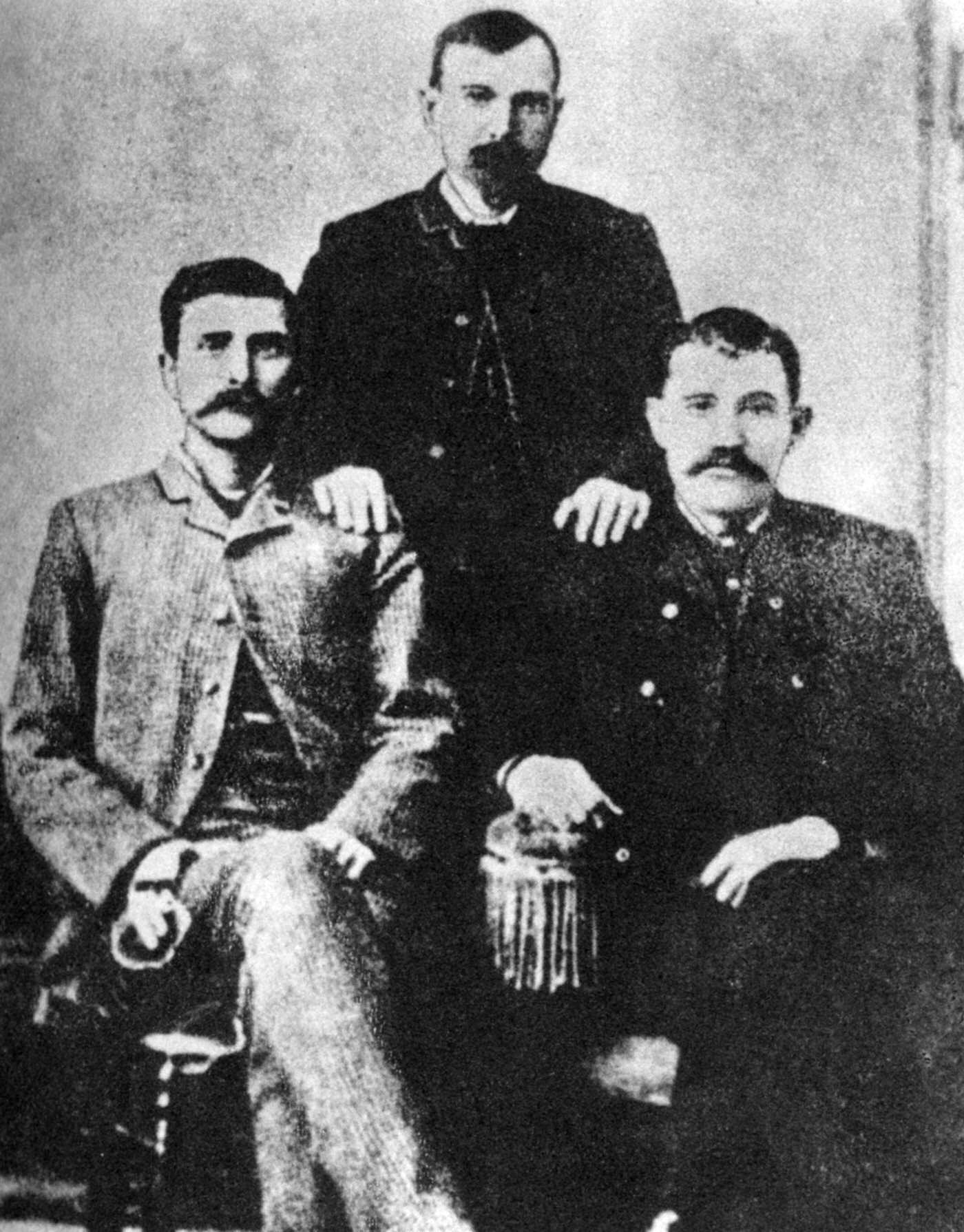
Lincoln County in New Mexico was the scene in 1877-1881 of a violent conflict between cattle ranchers and merchants in which the outlaw and gunman Billy the Kid was a prominent participant. Pat Garrett (left) was elected sheriff of Lincoln County in 1880 and charged with tracking down and arresting the Kid, which he succeeded in doing after a shootout. Billy escaped from custody and in 1882 was shot and killed by Garrett in Fort Sumner, New Mexico. Poe (right), who had been Garrett's deputy, succeeded him as sheriff in 1882 and Brent in turn was elected to the post in 1885.


